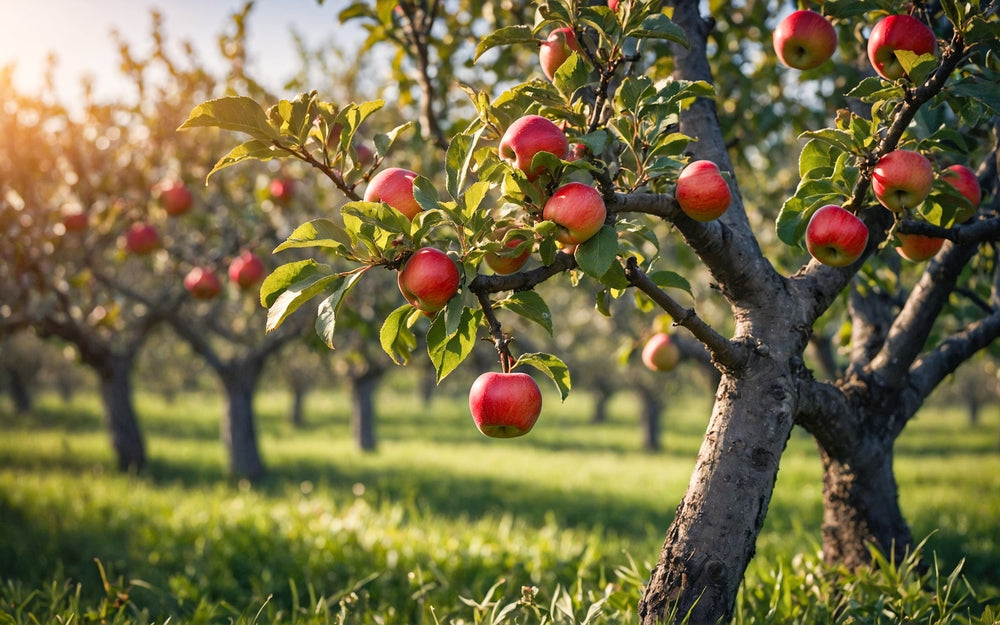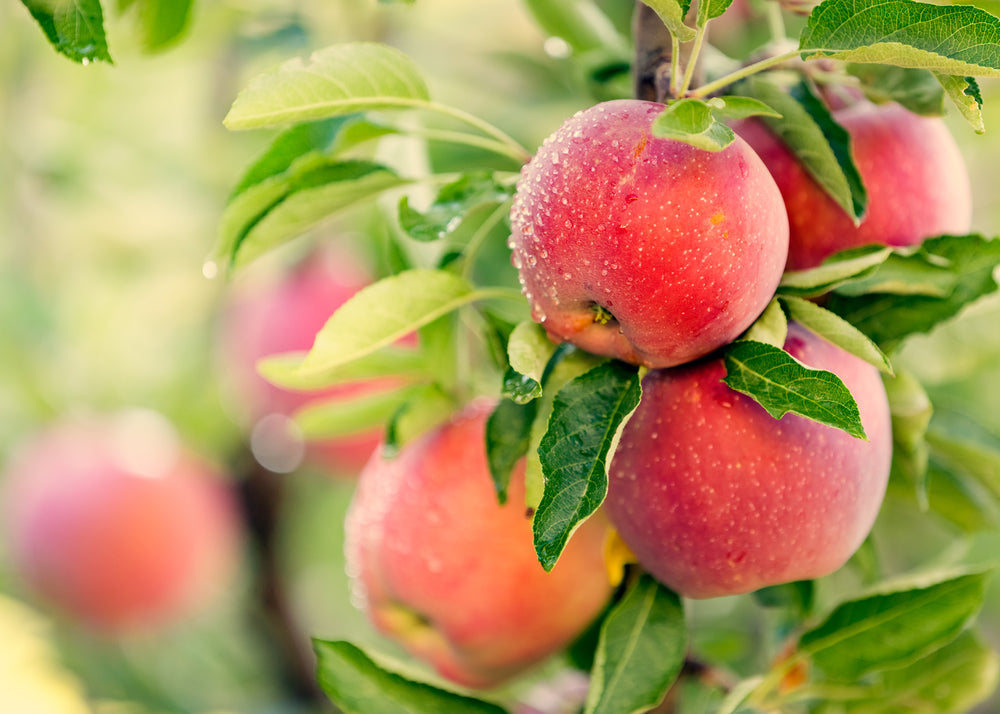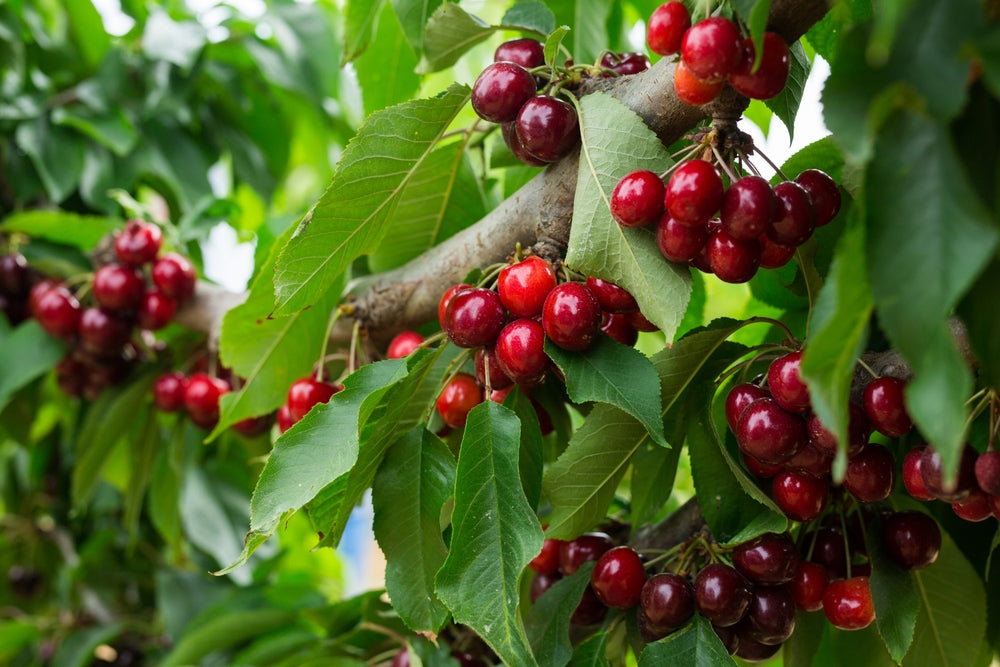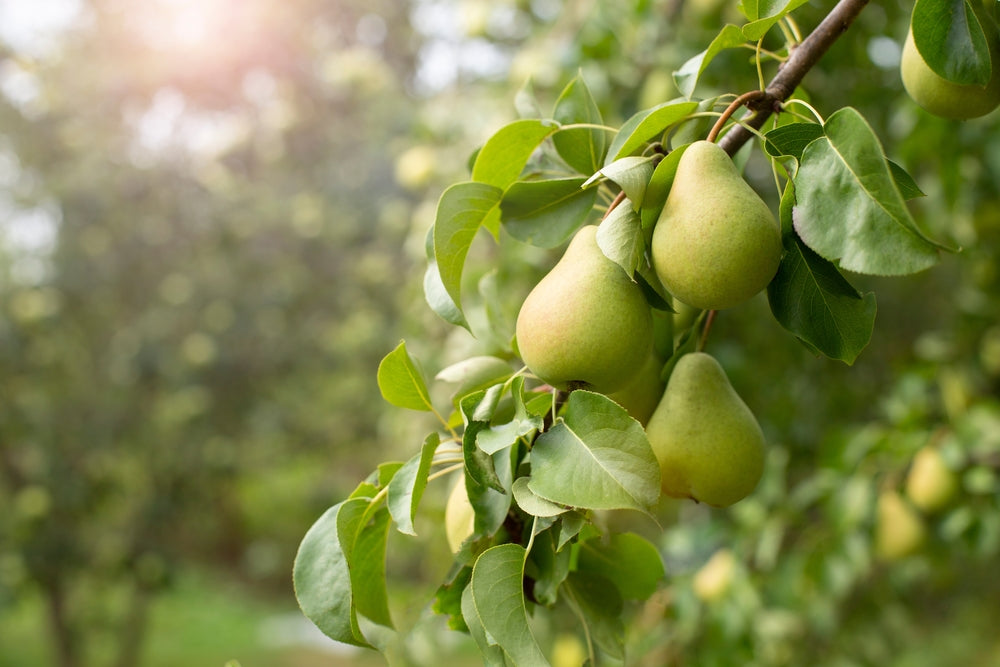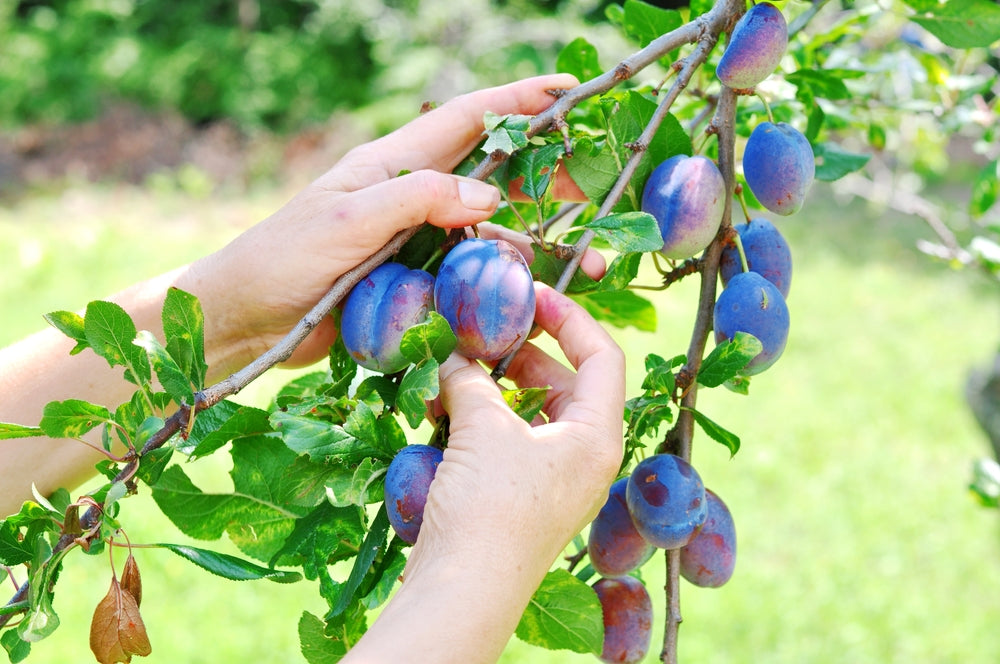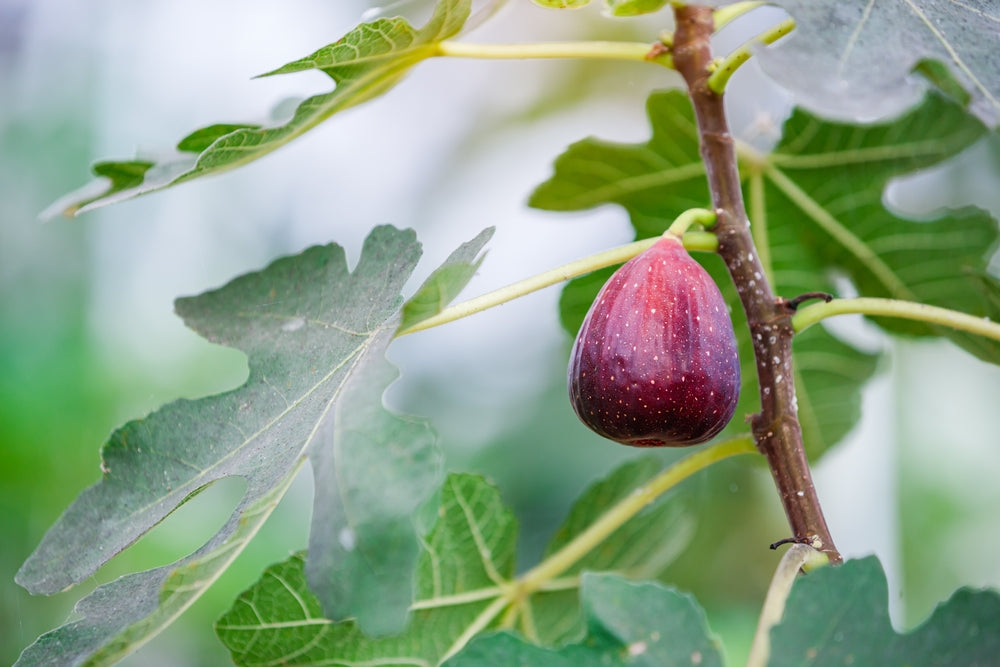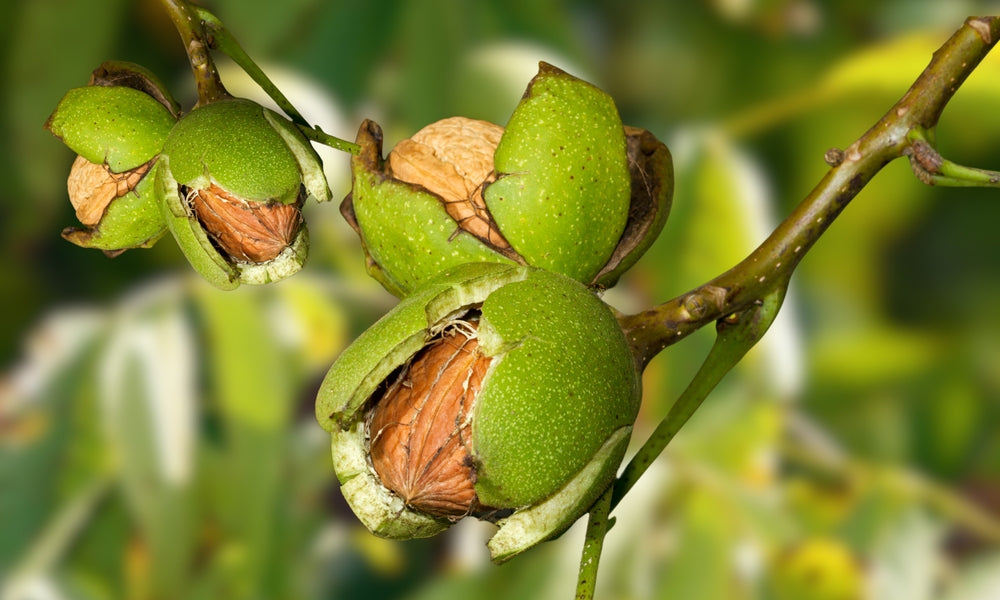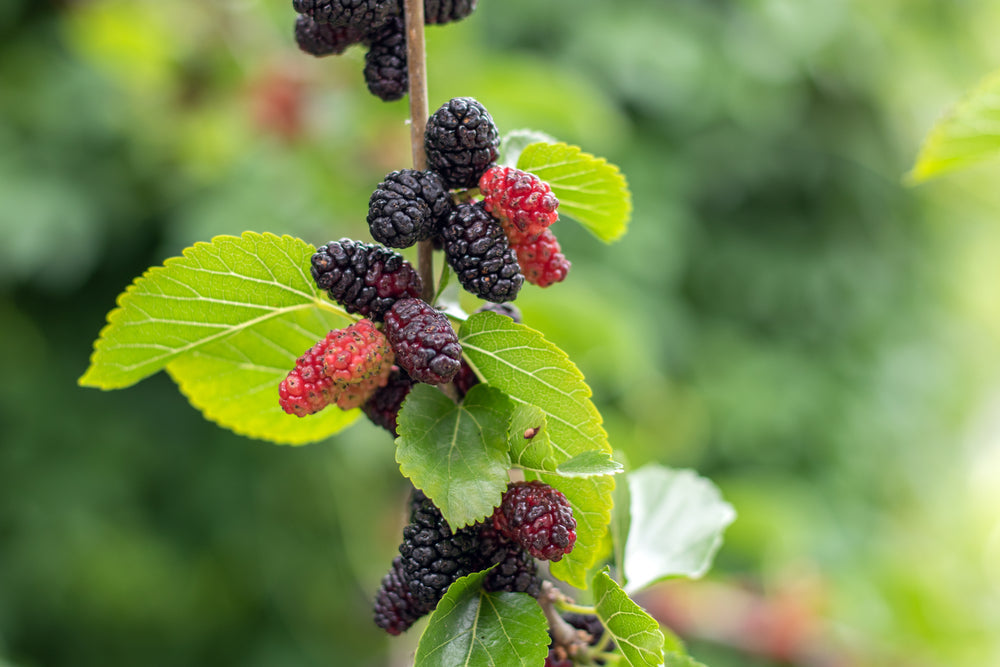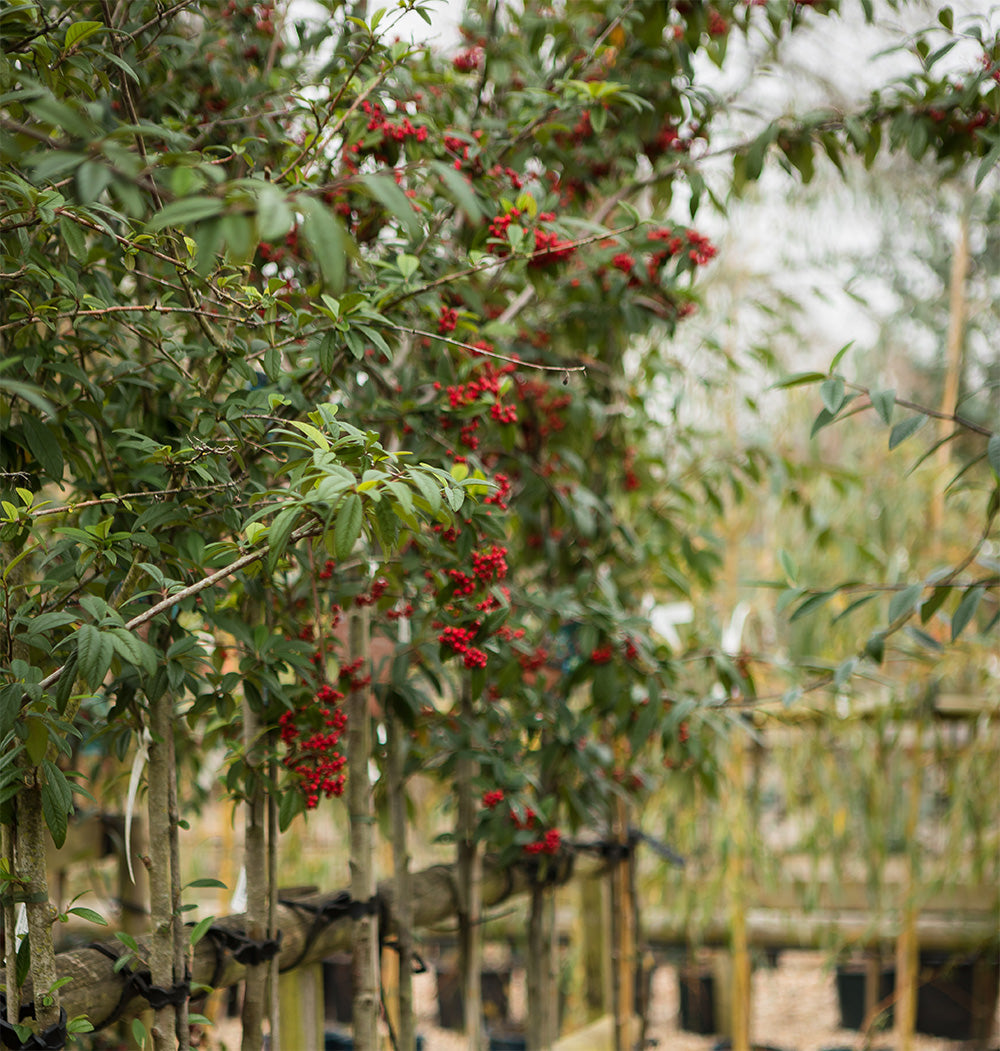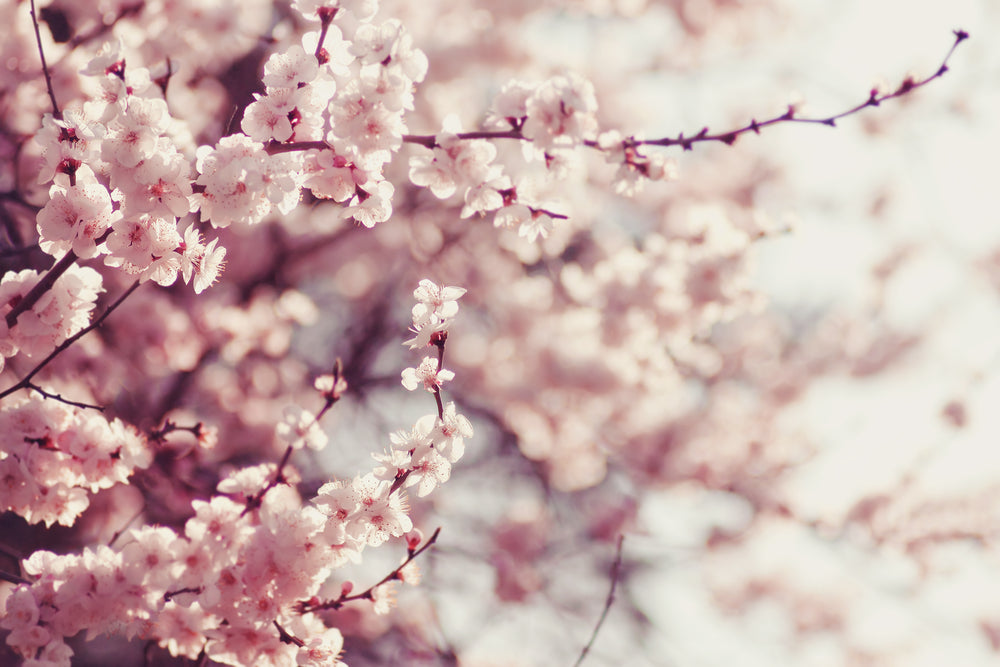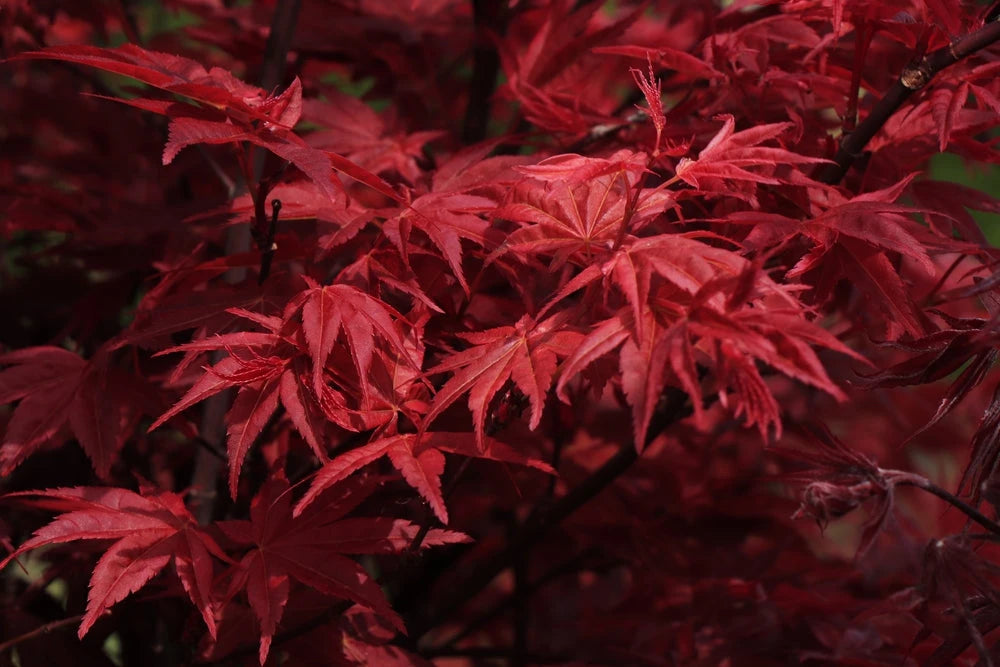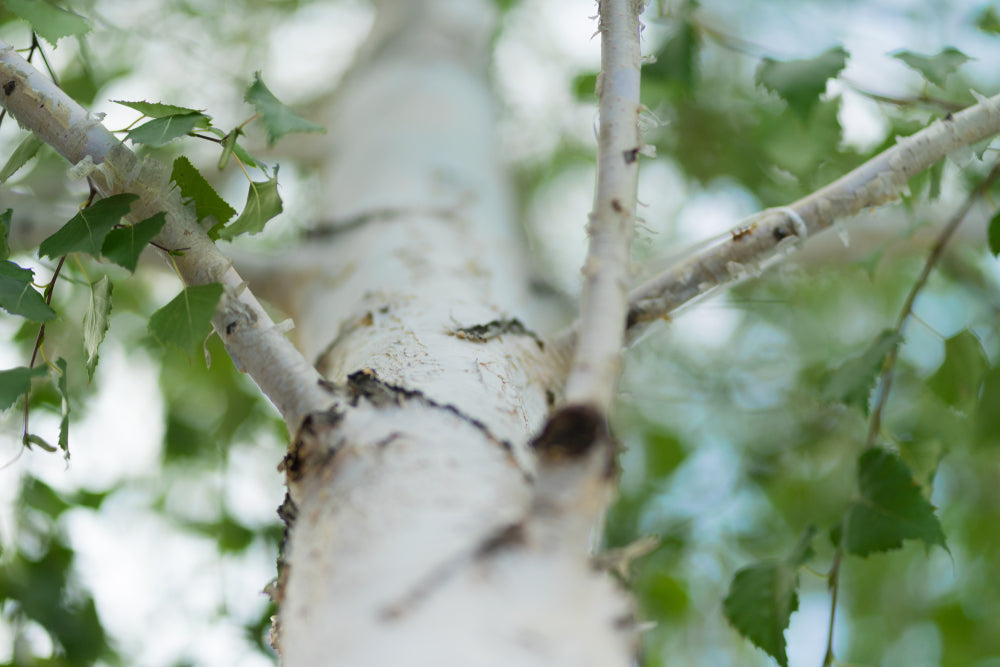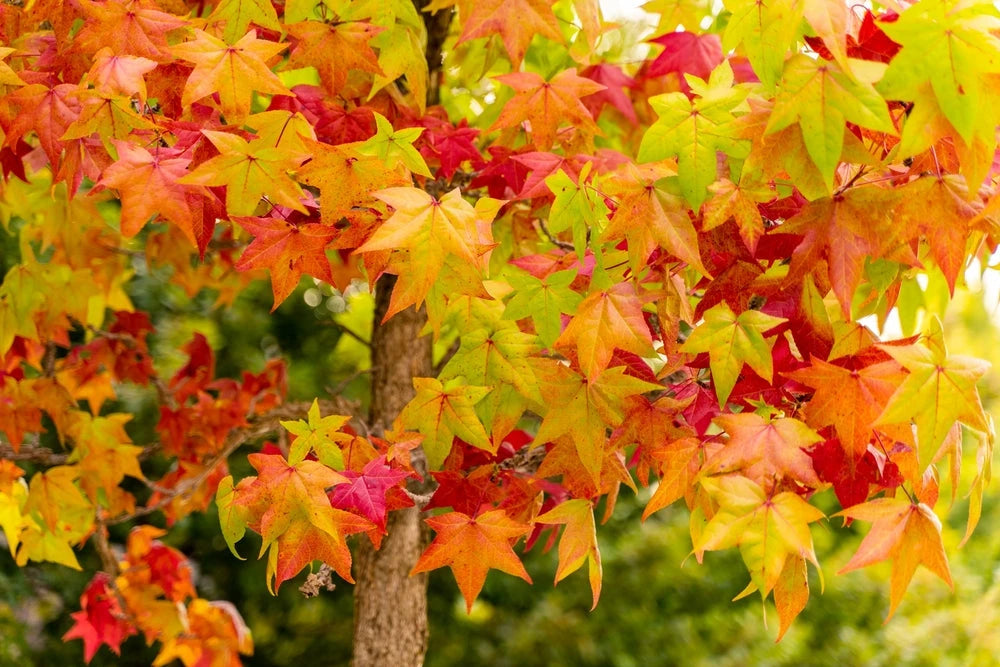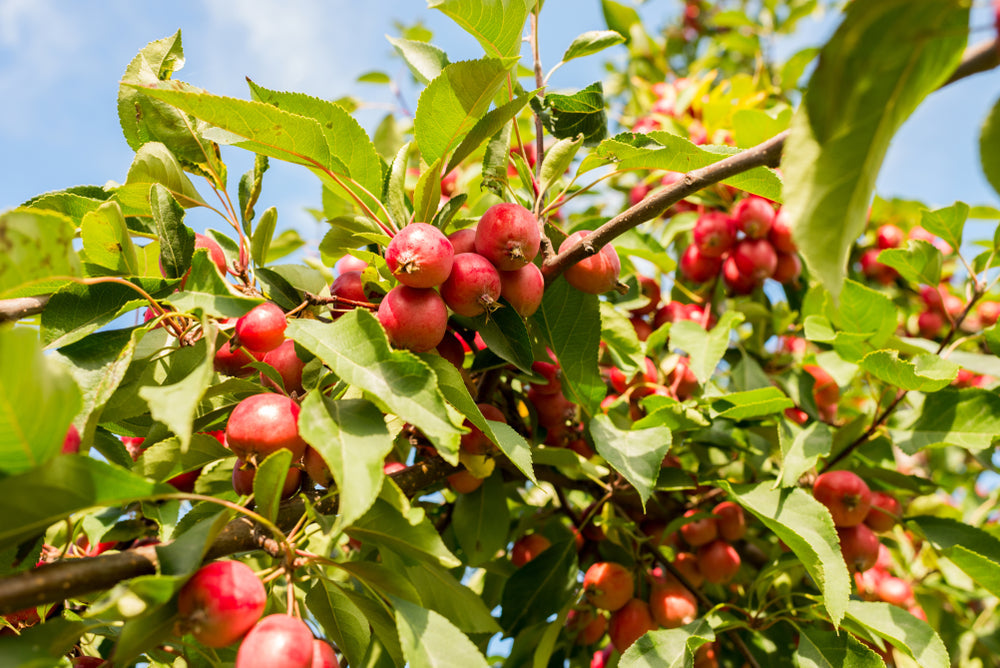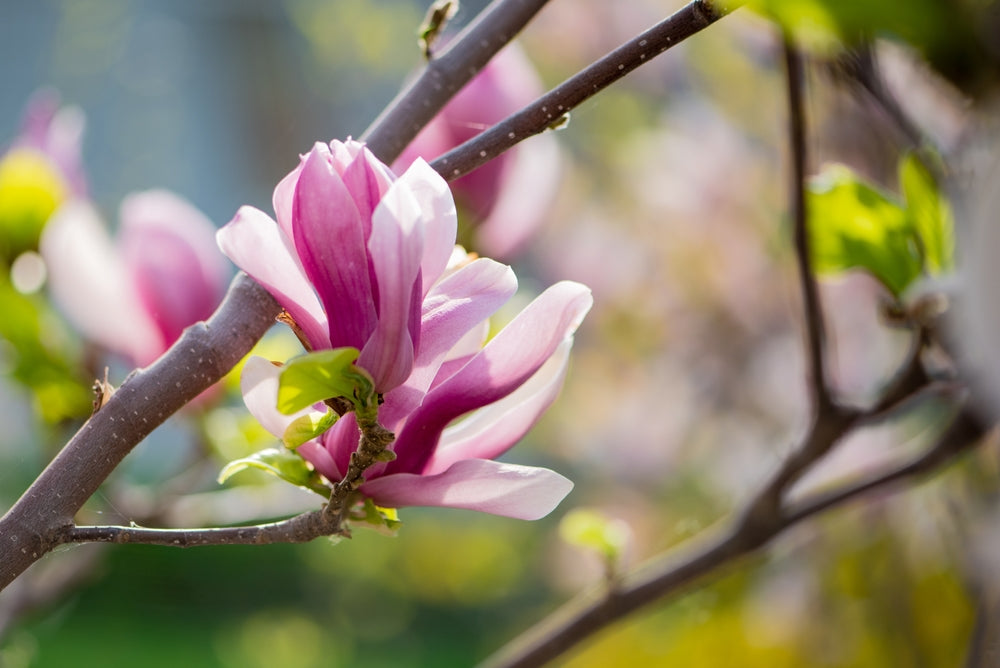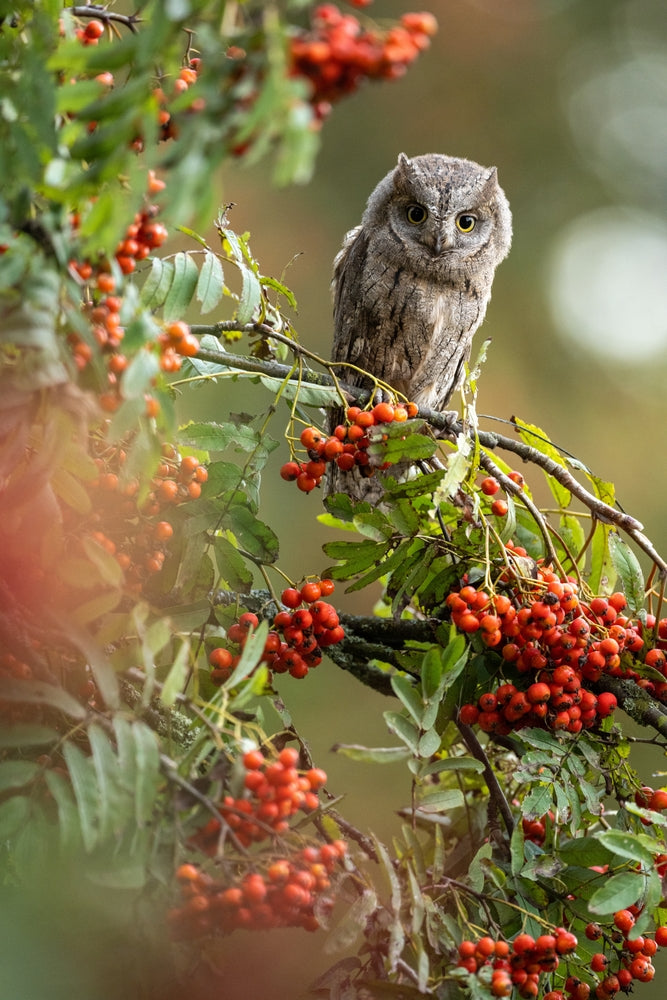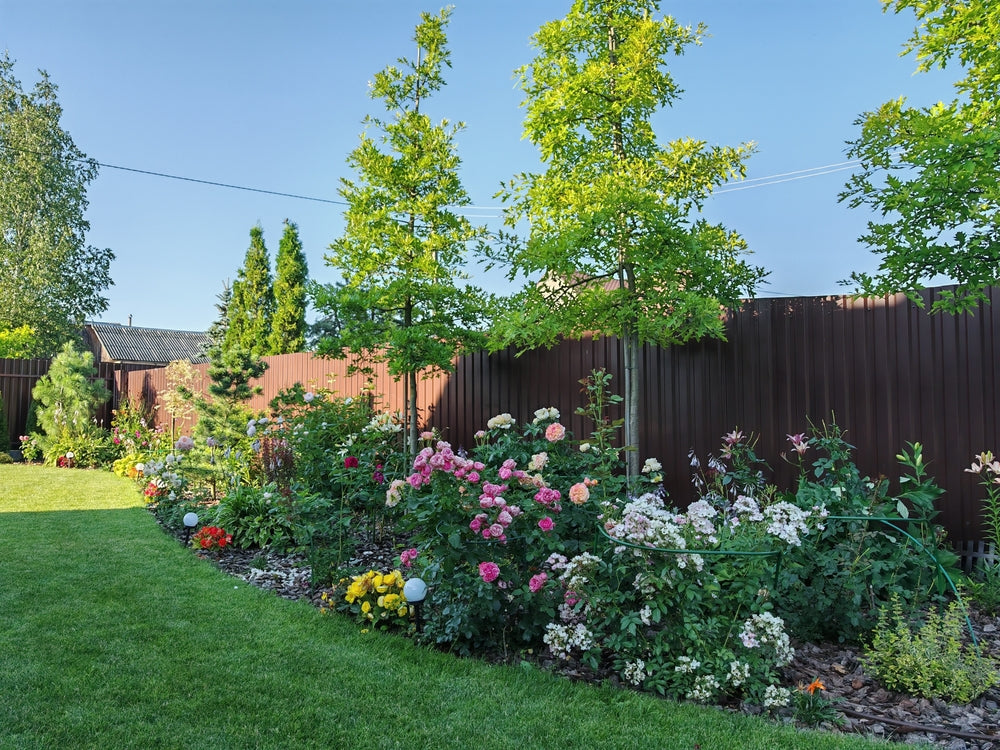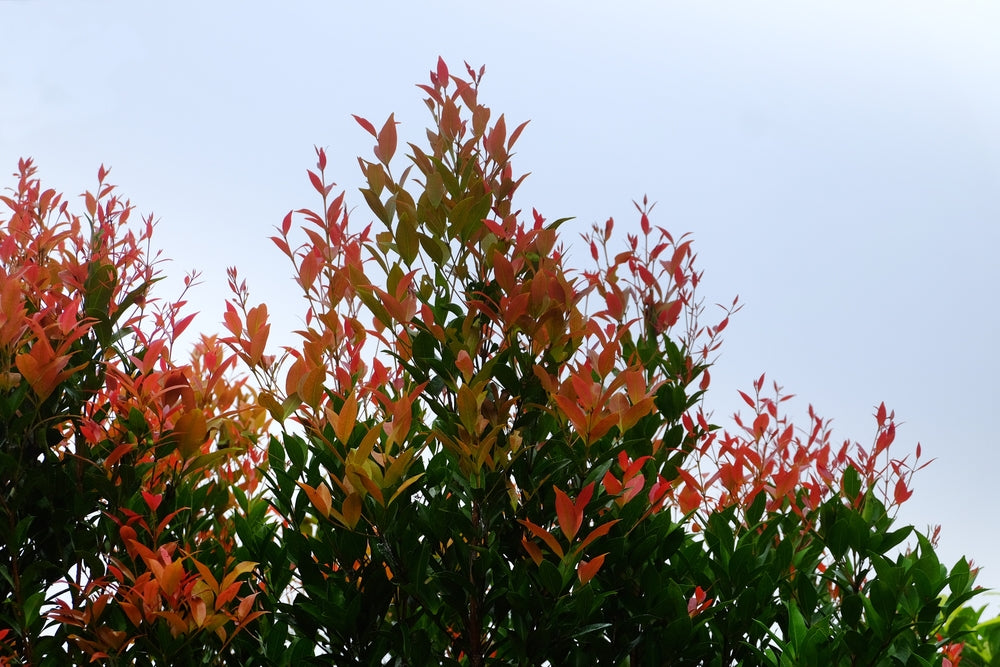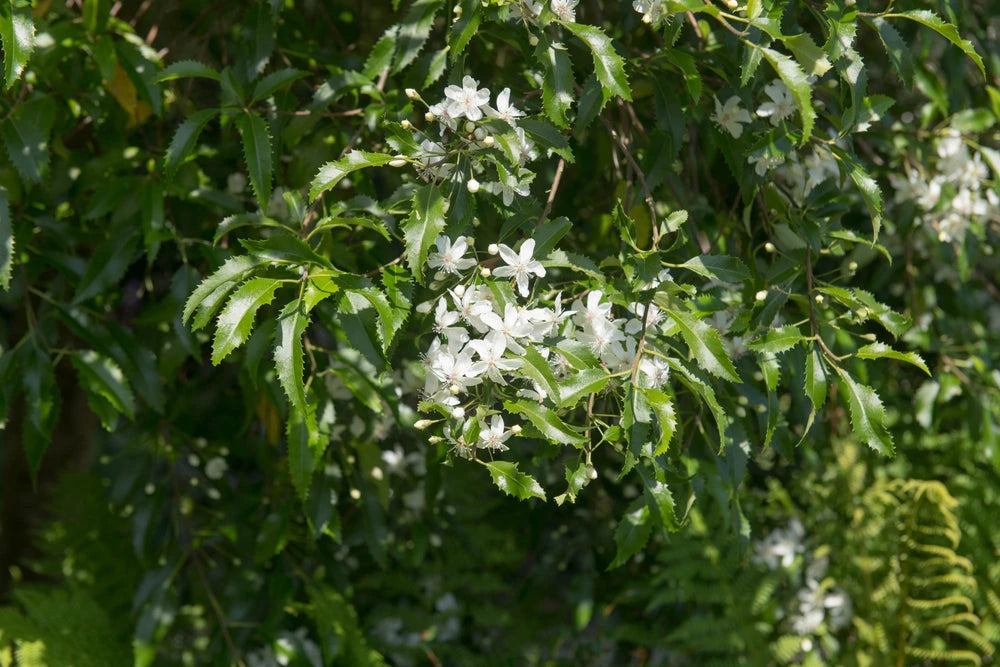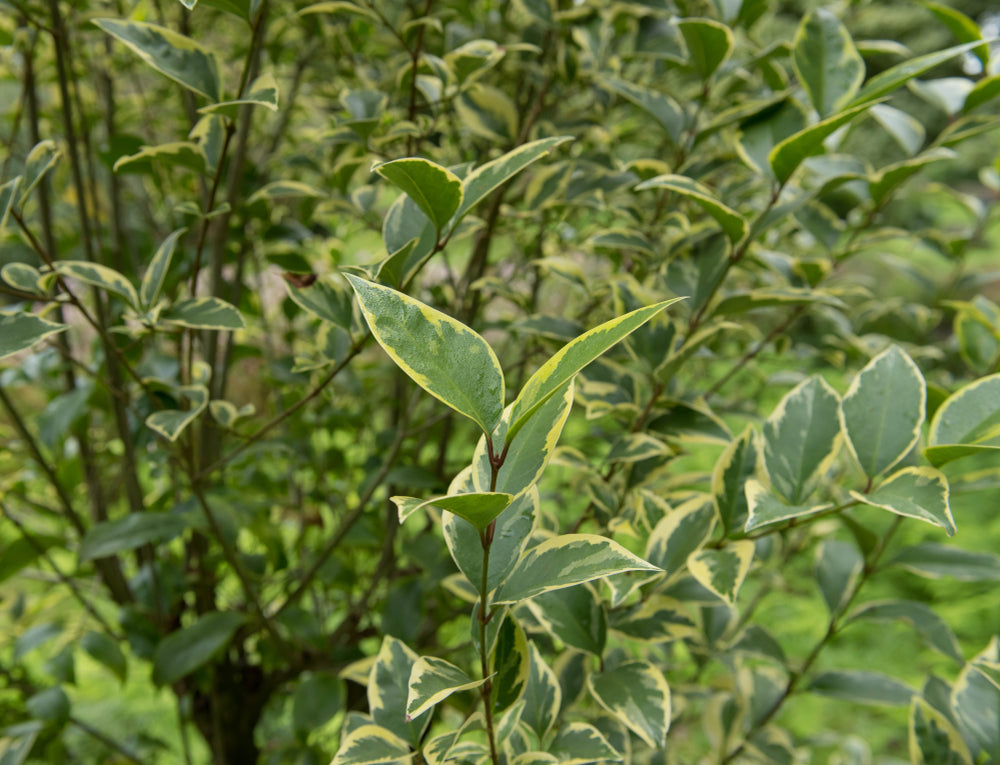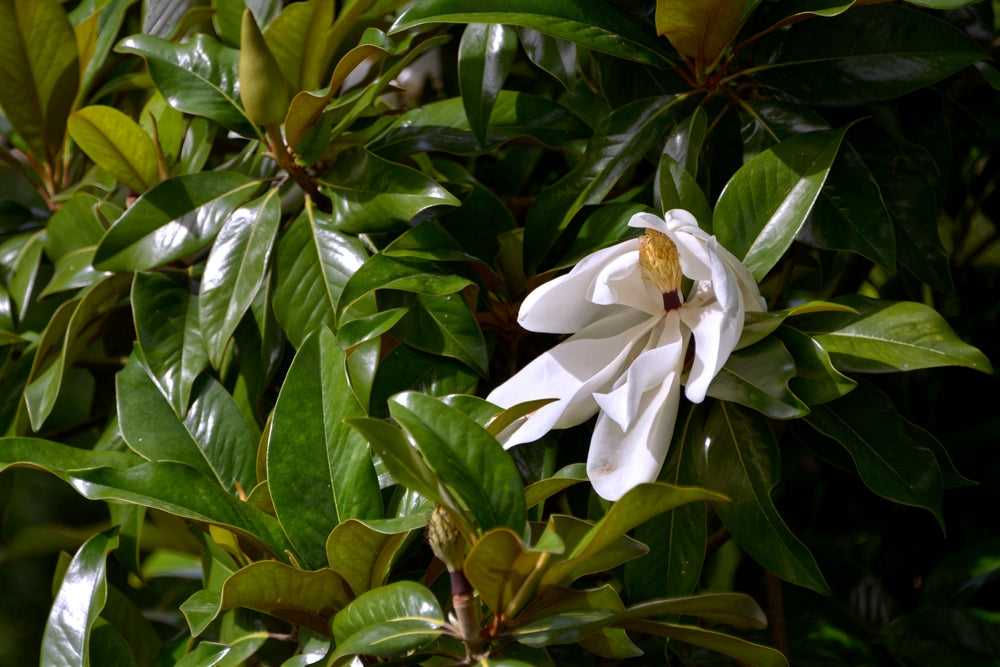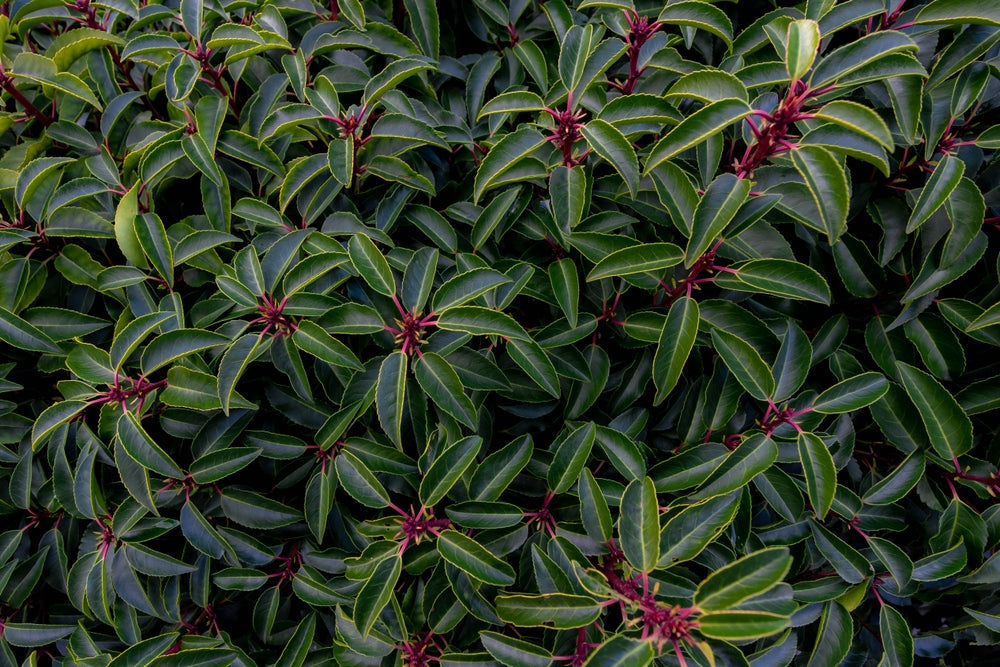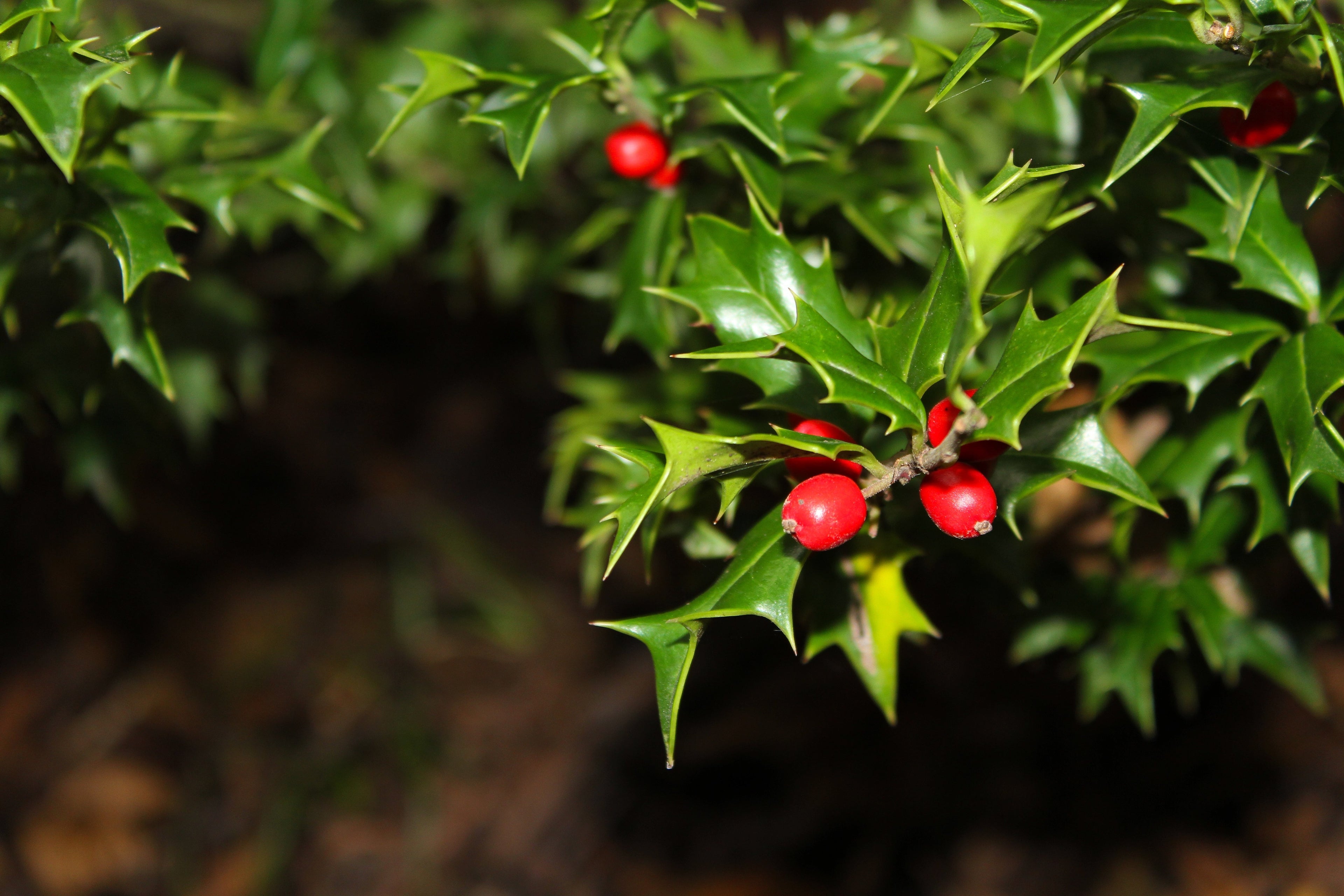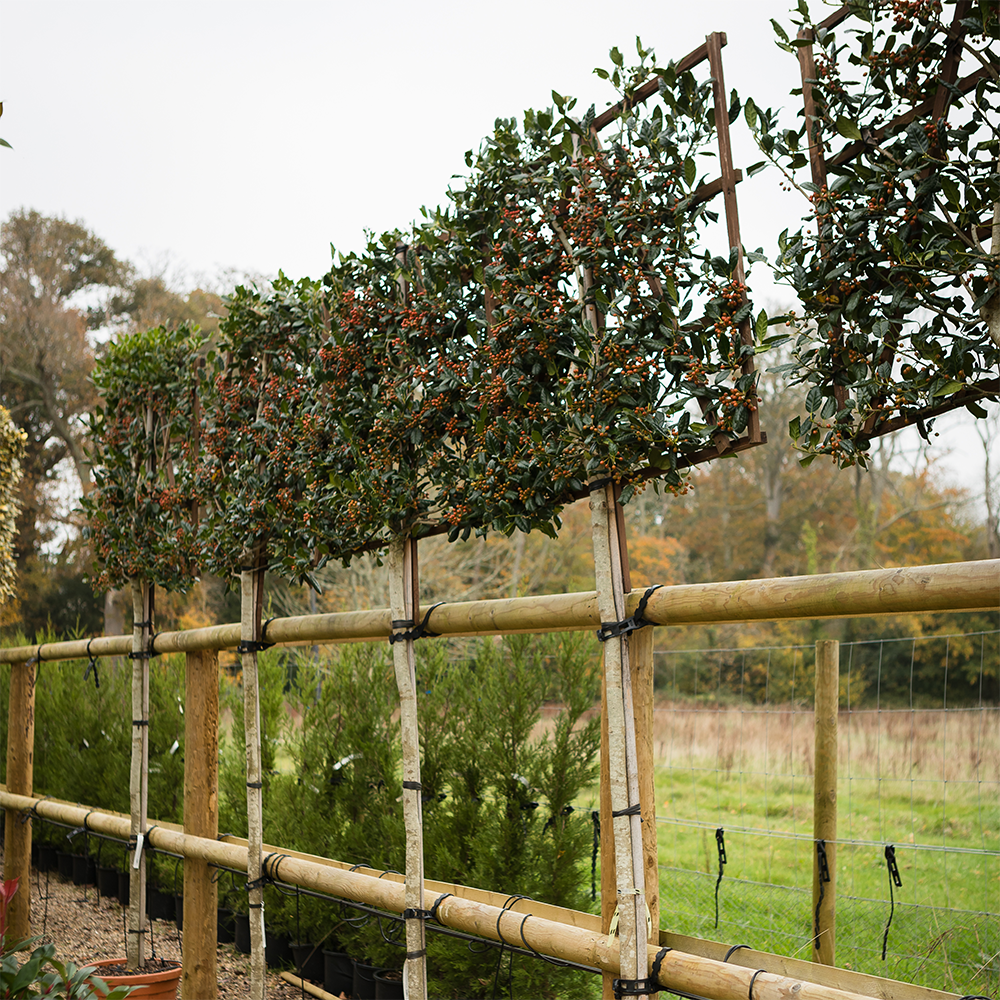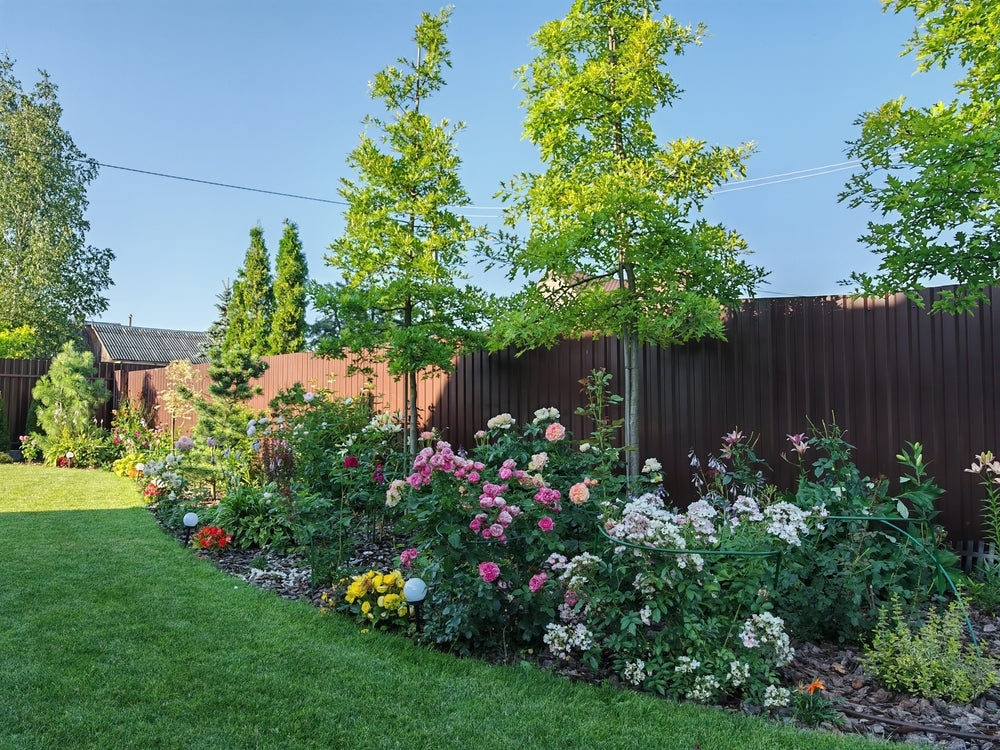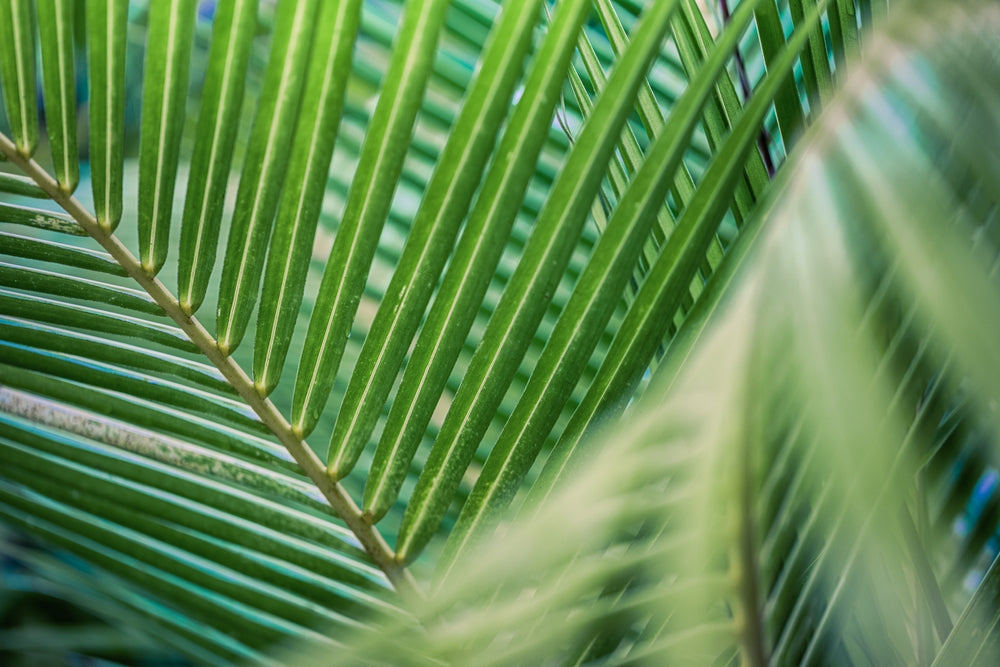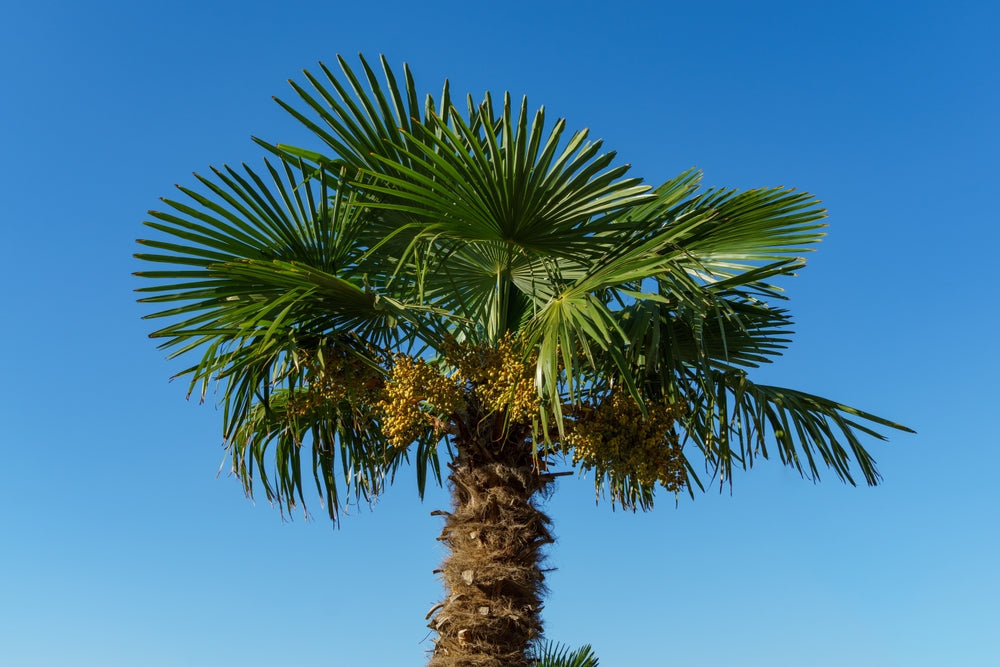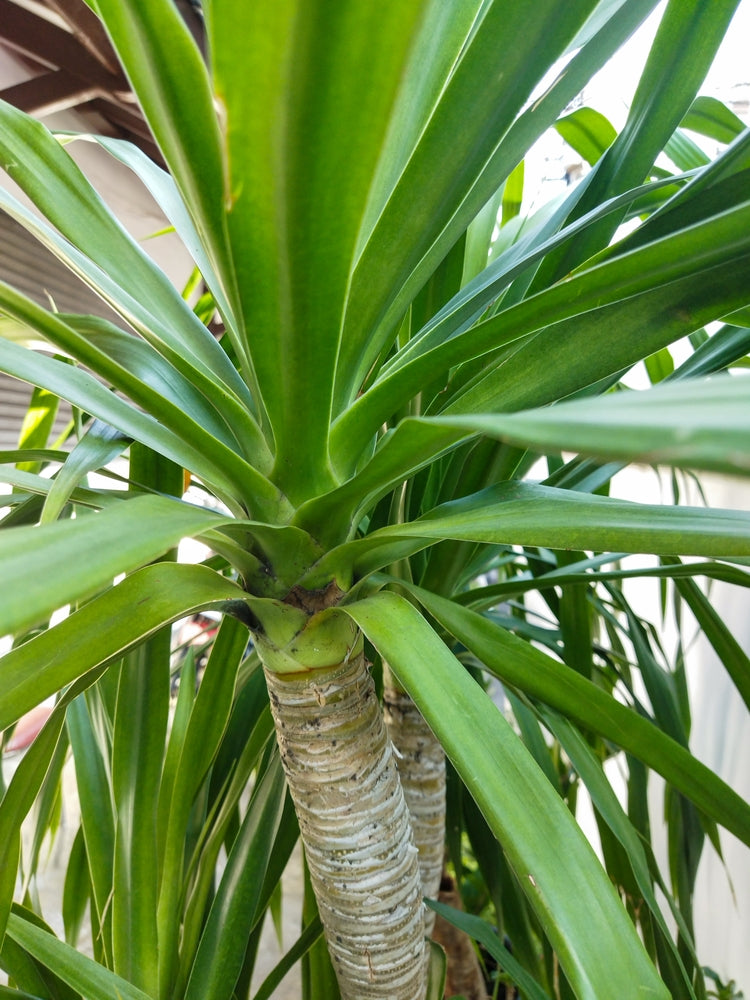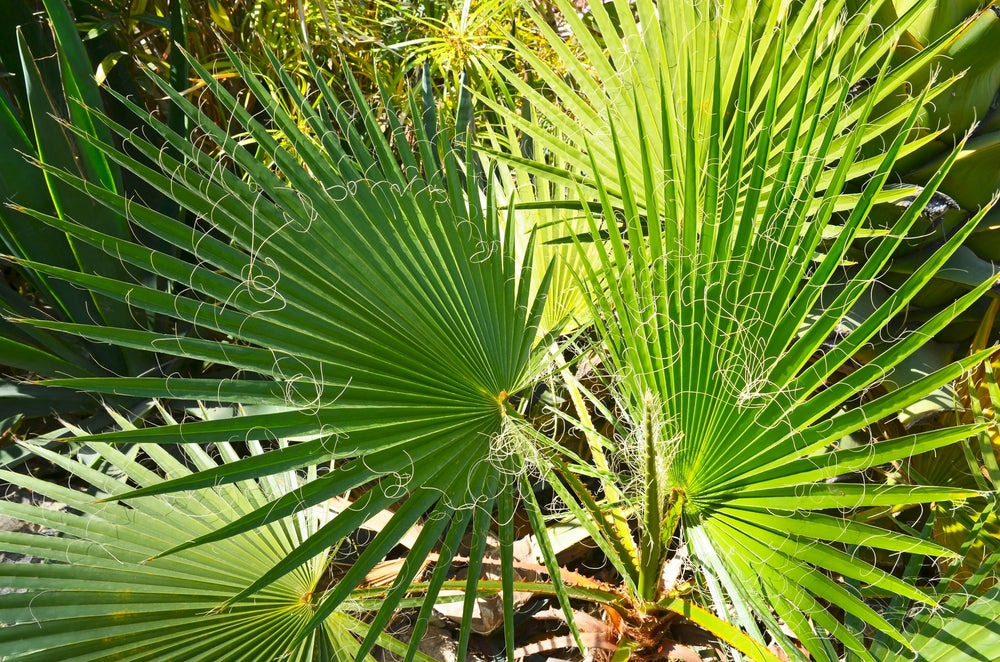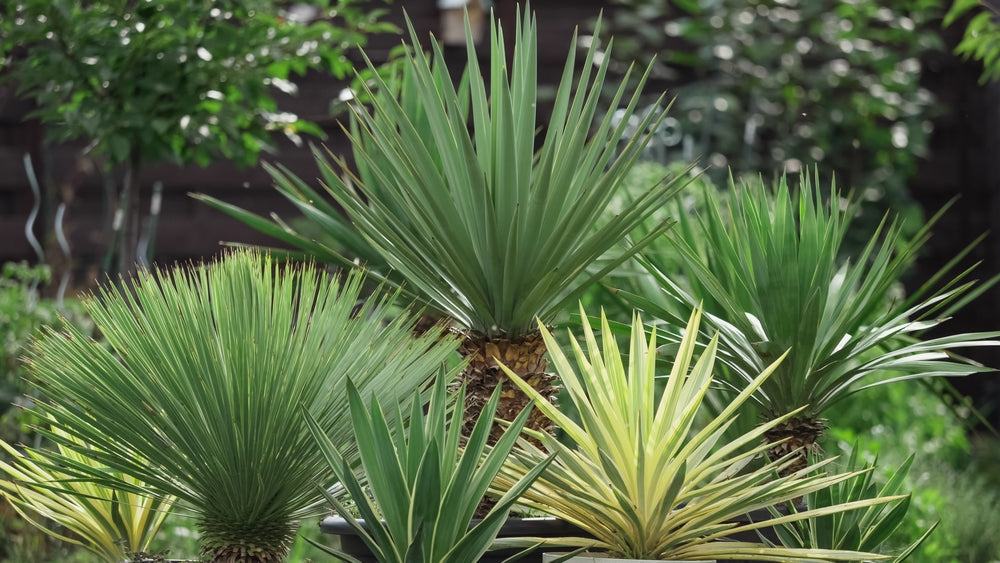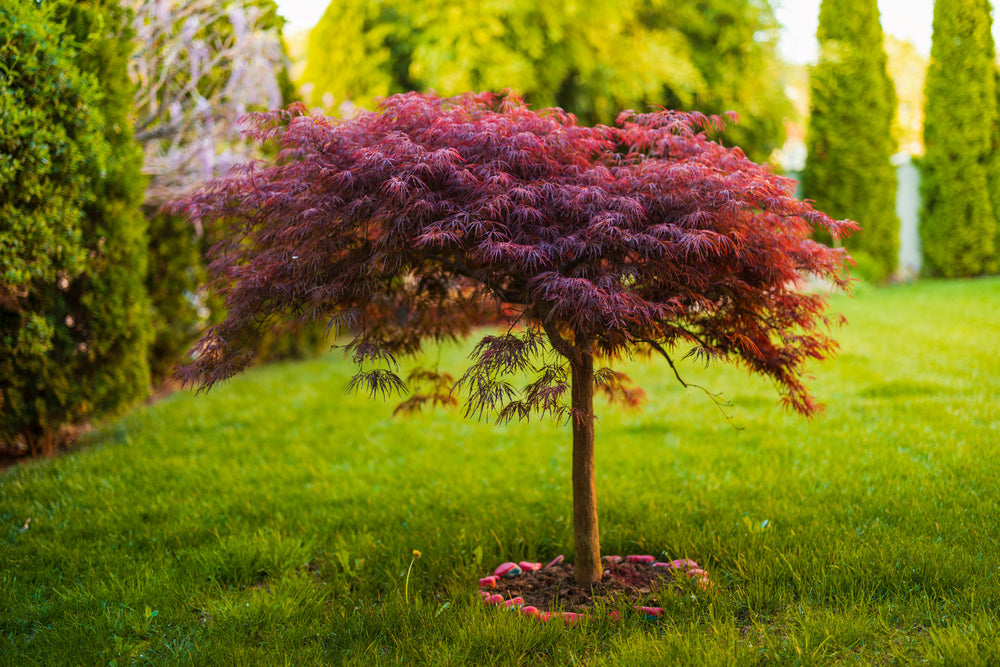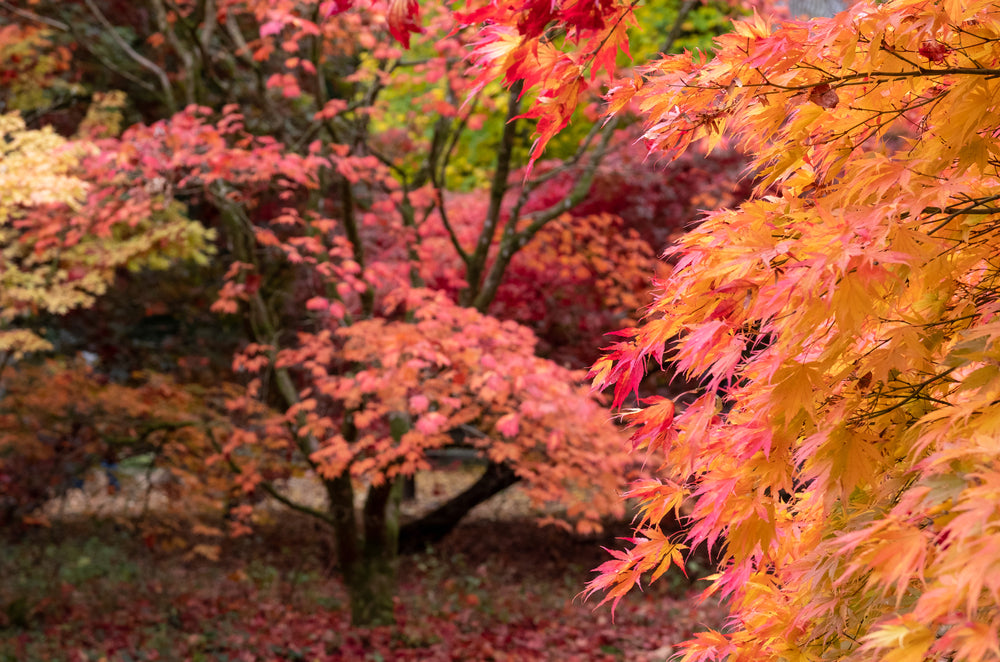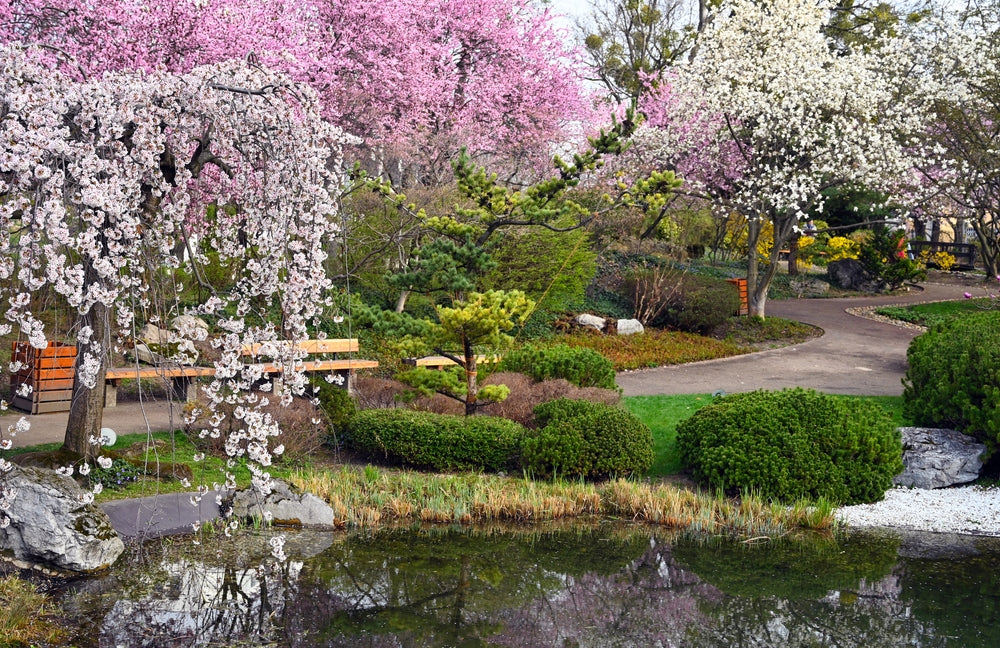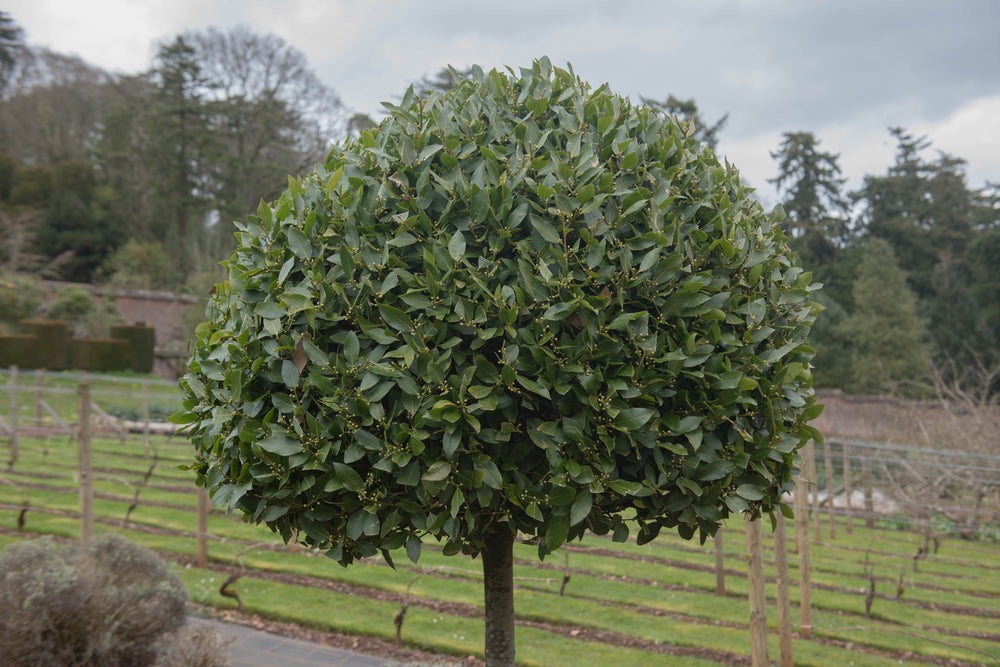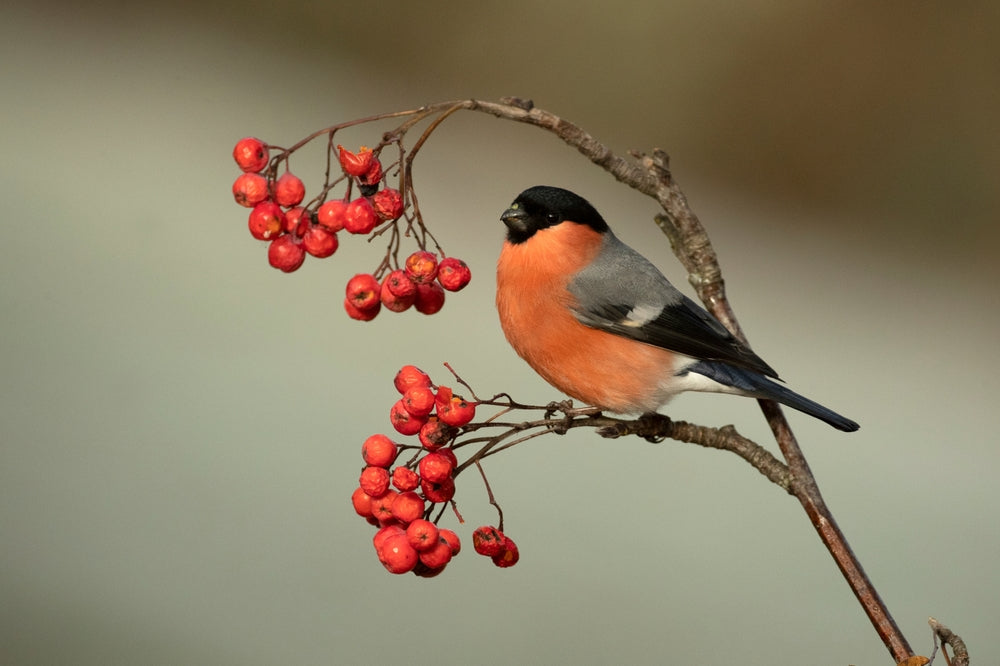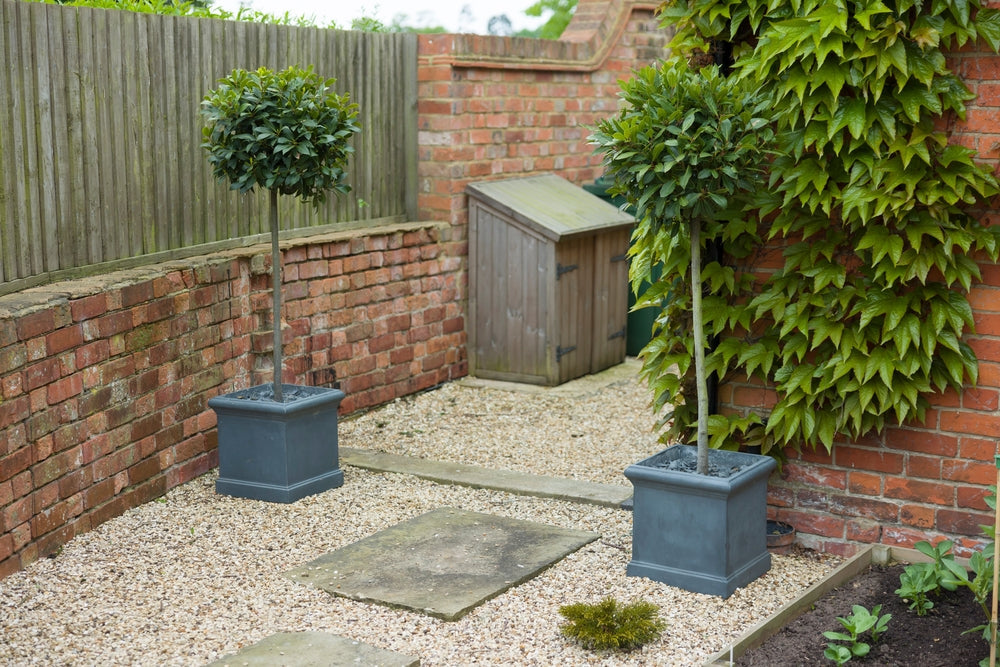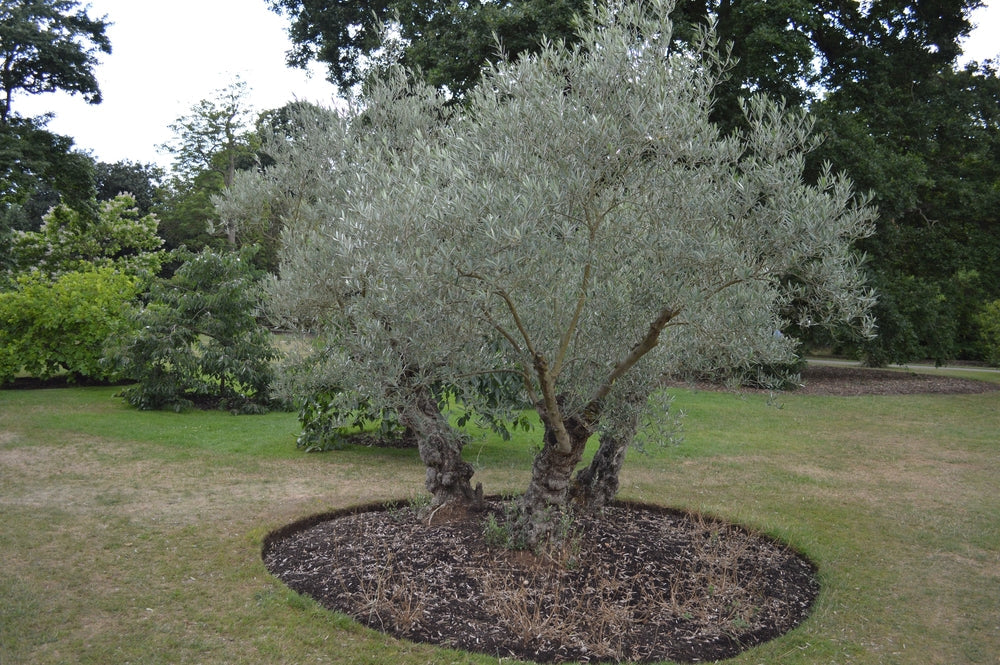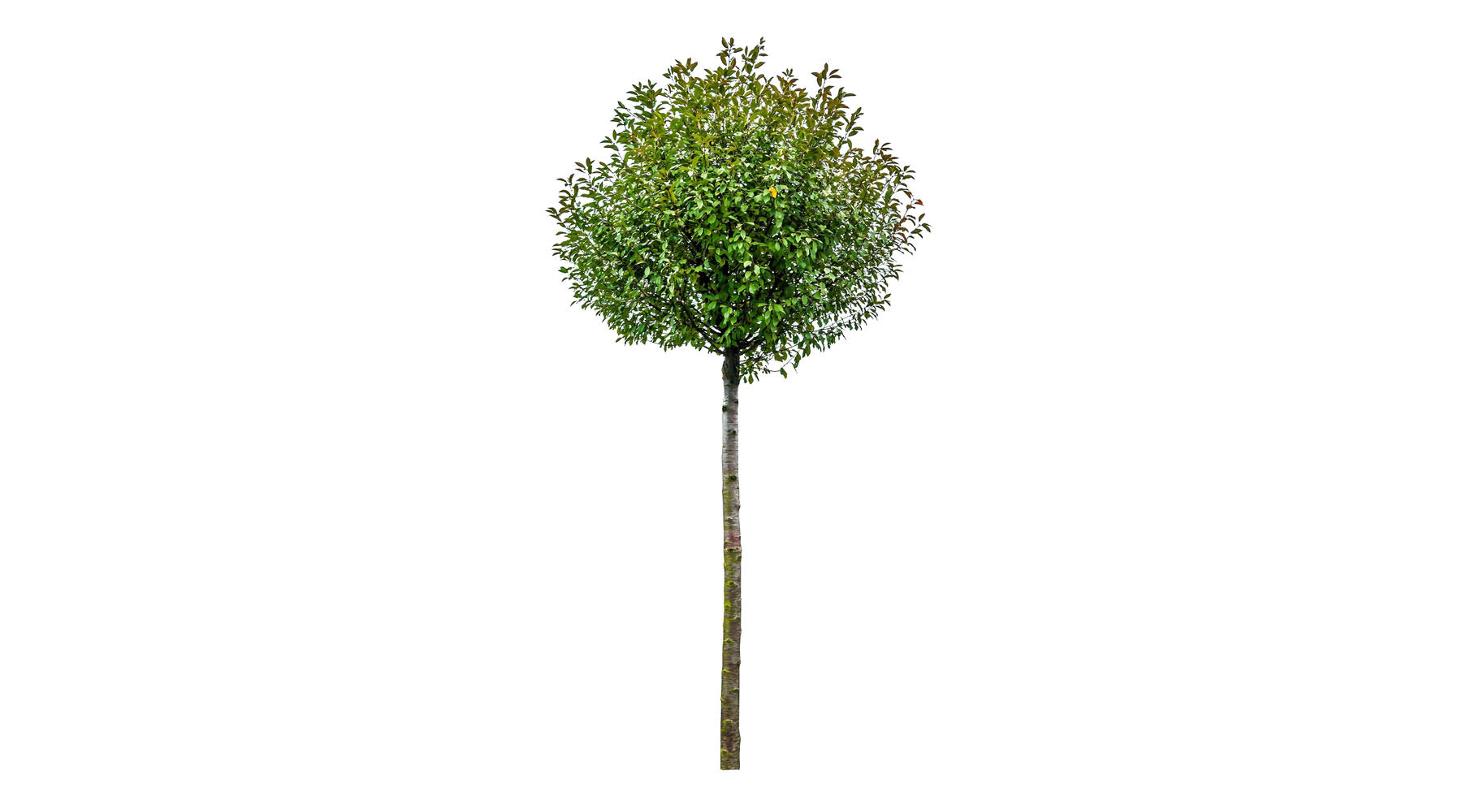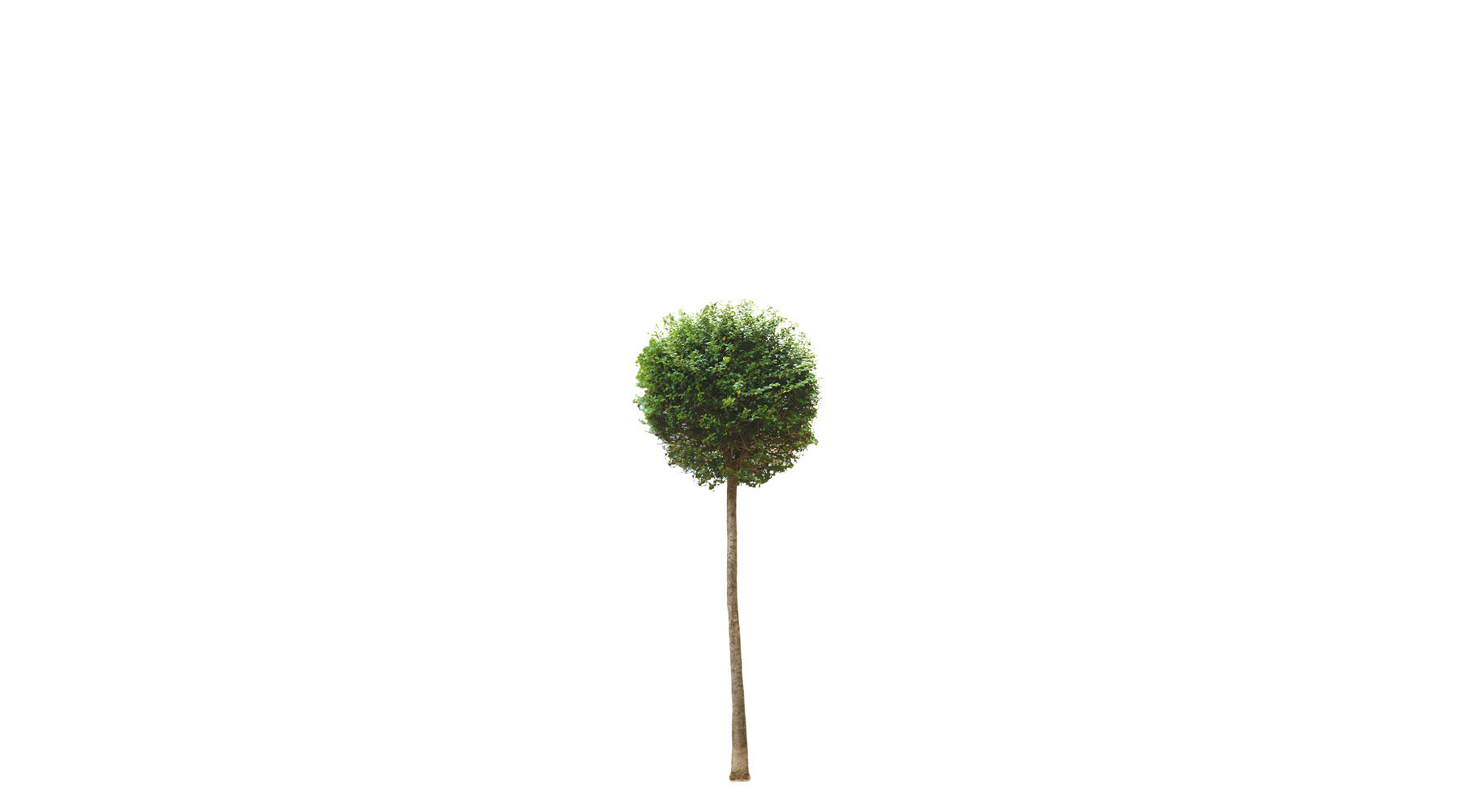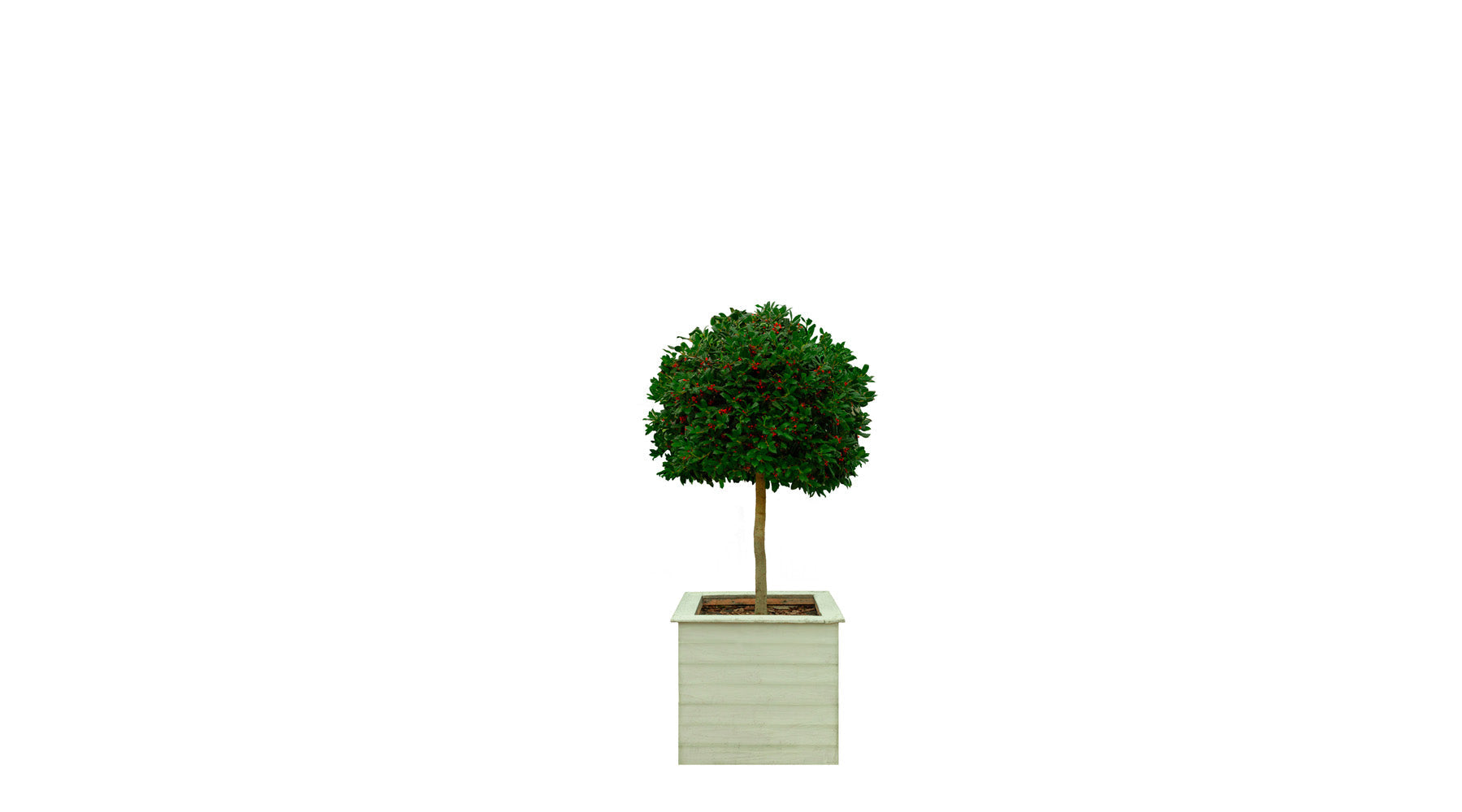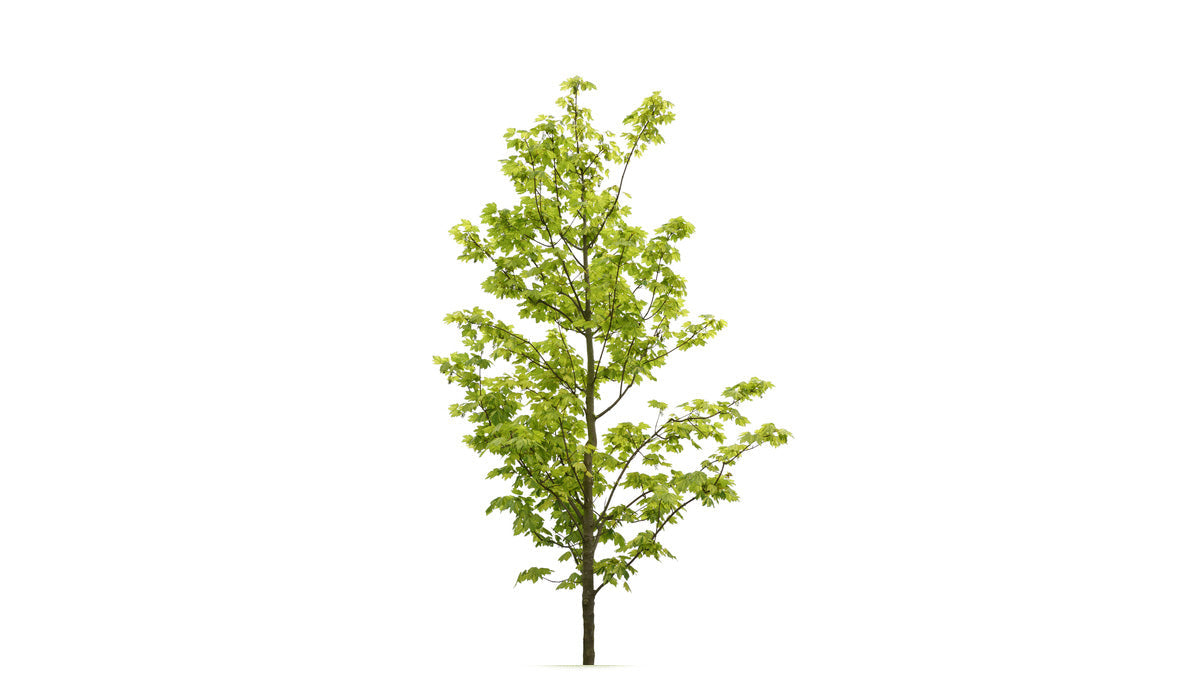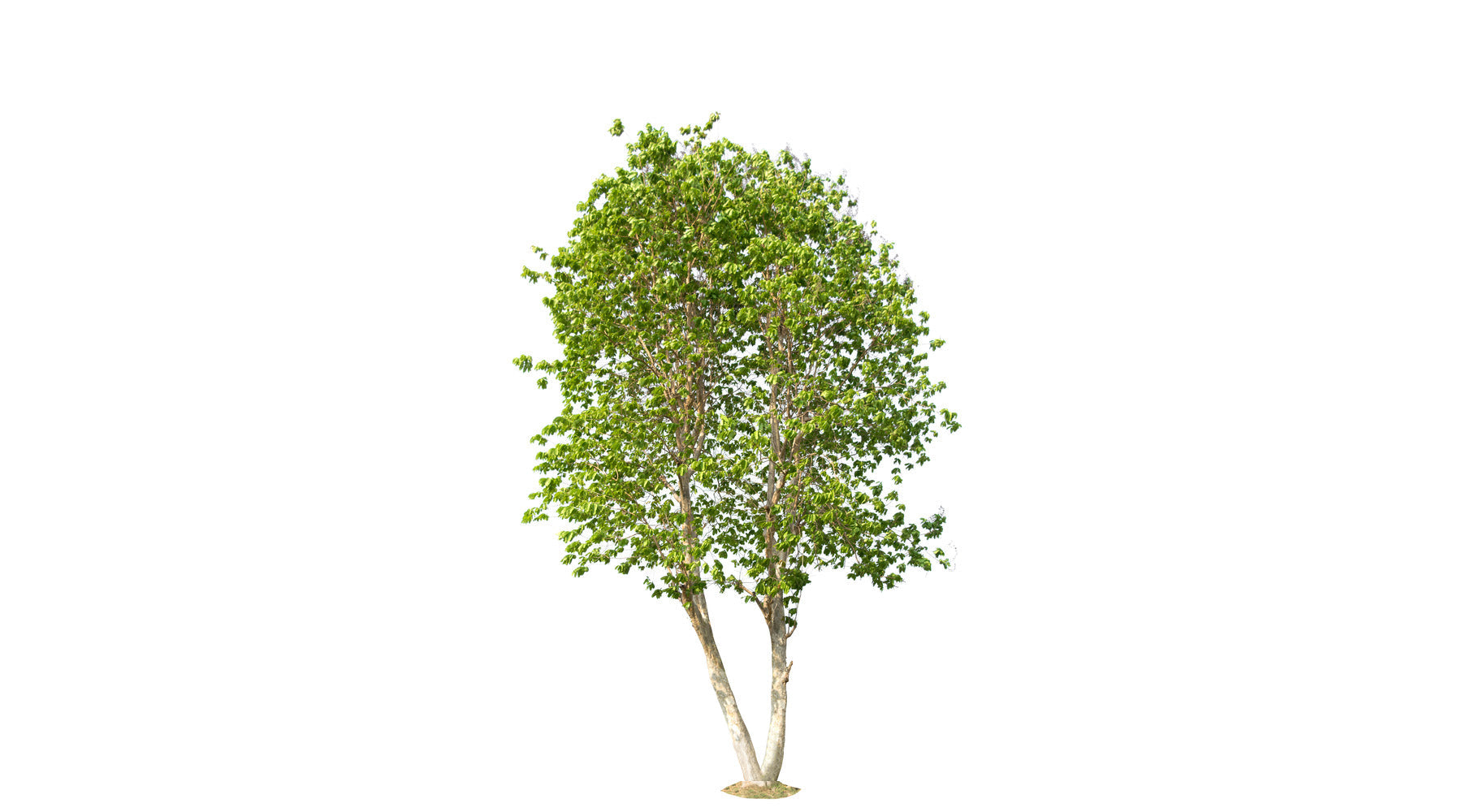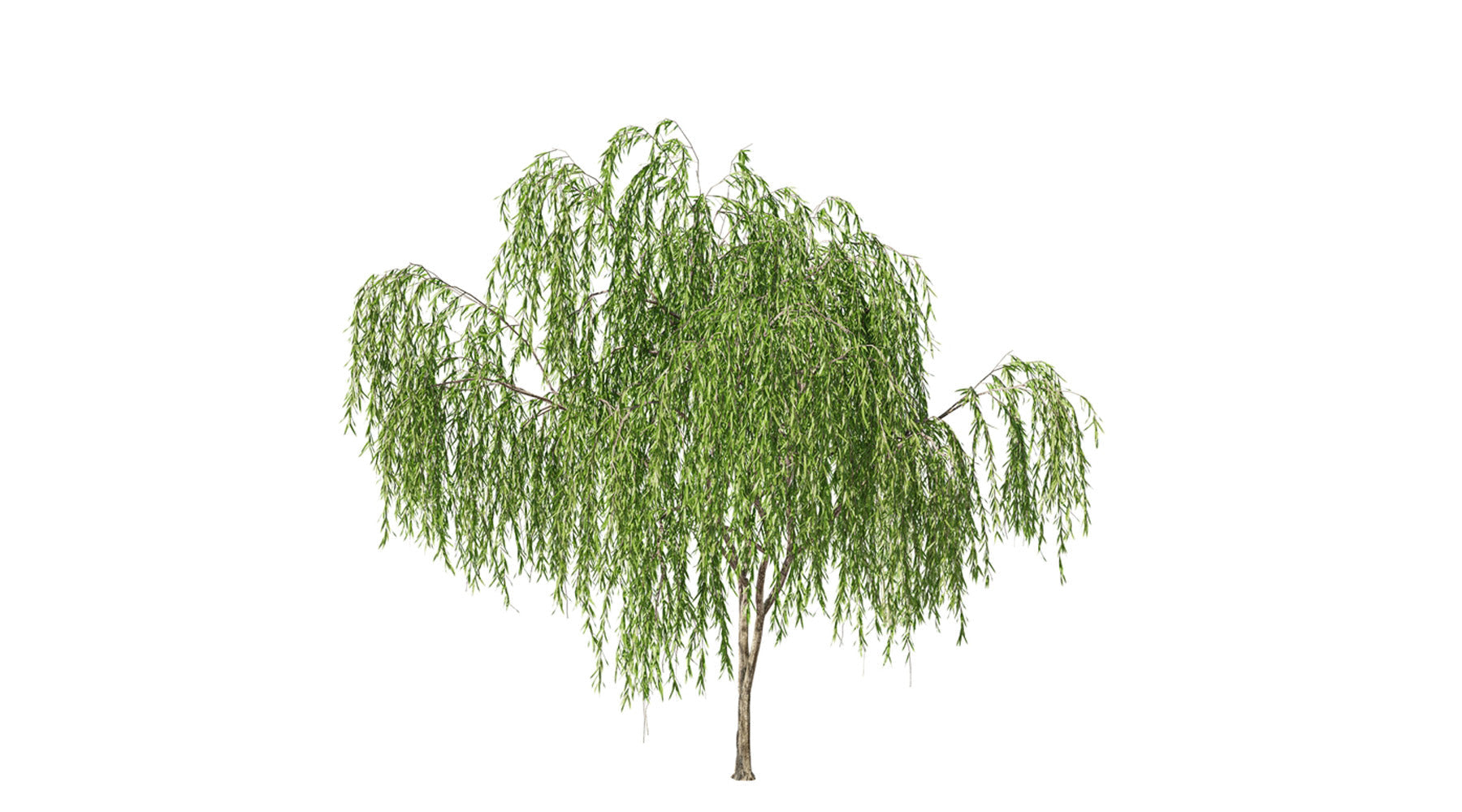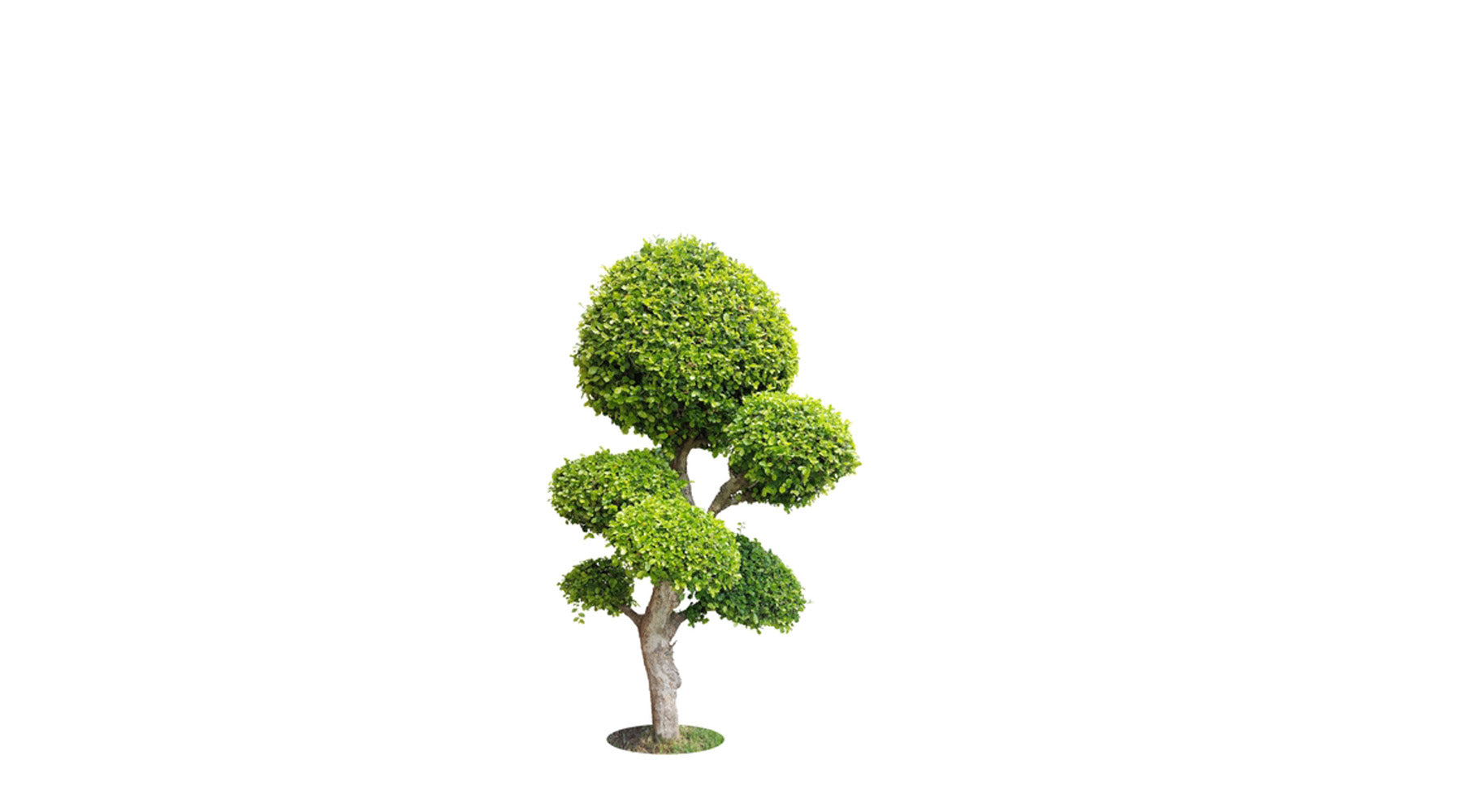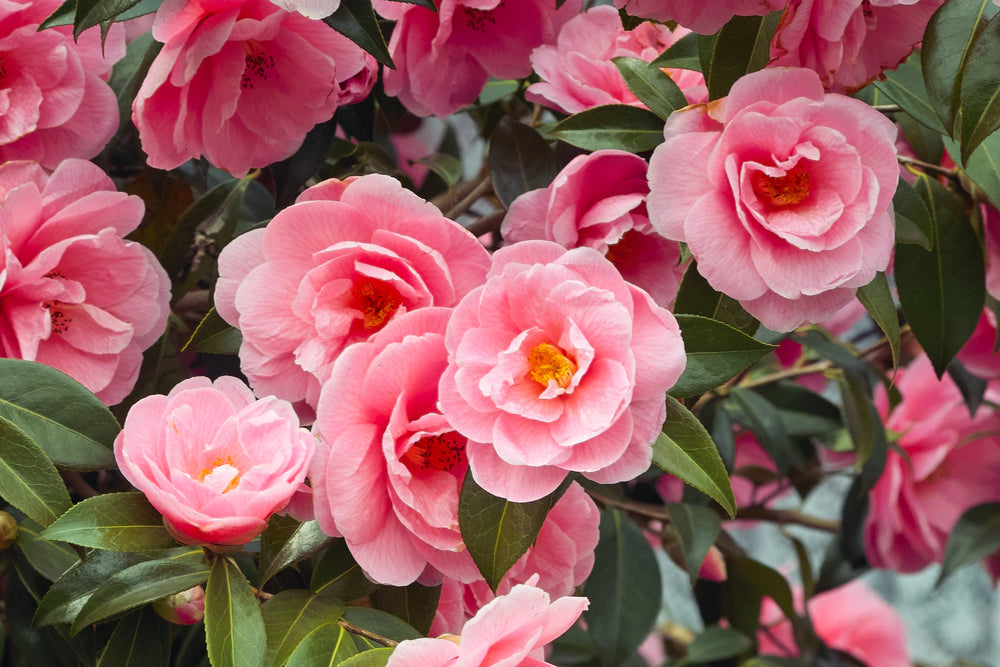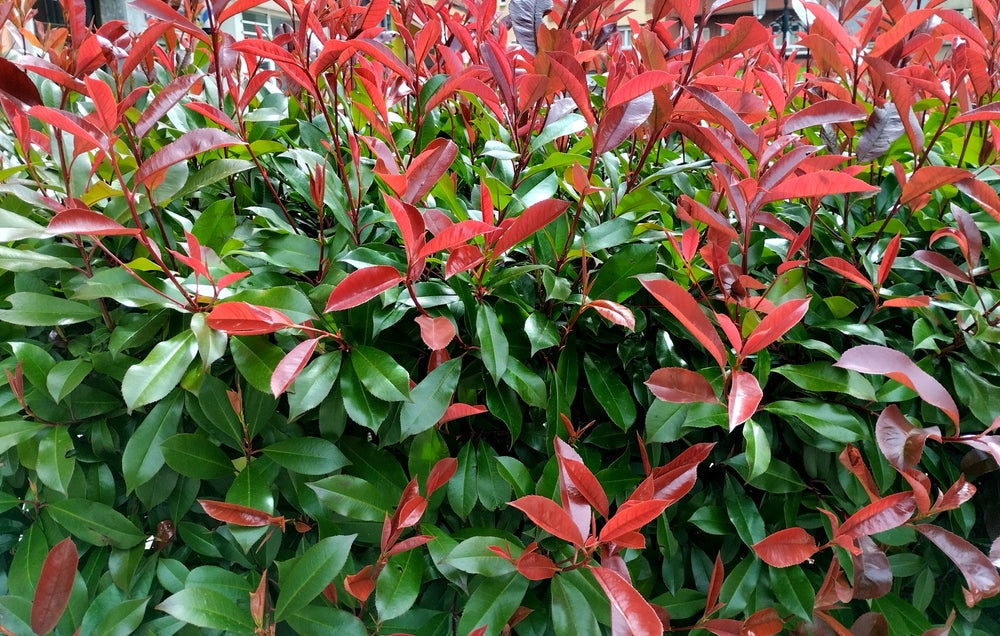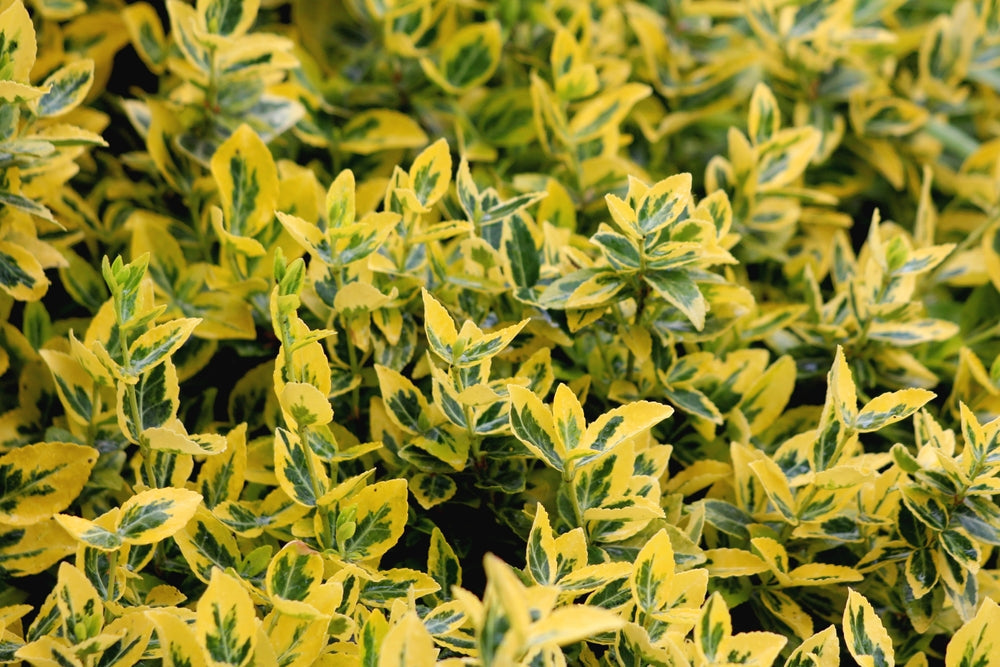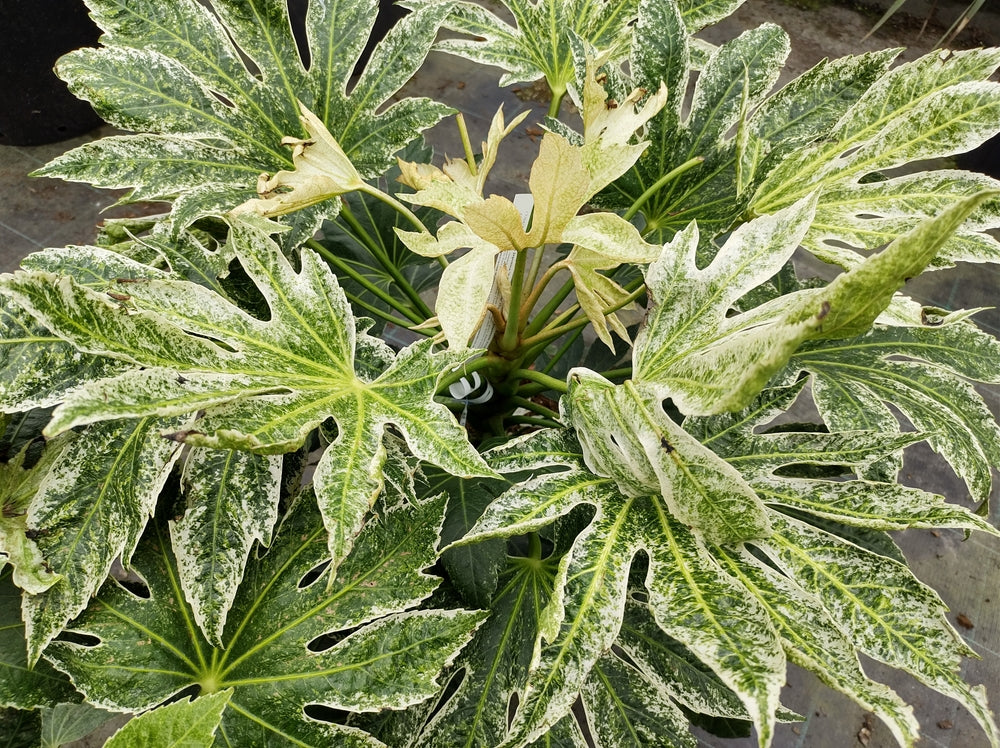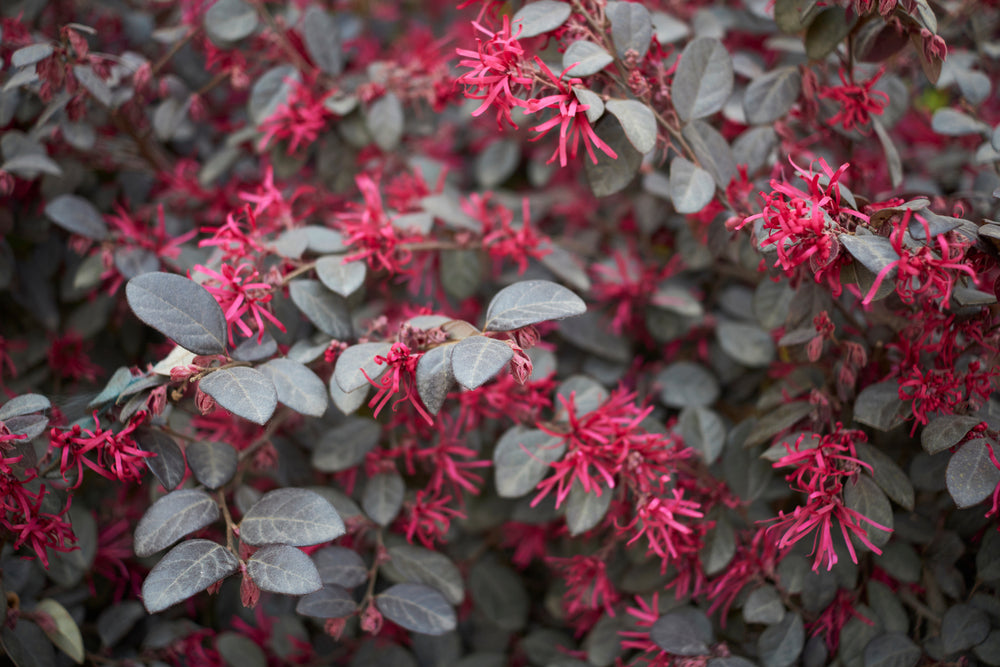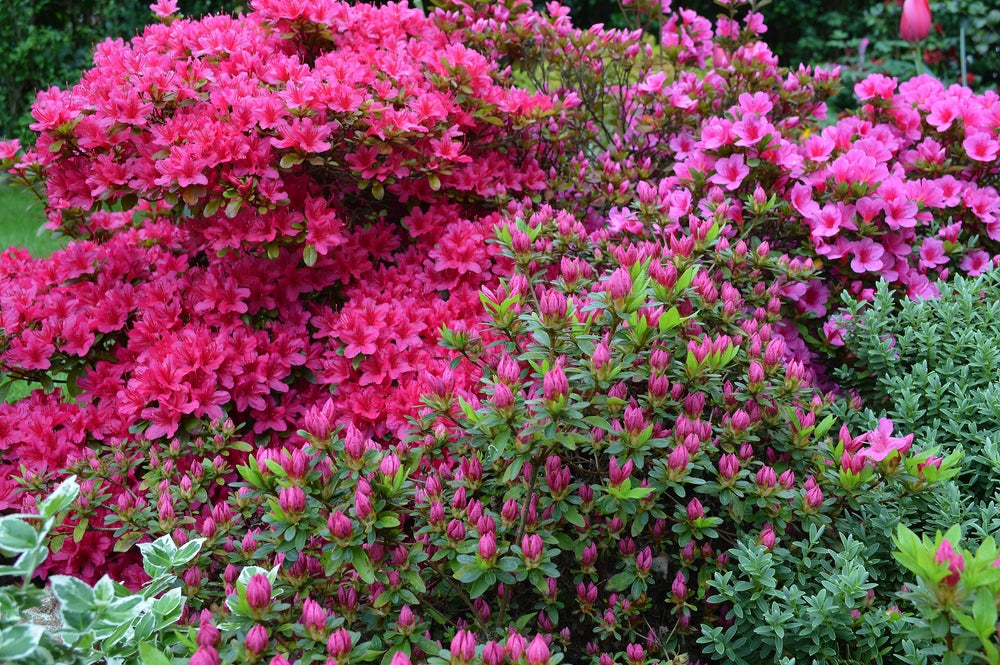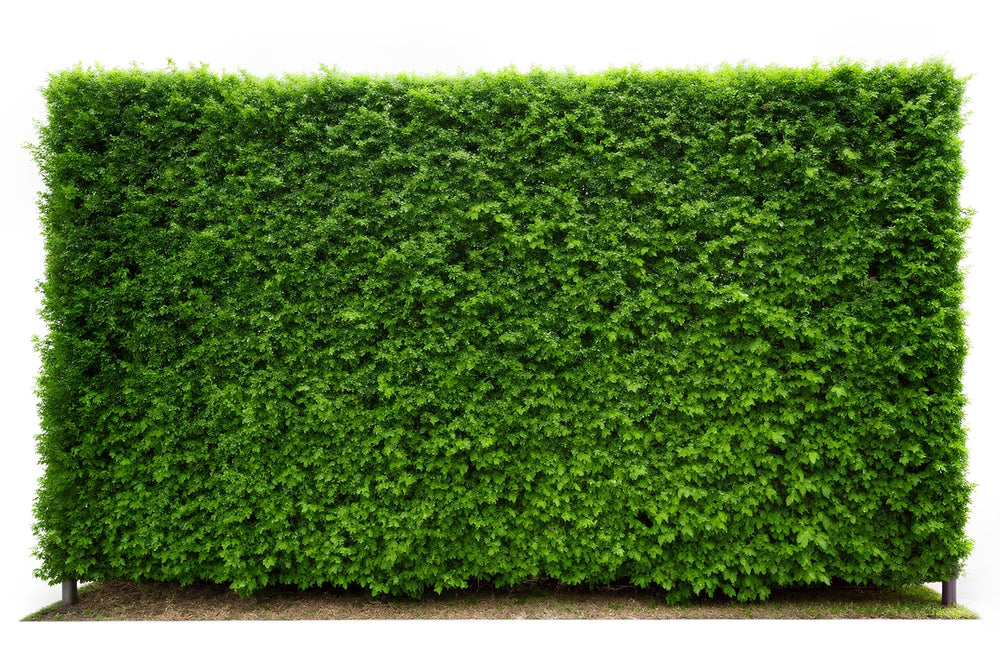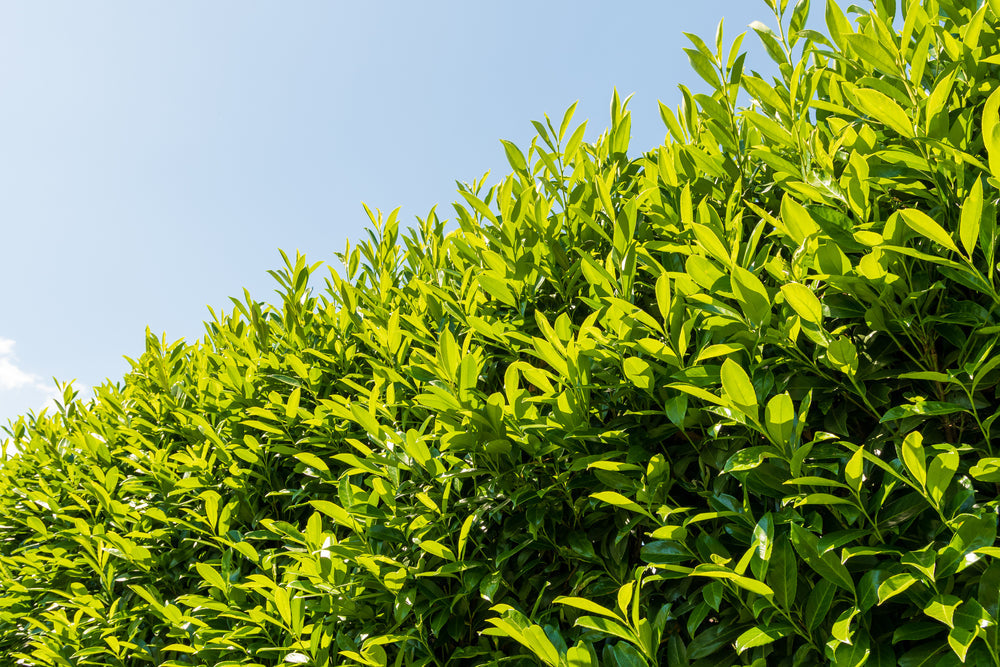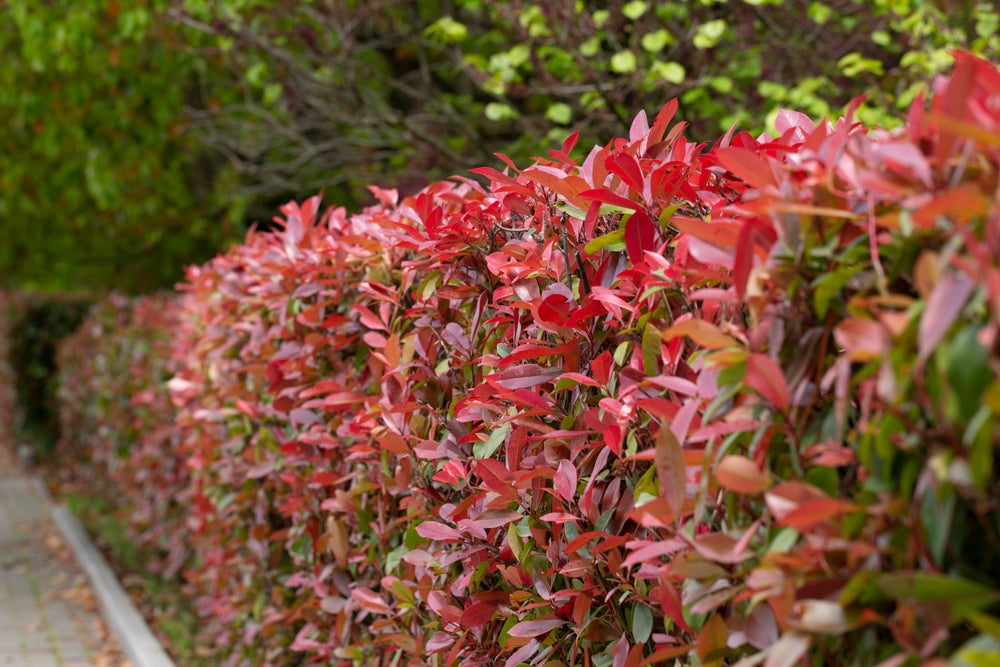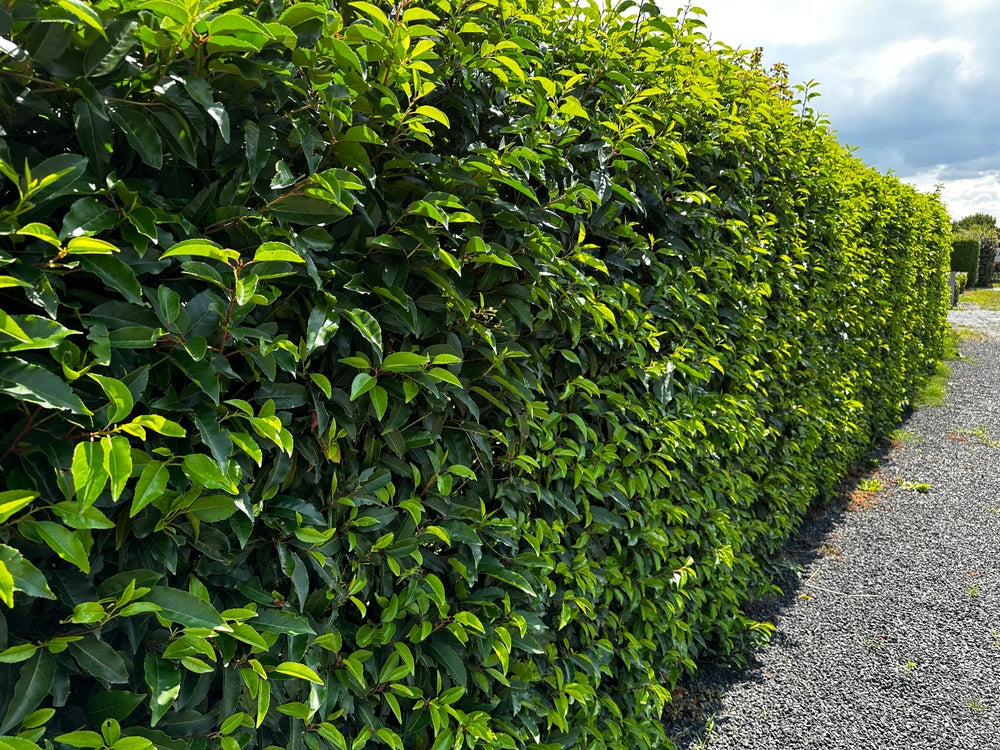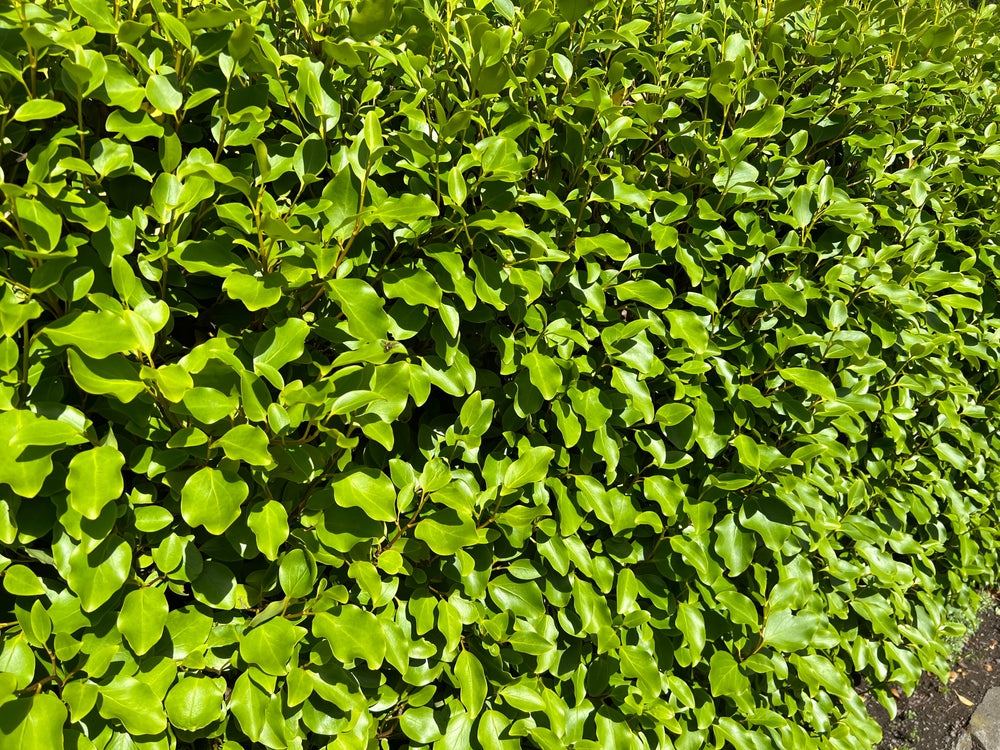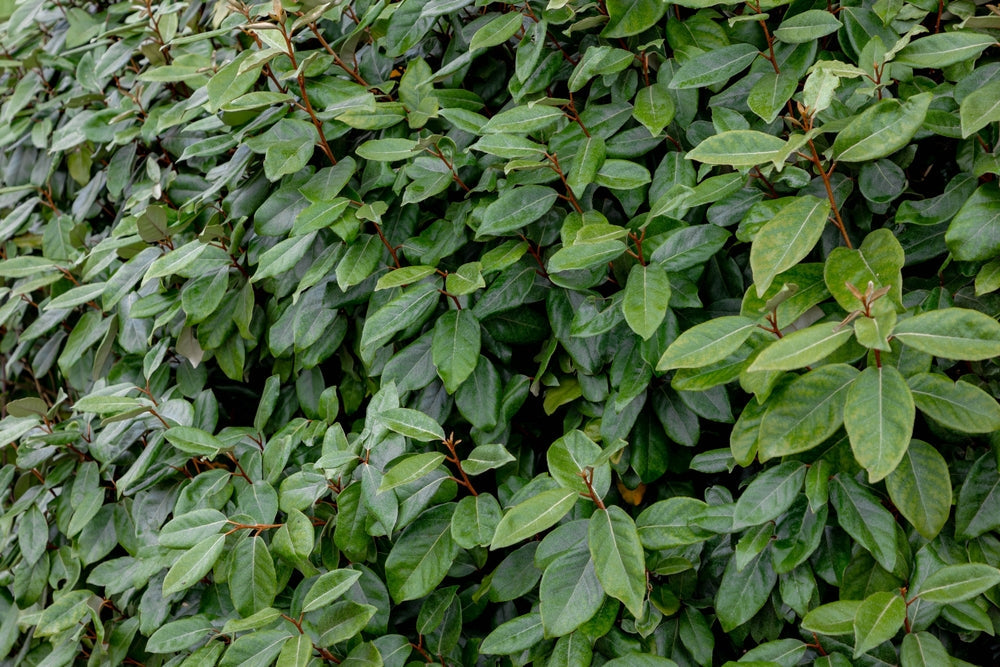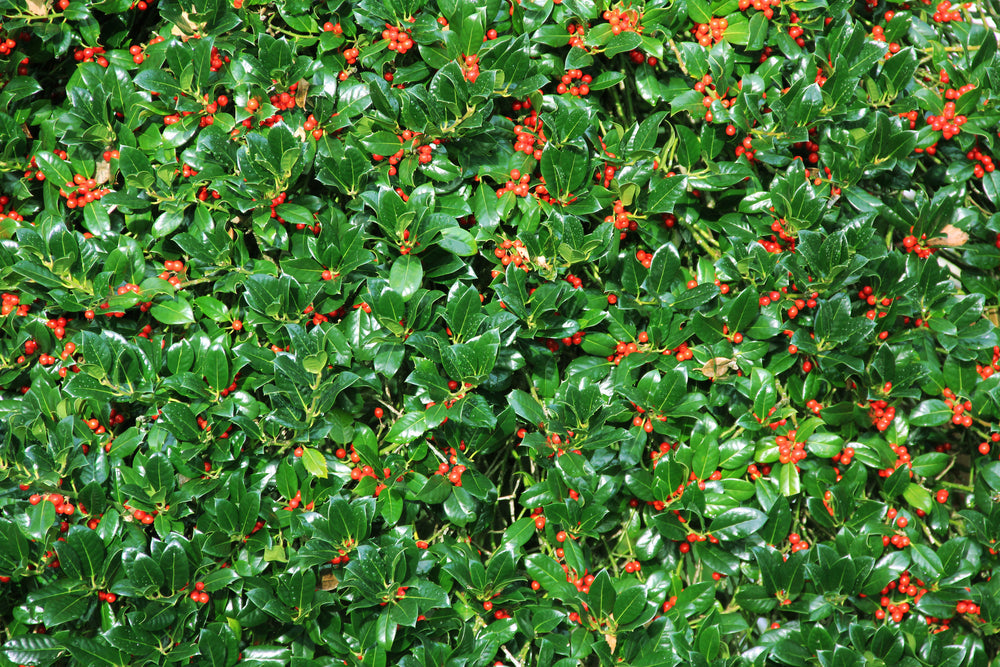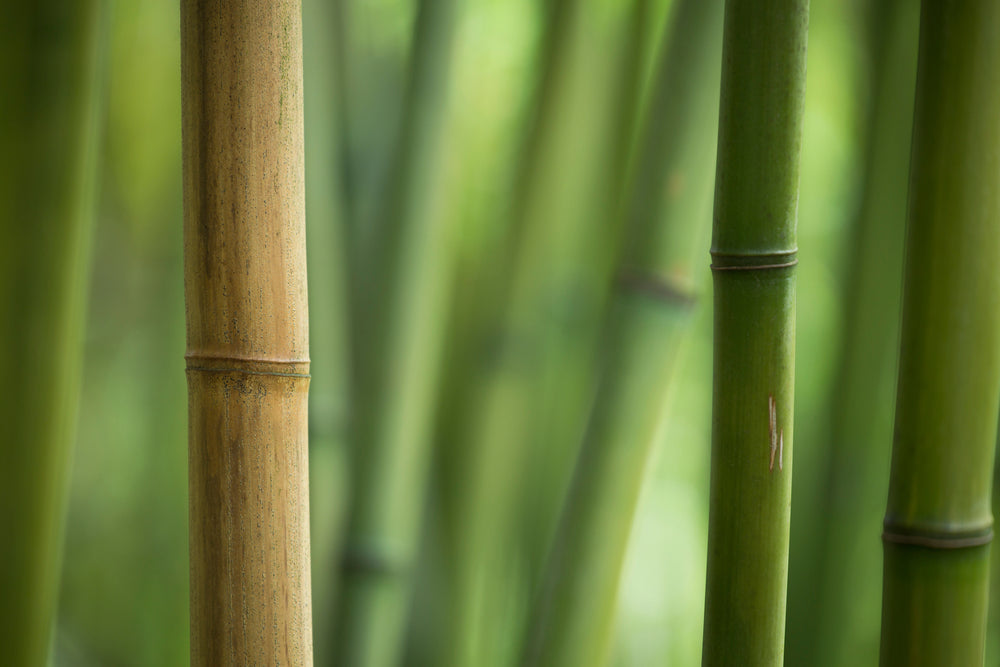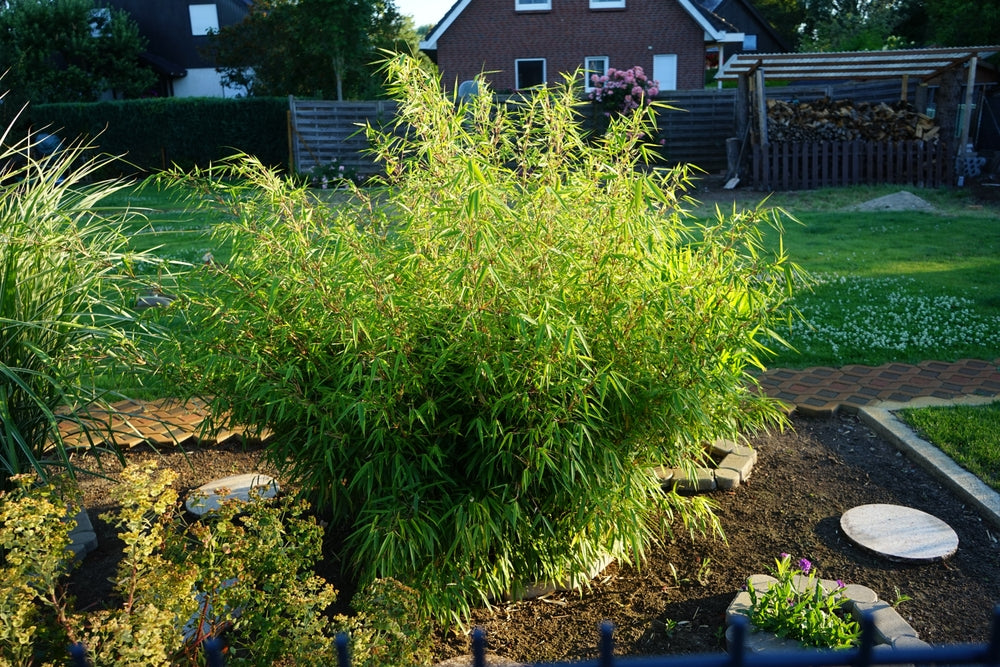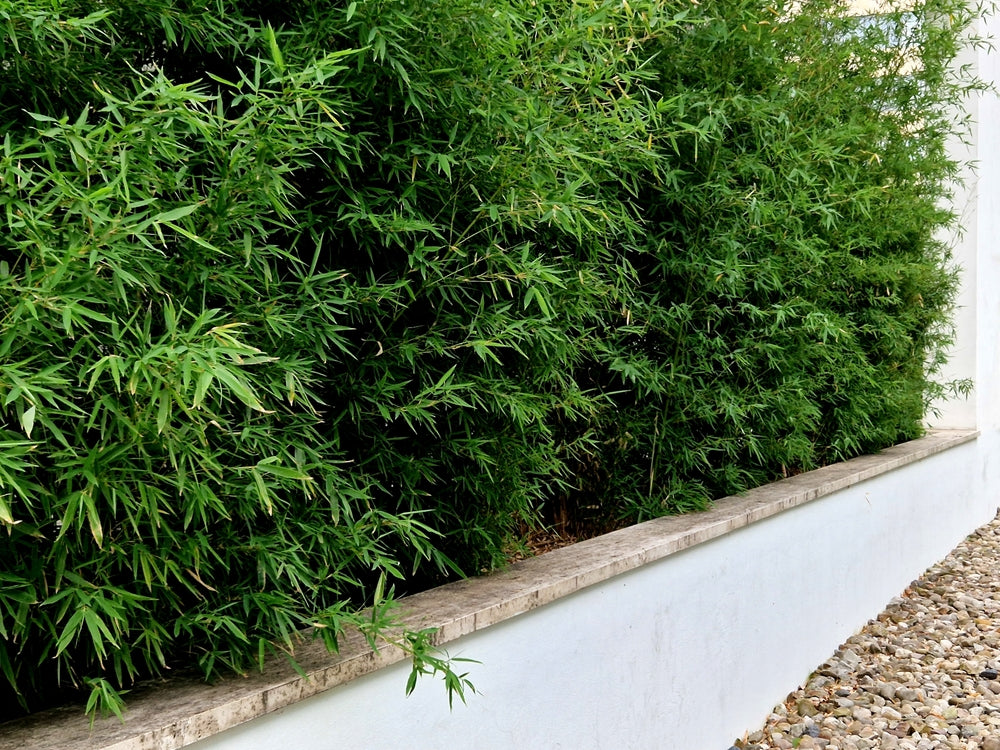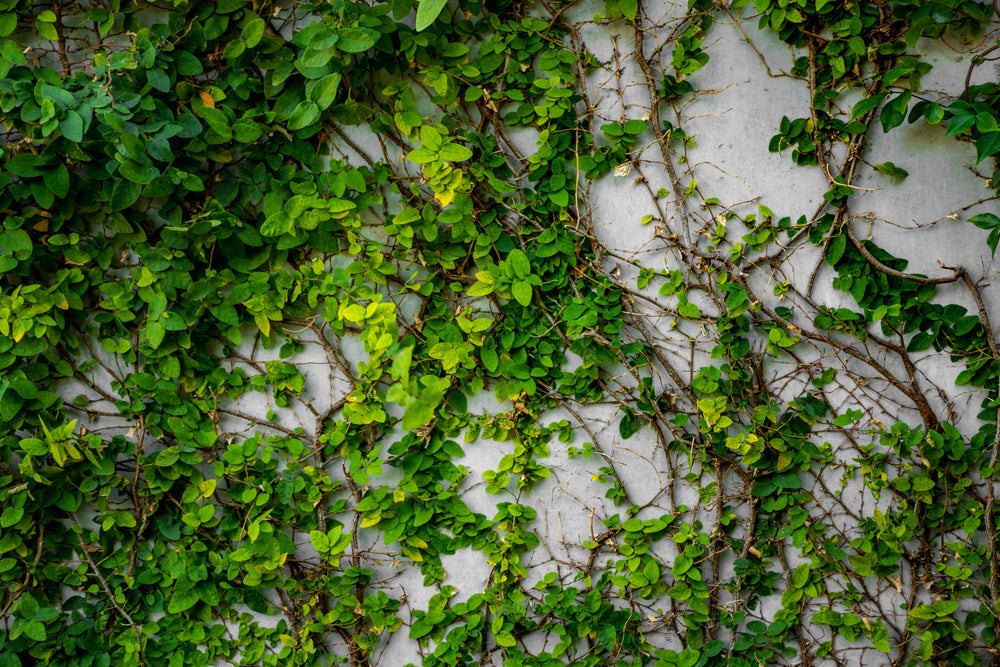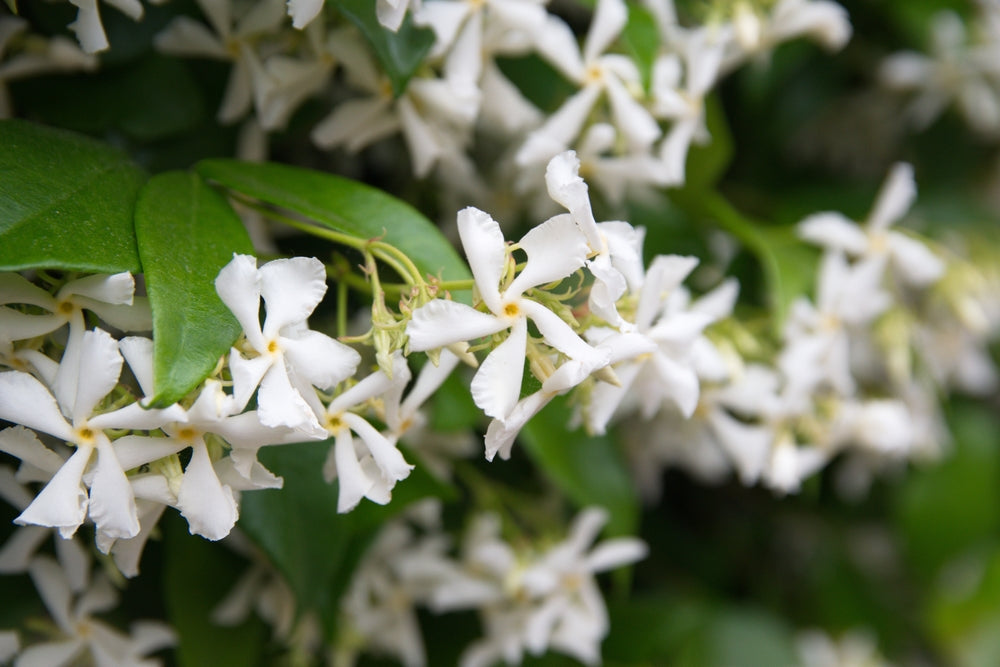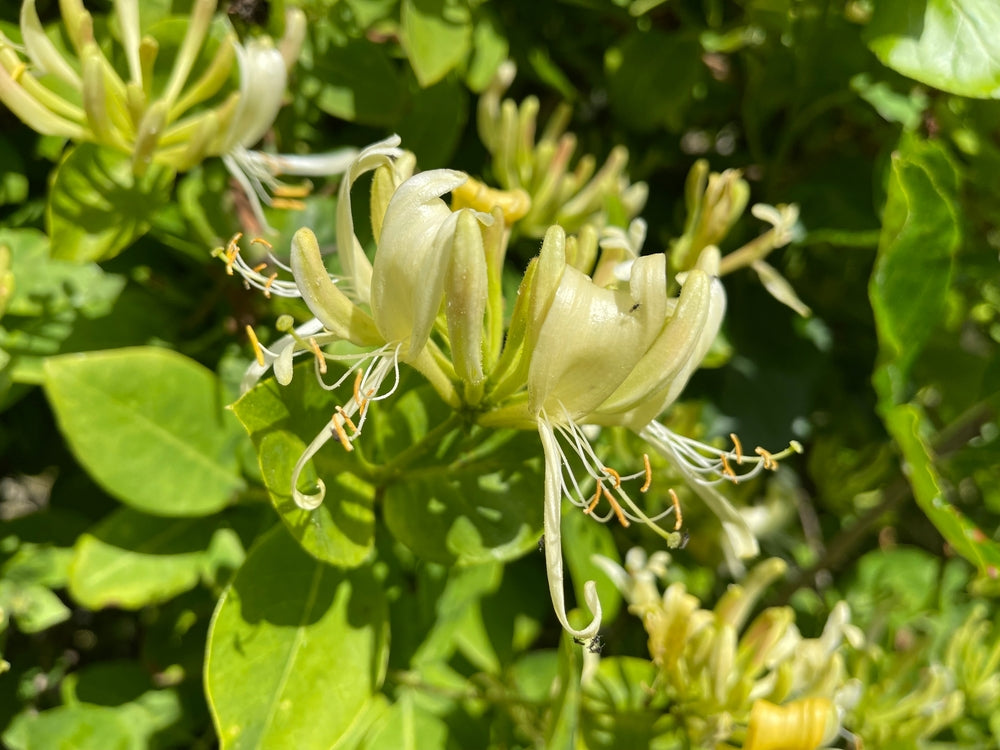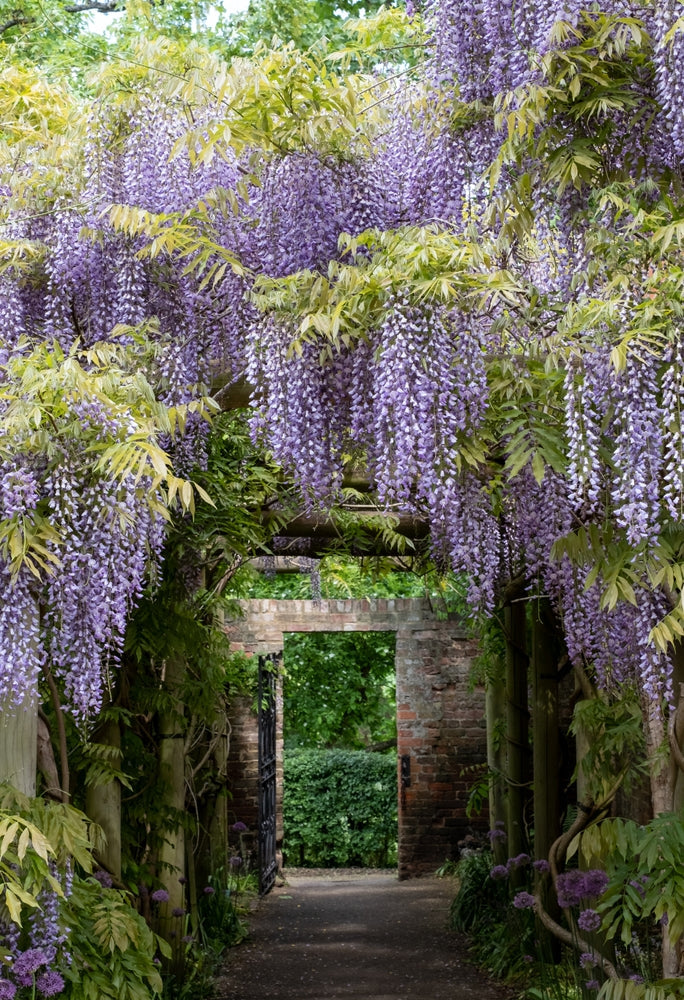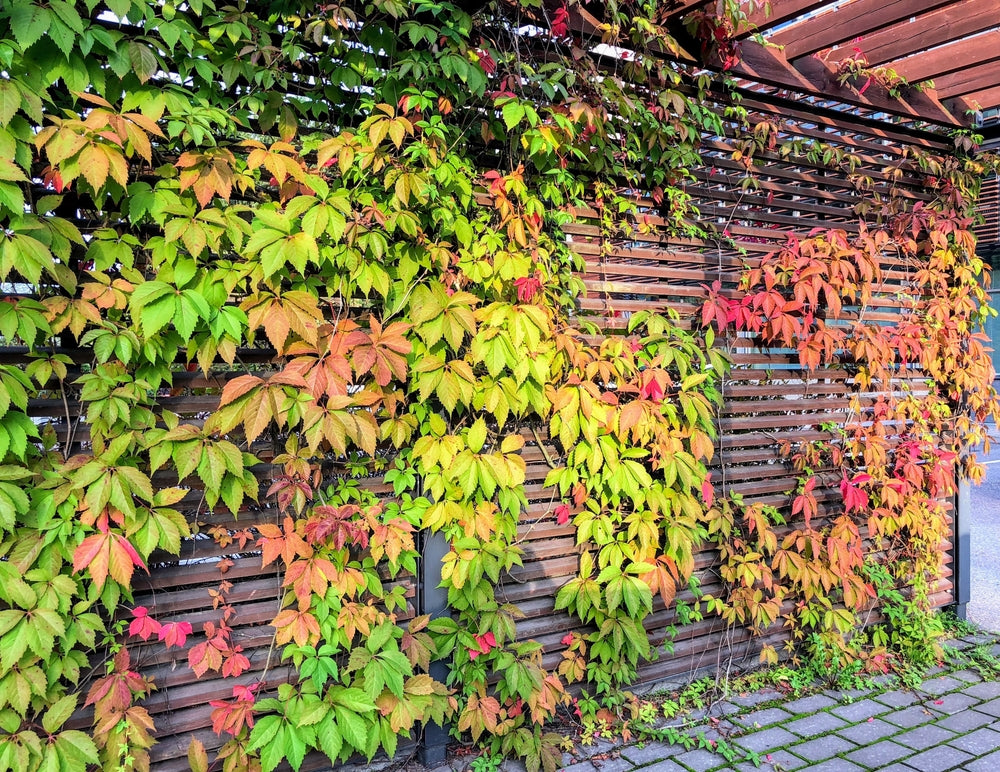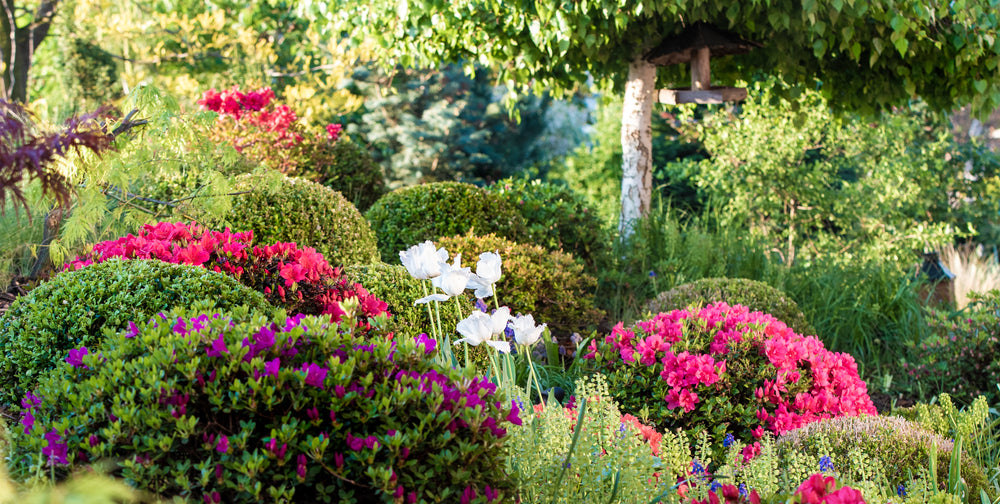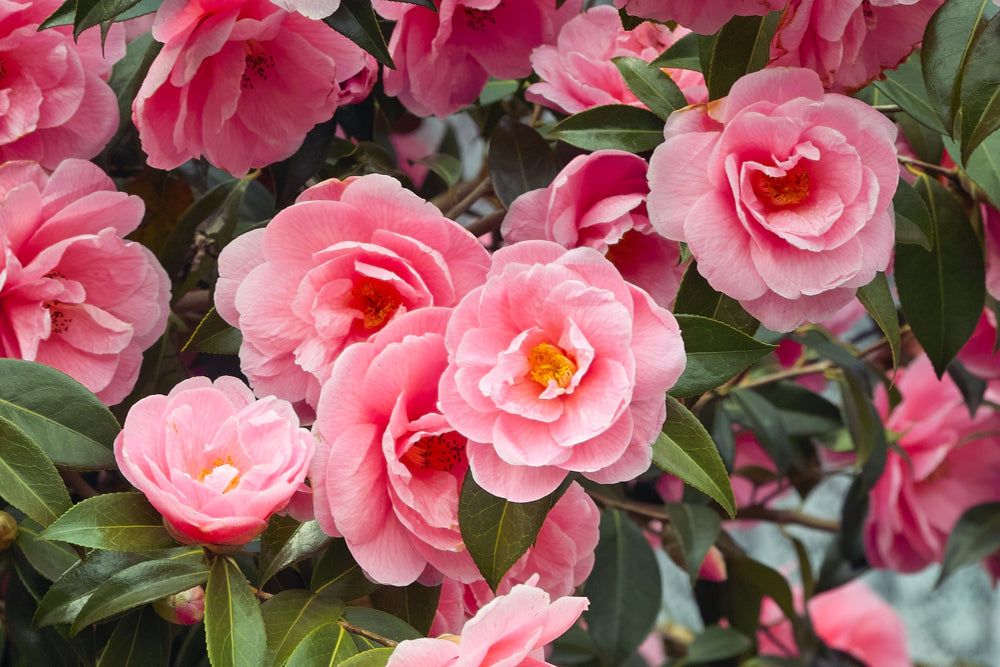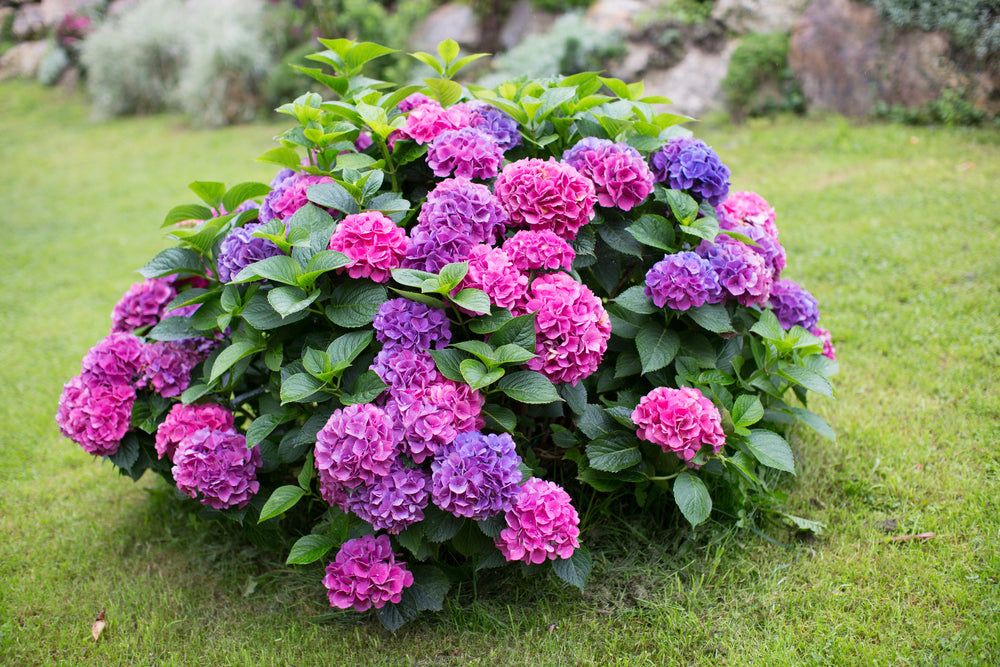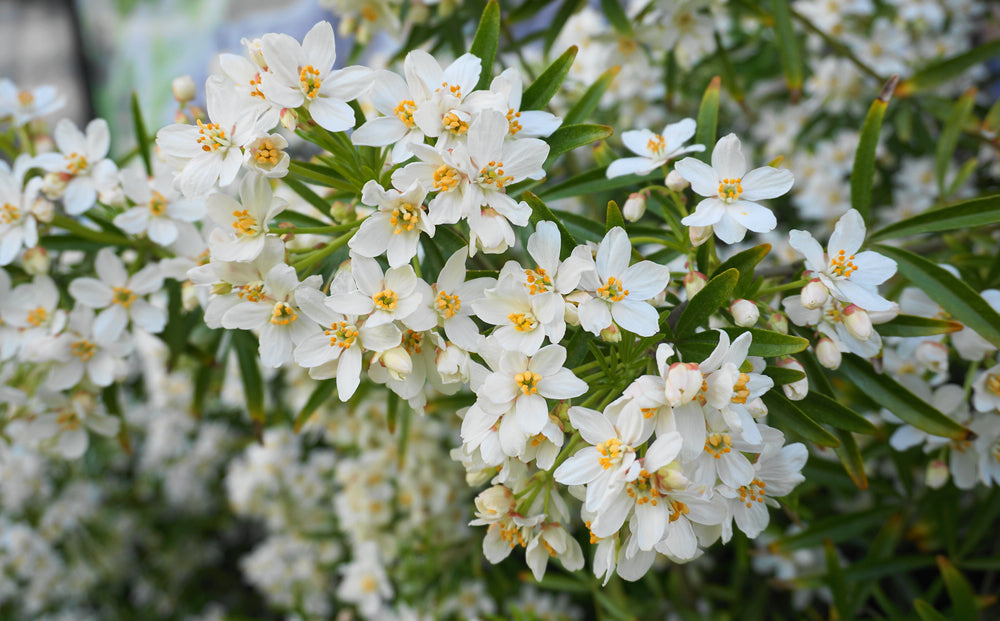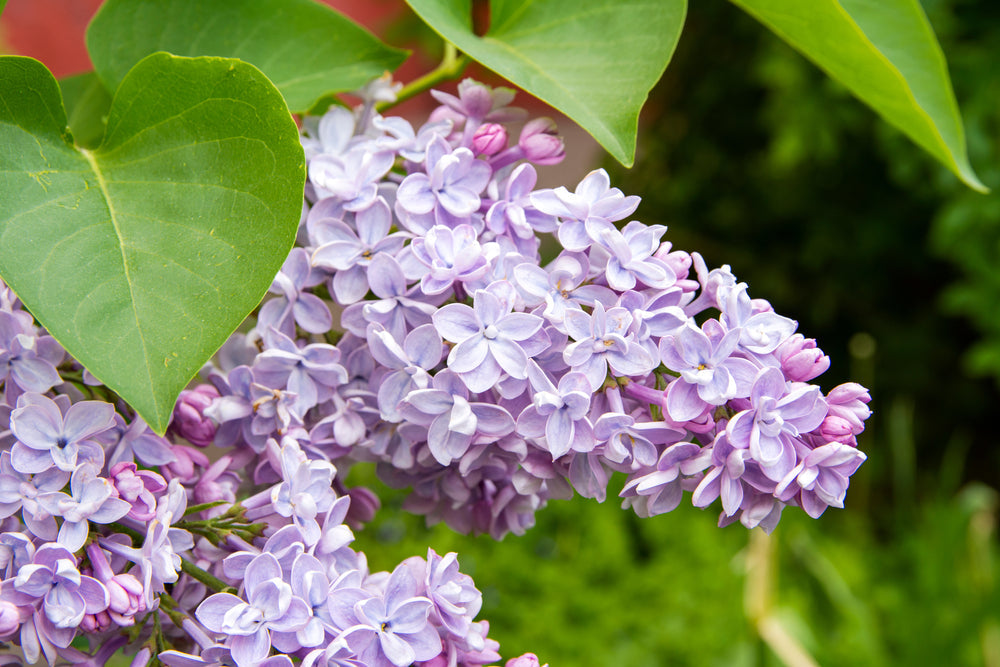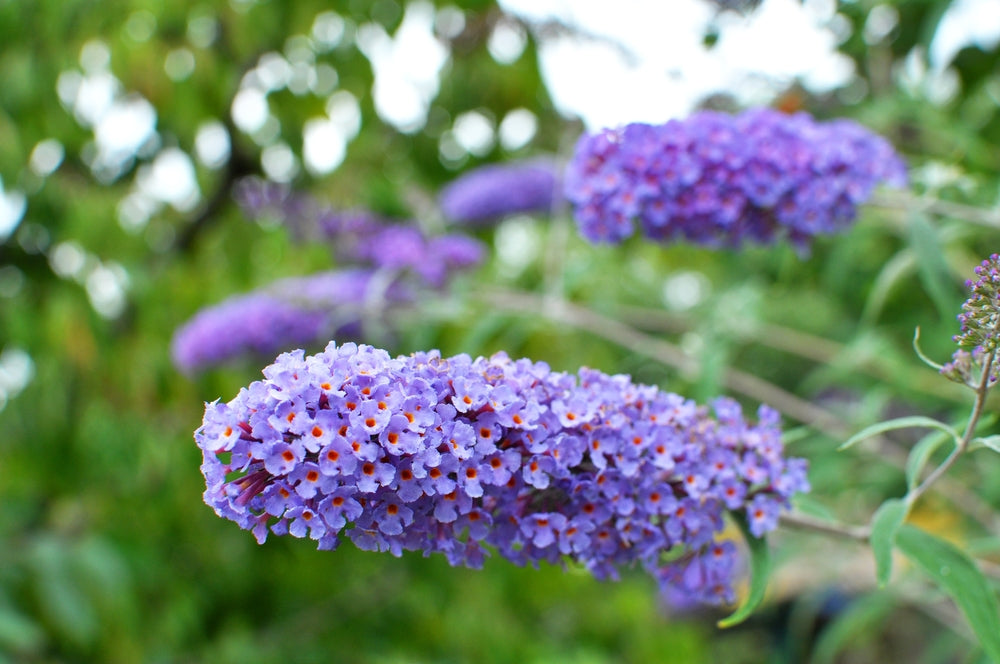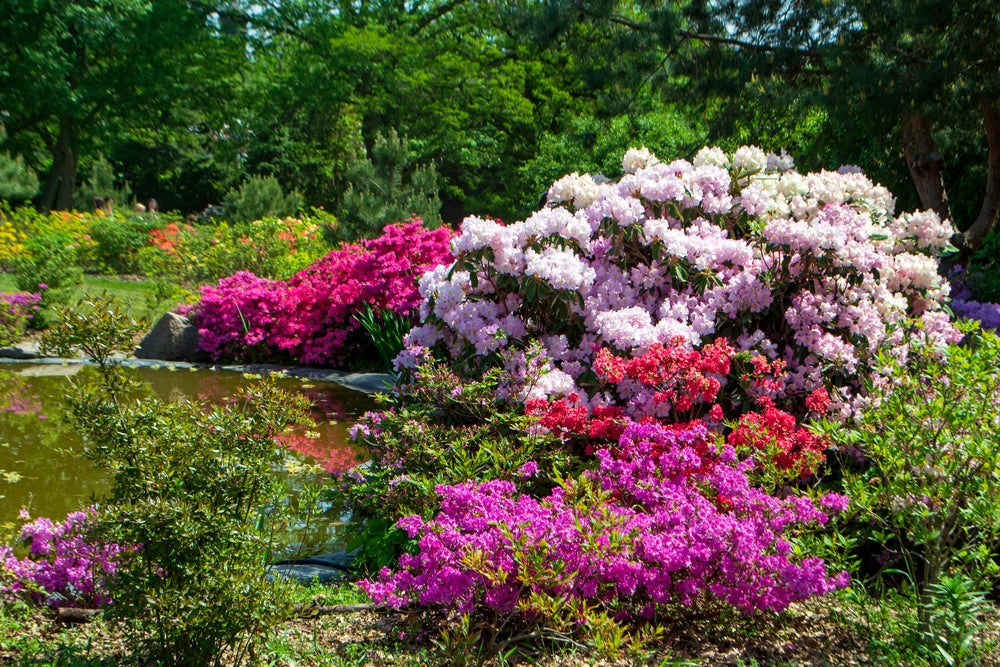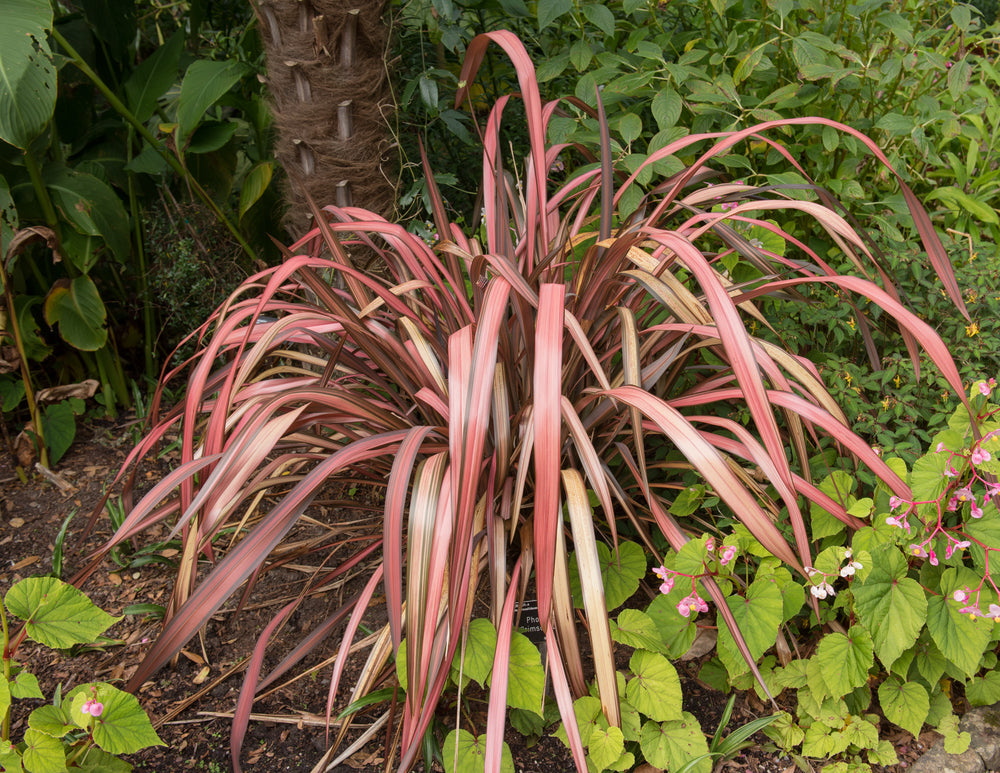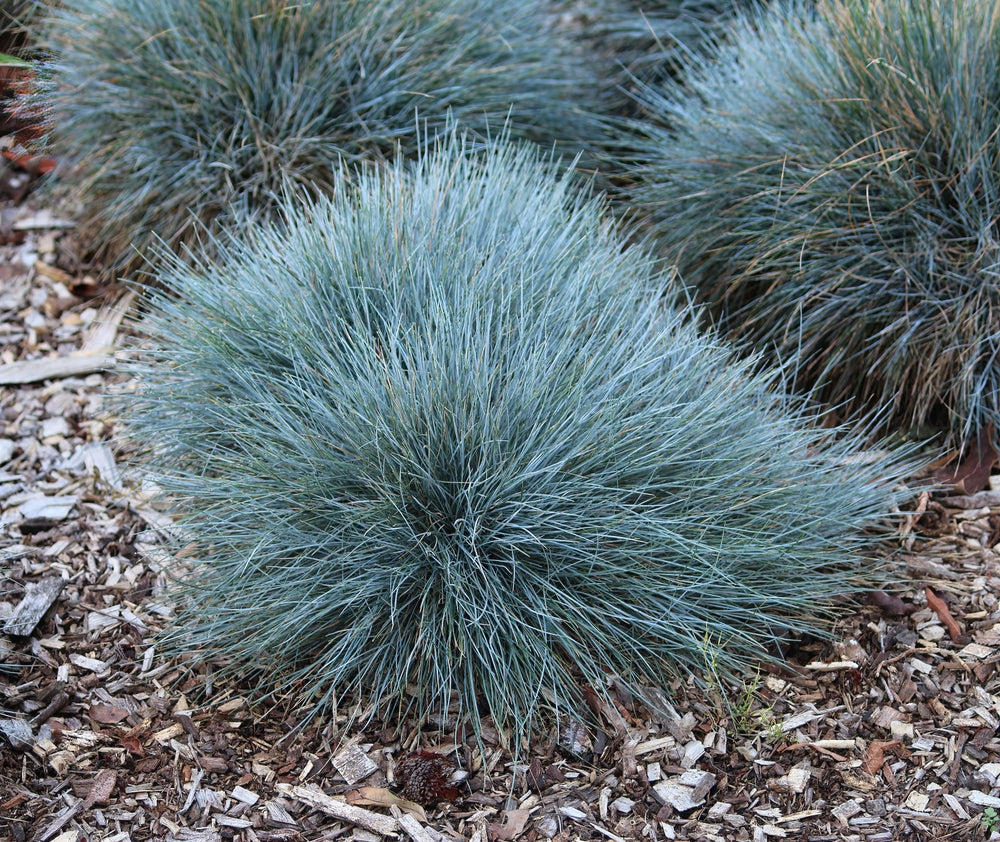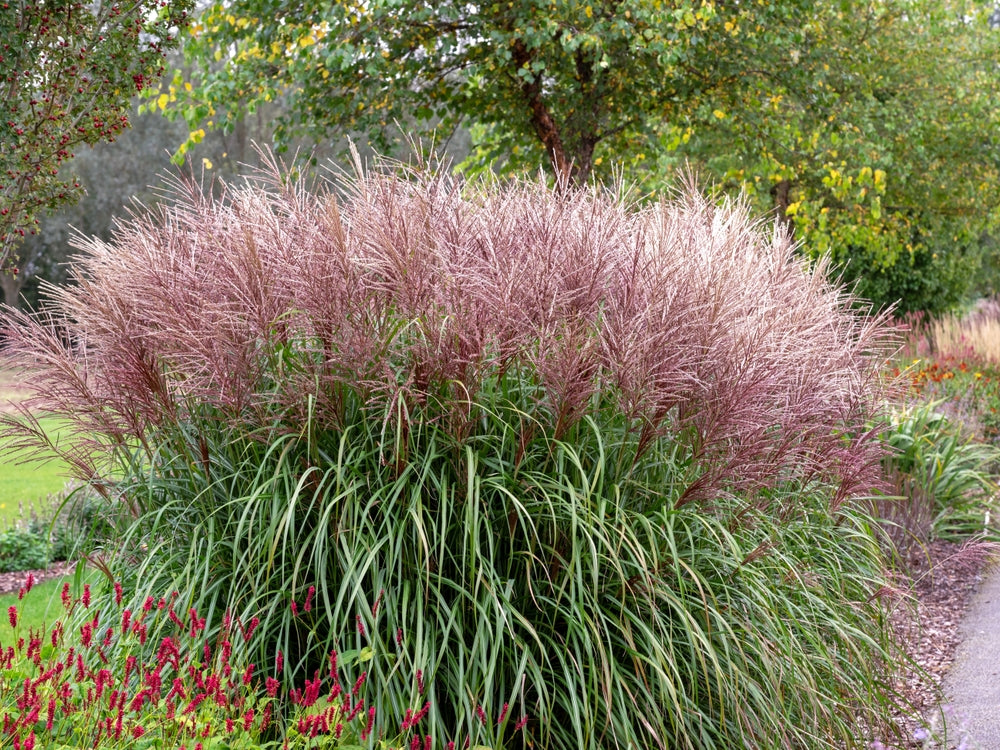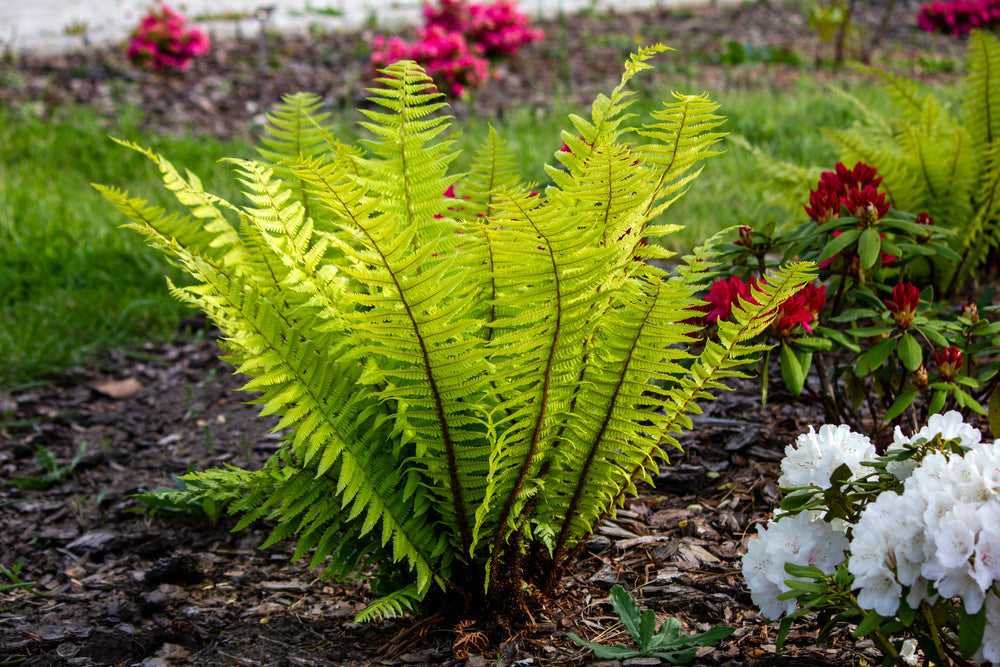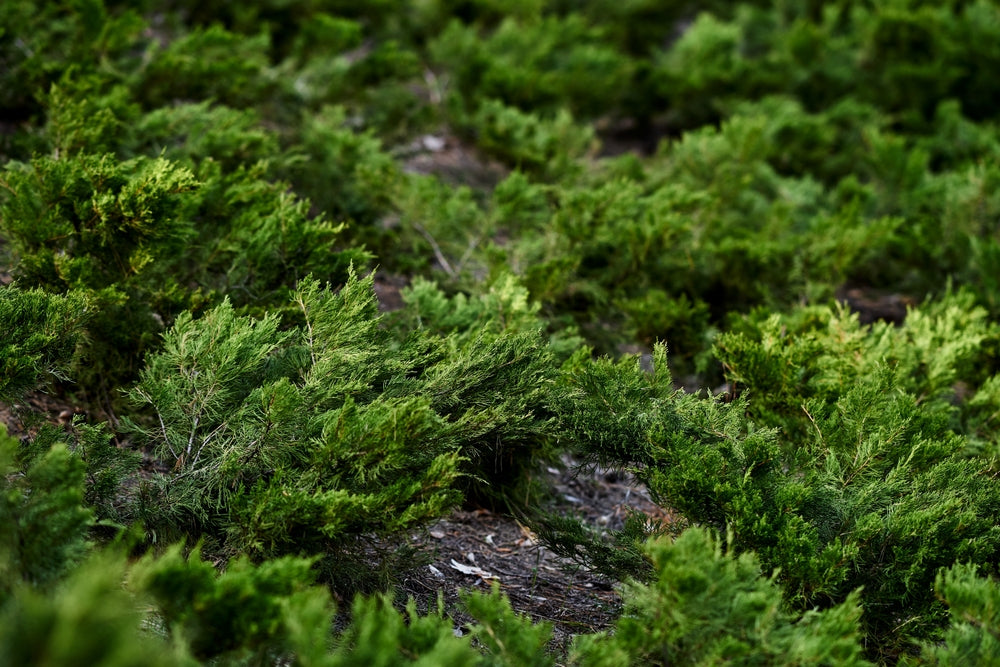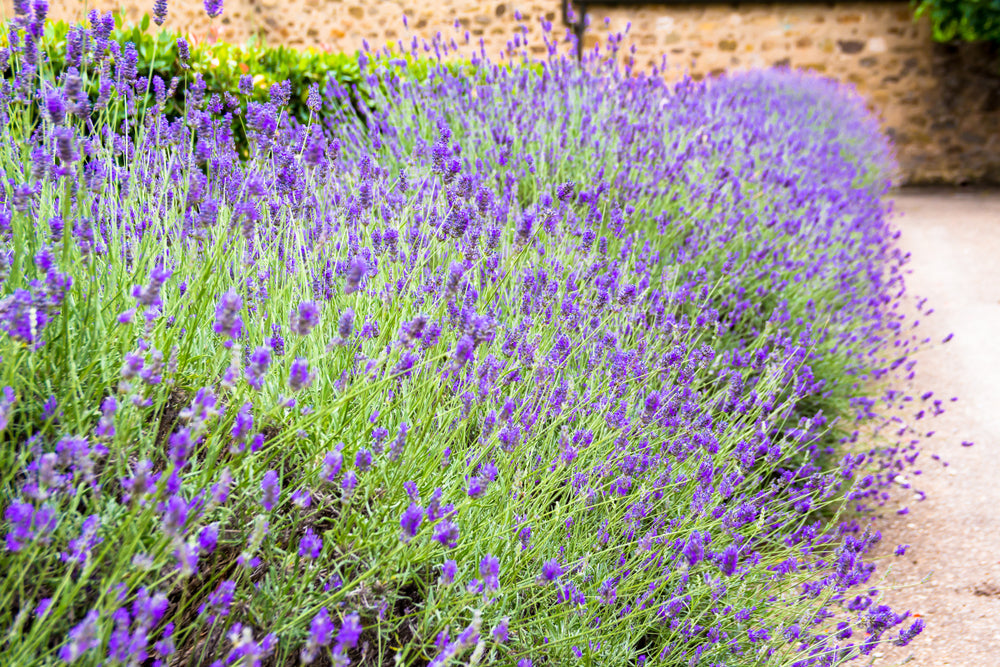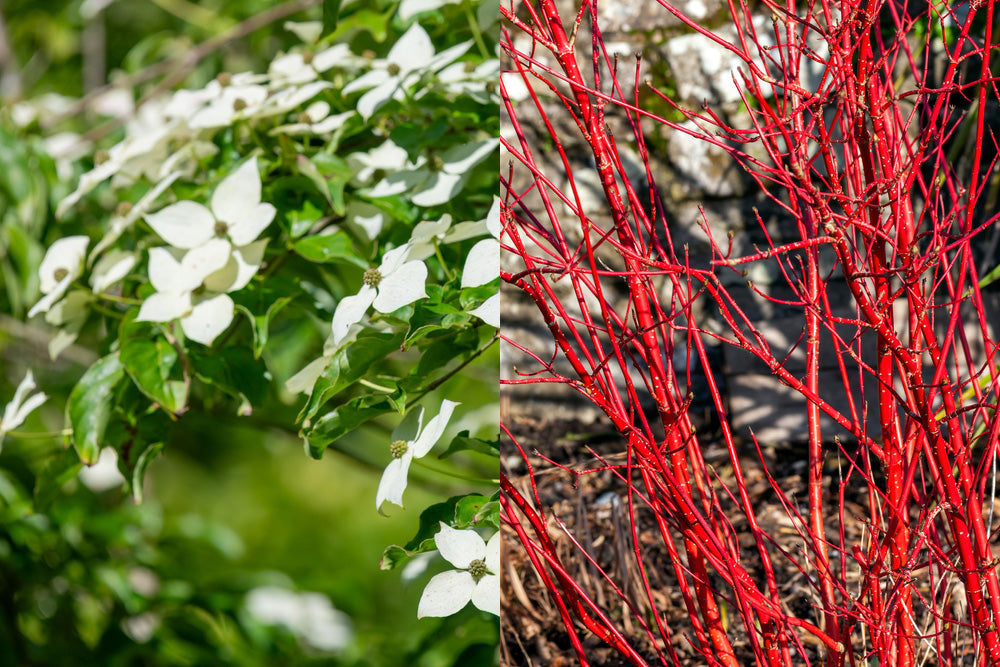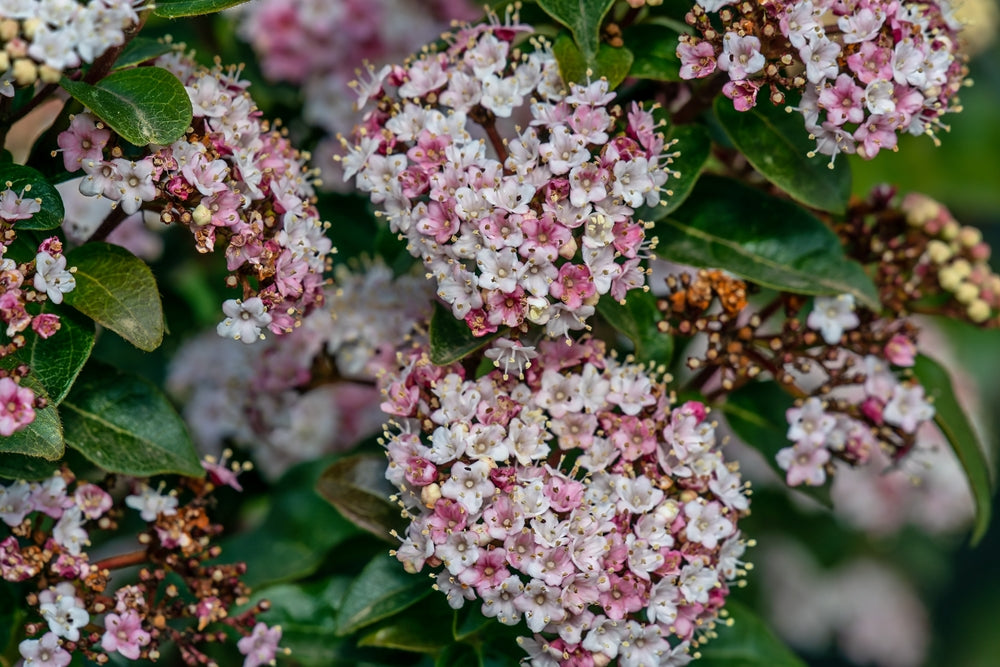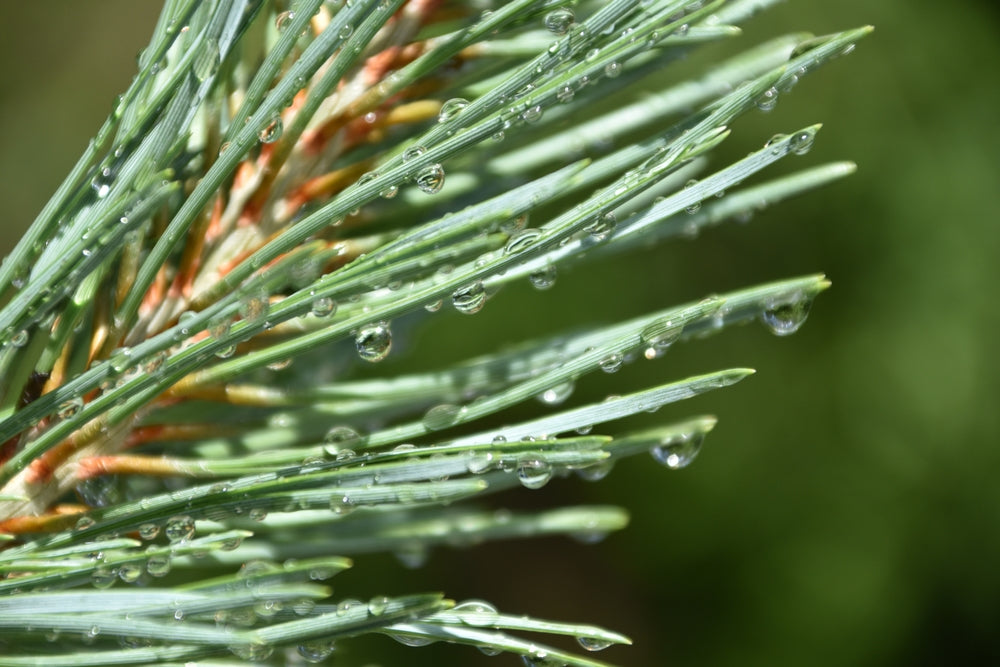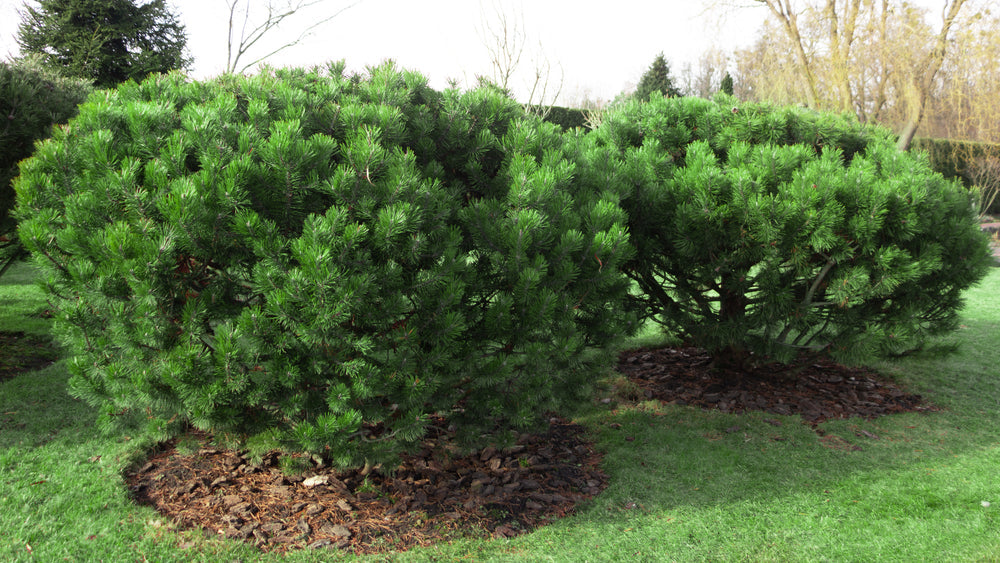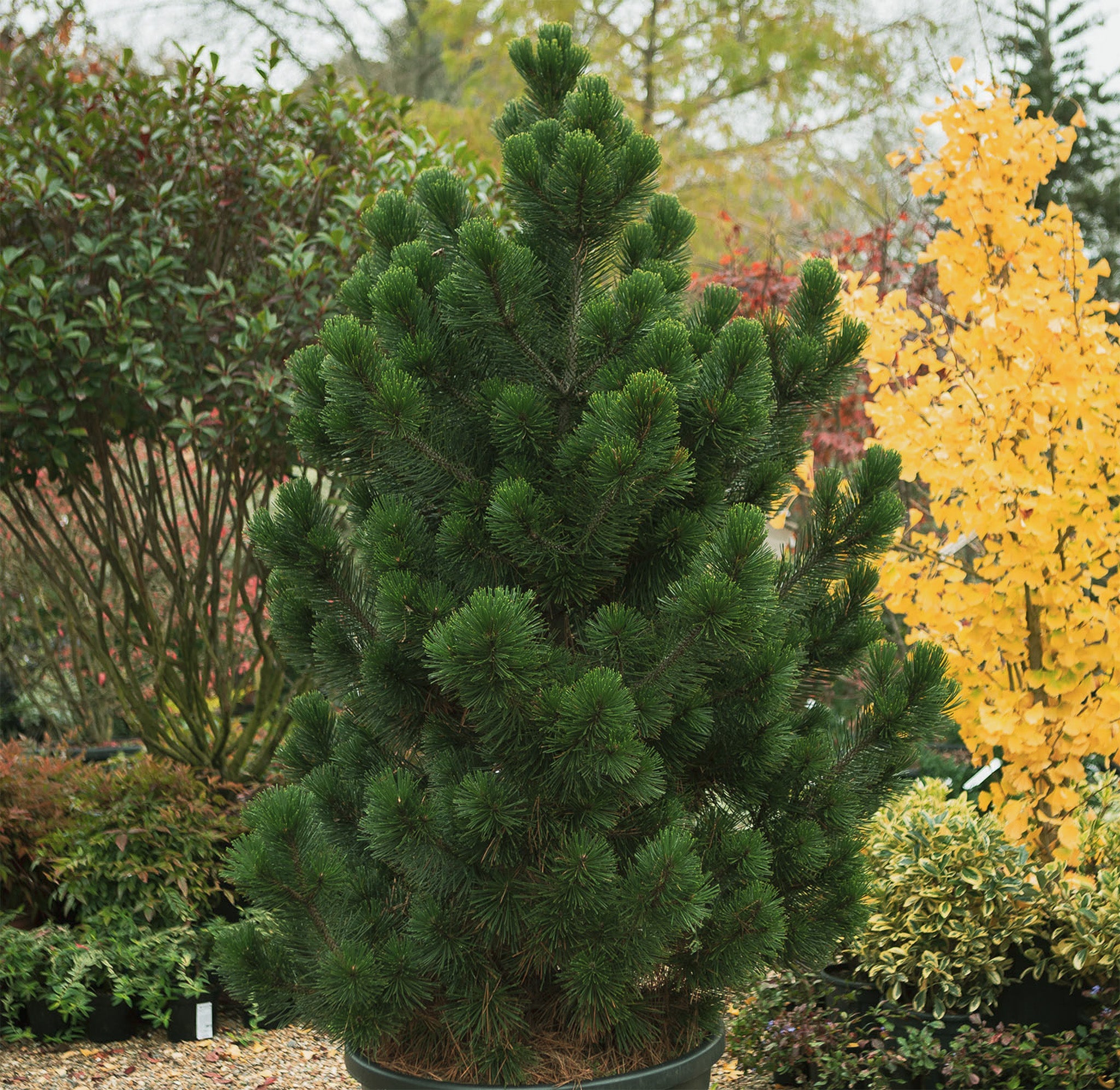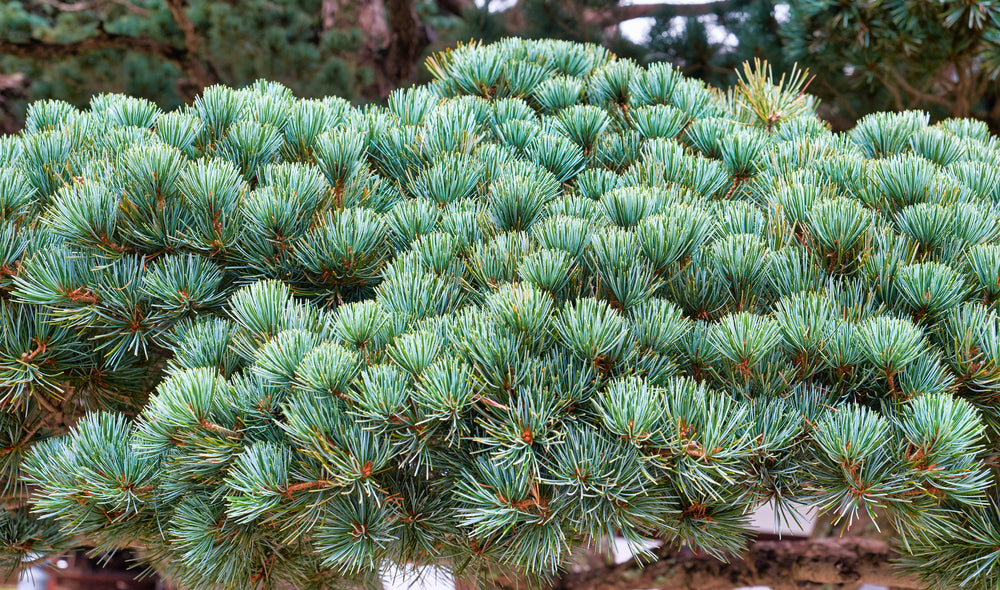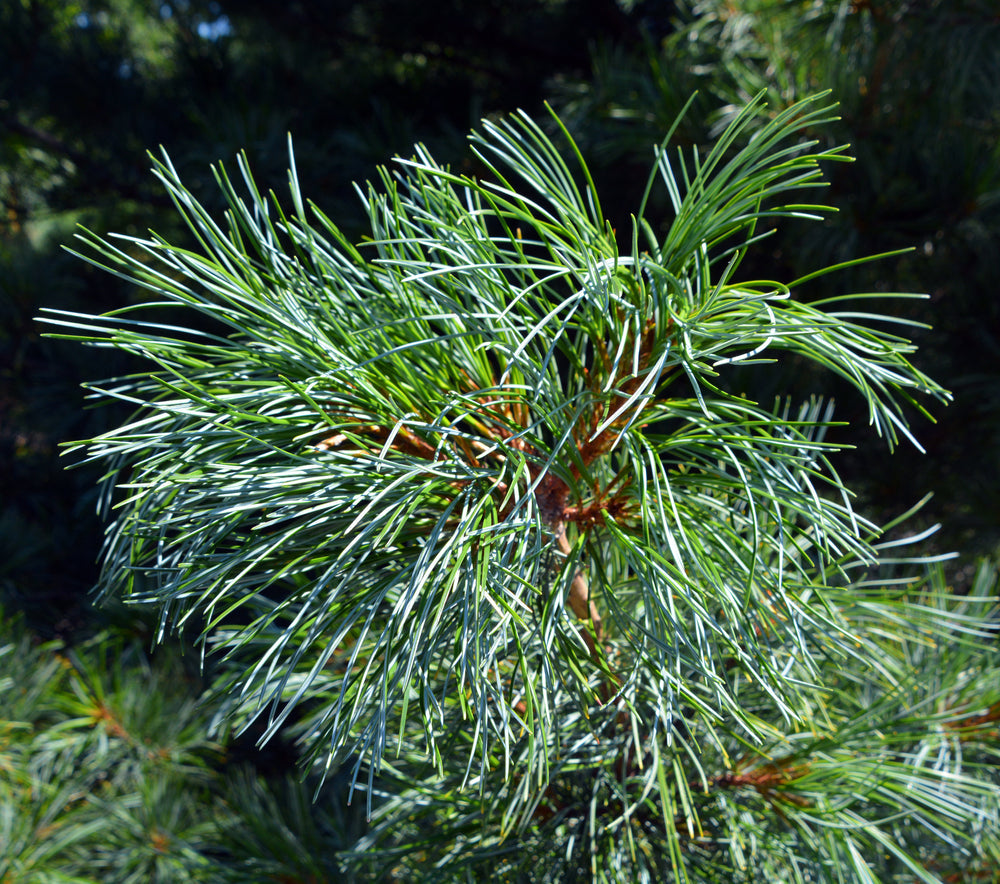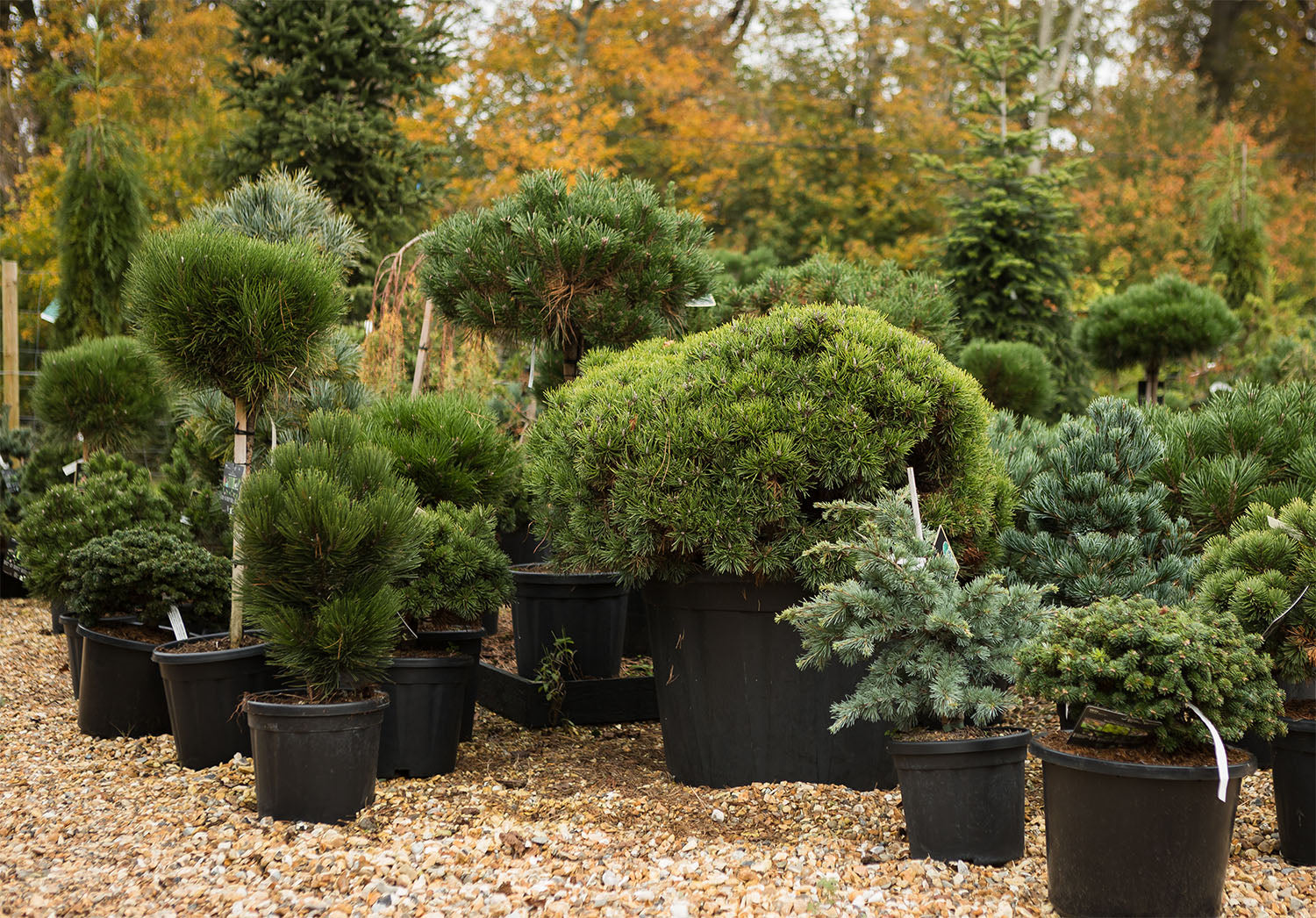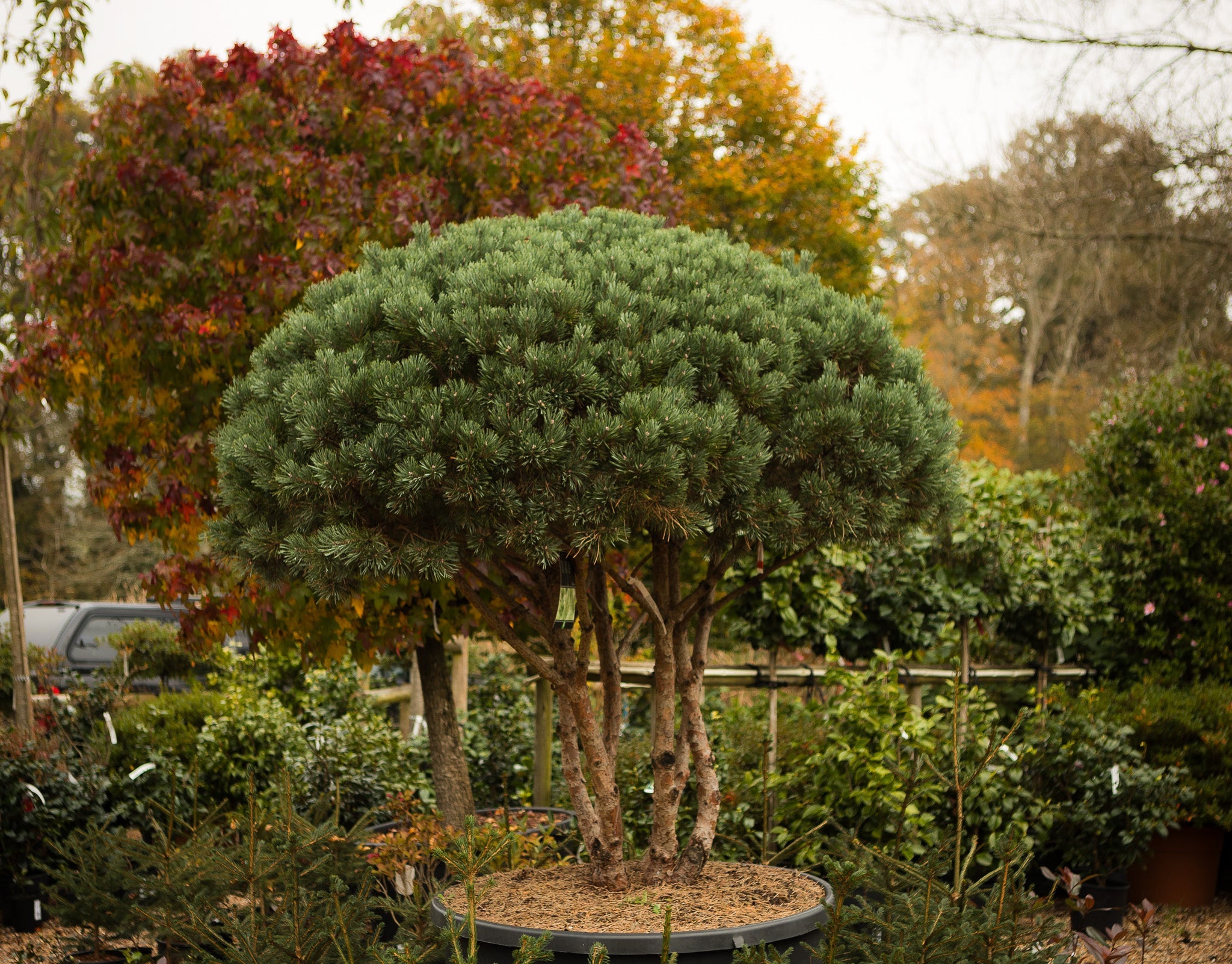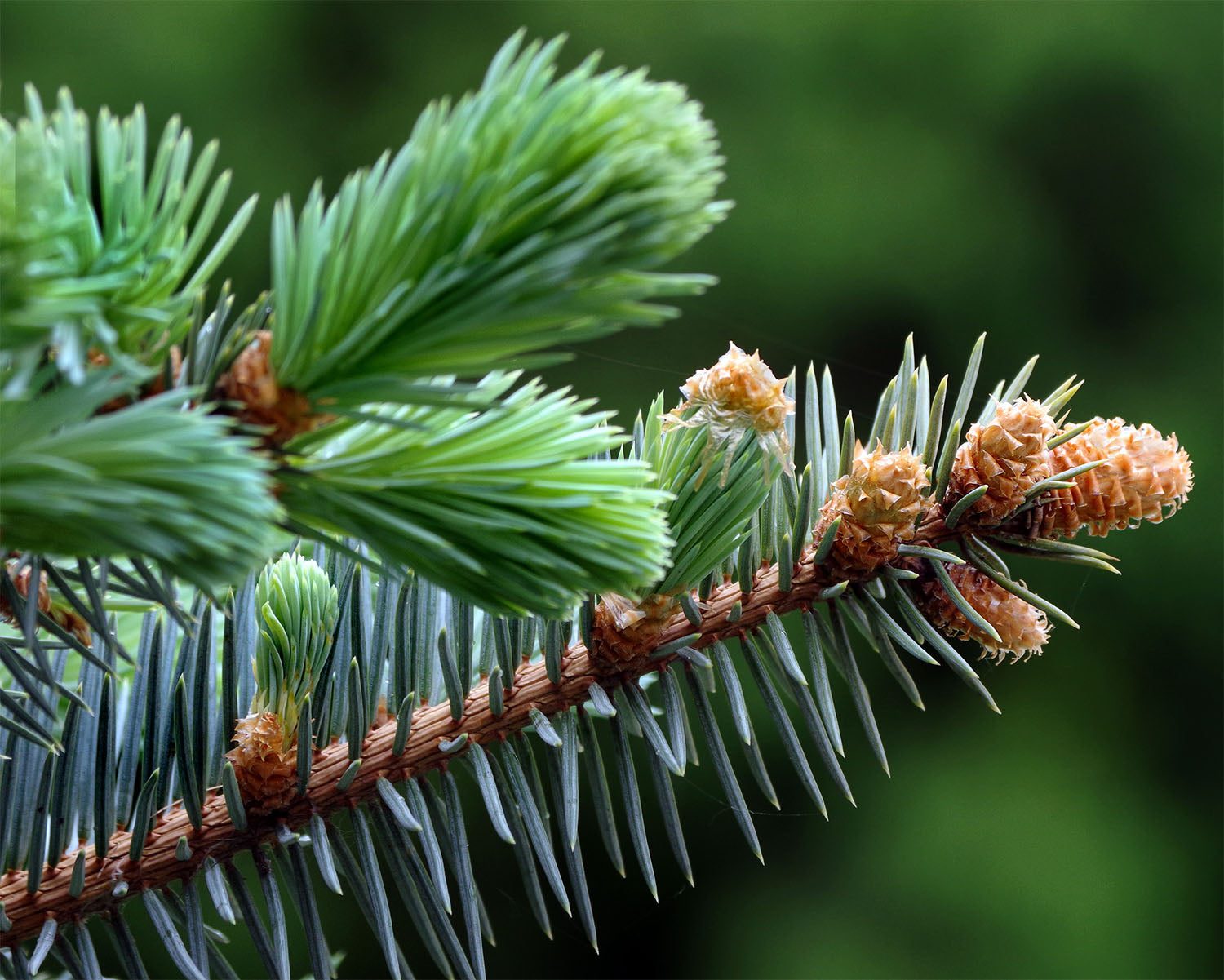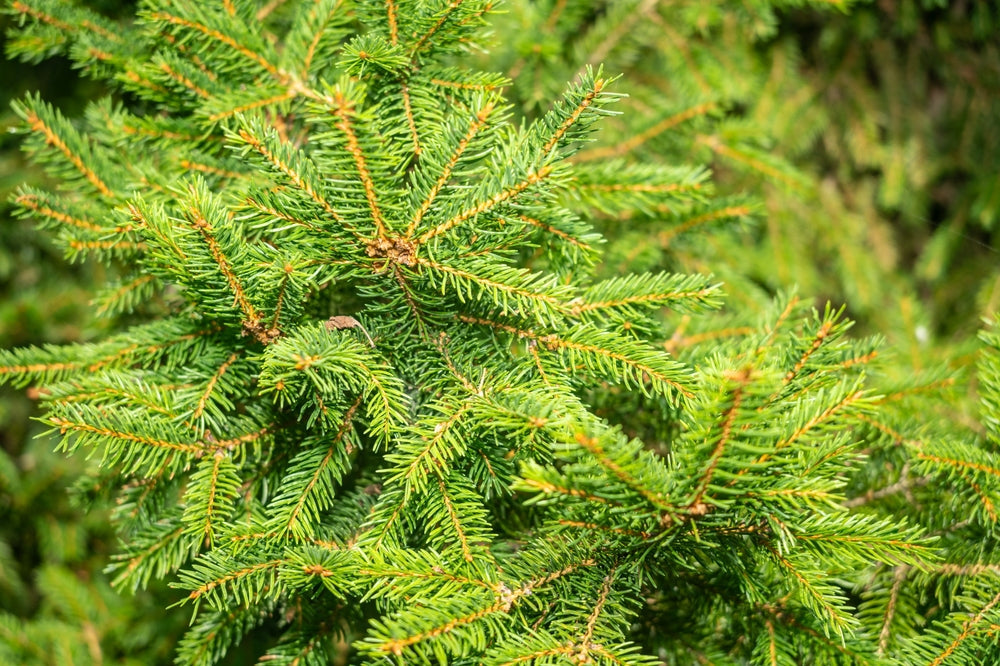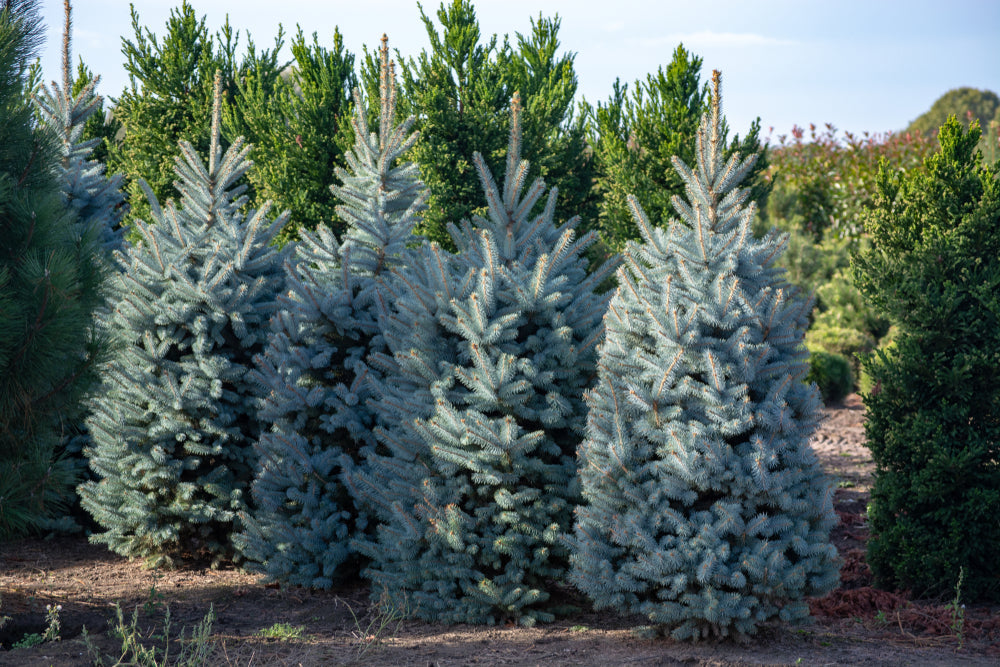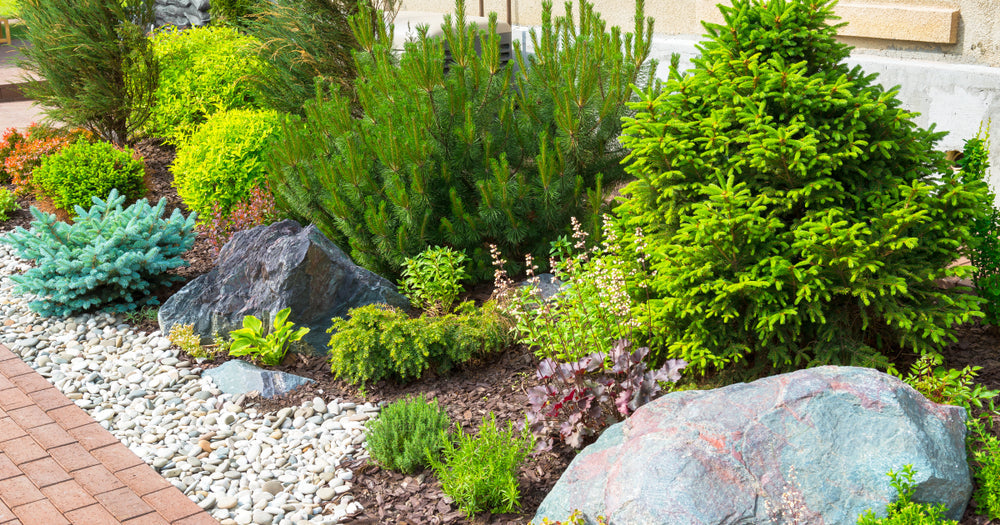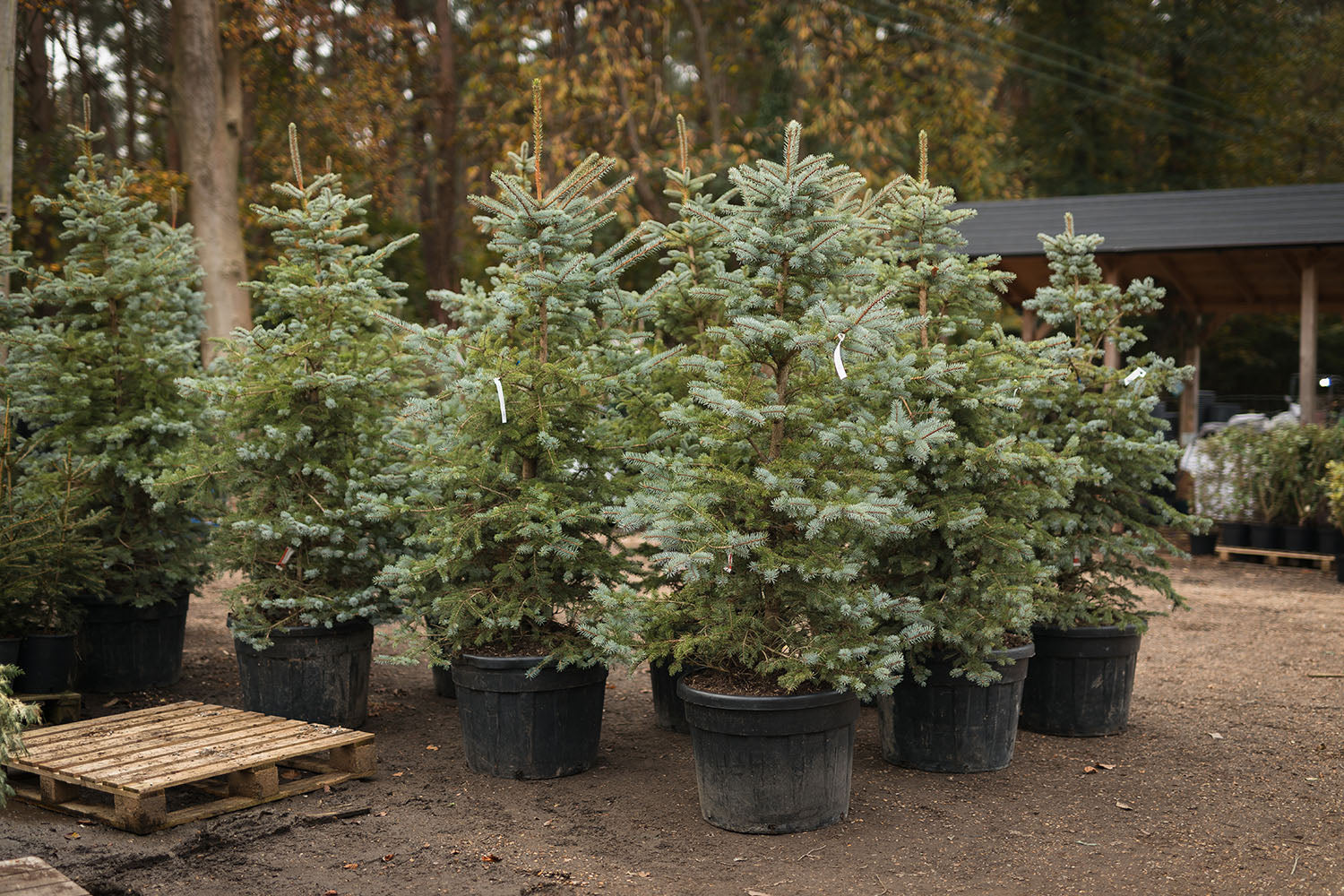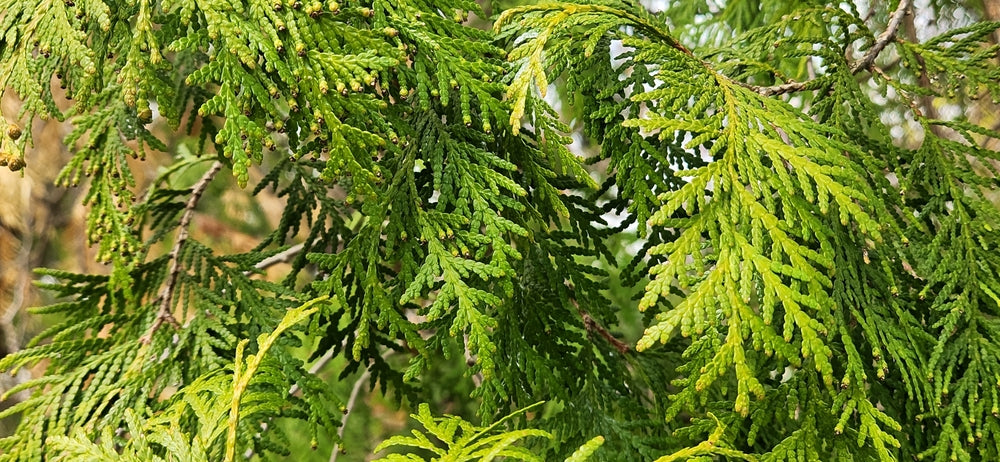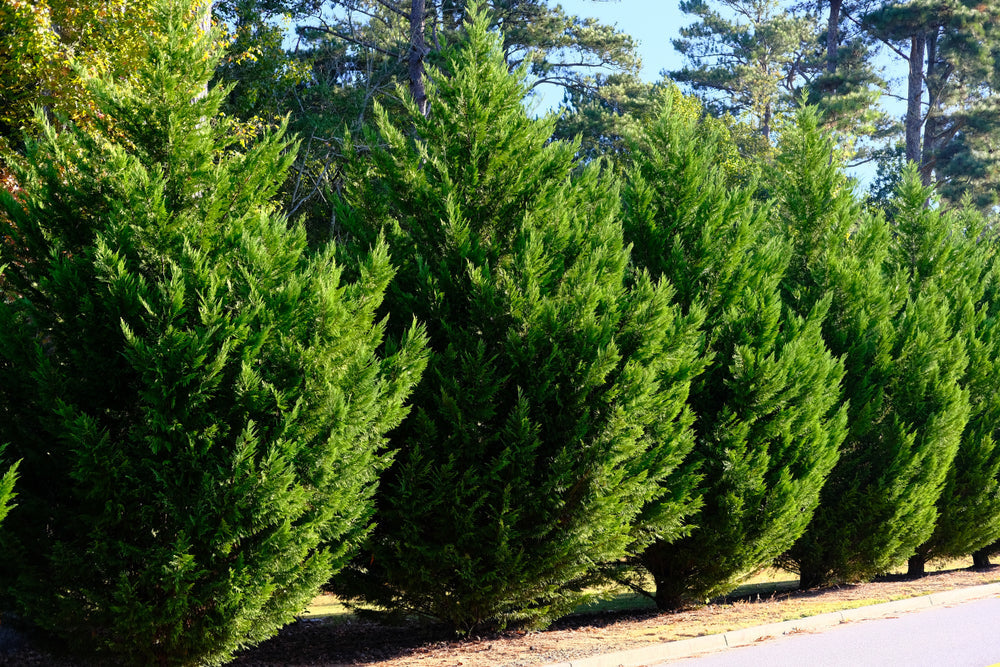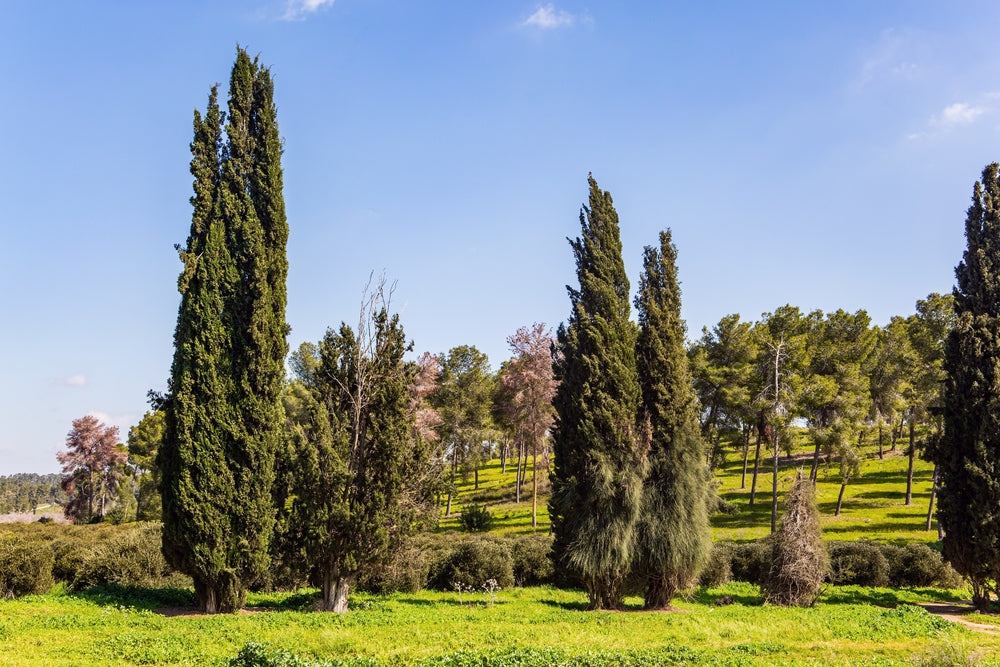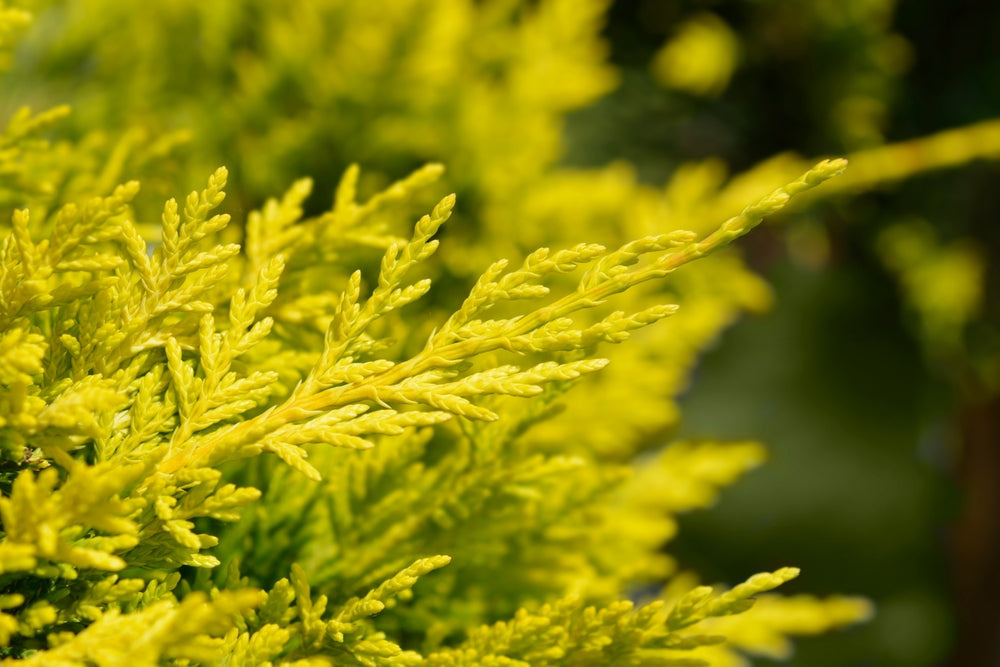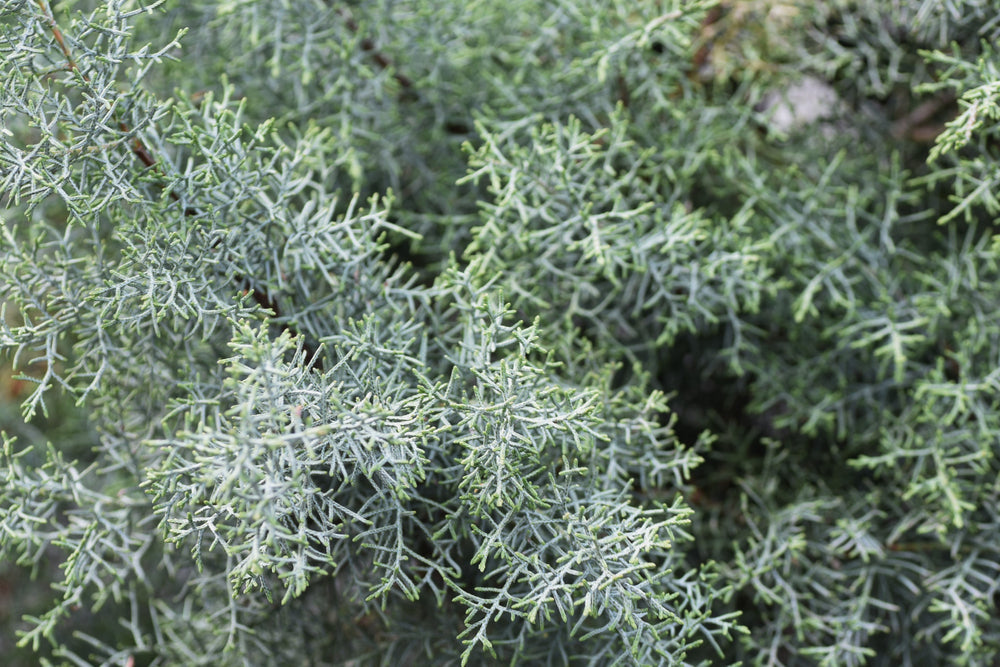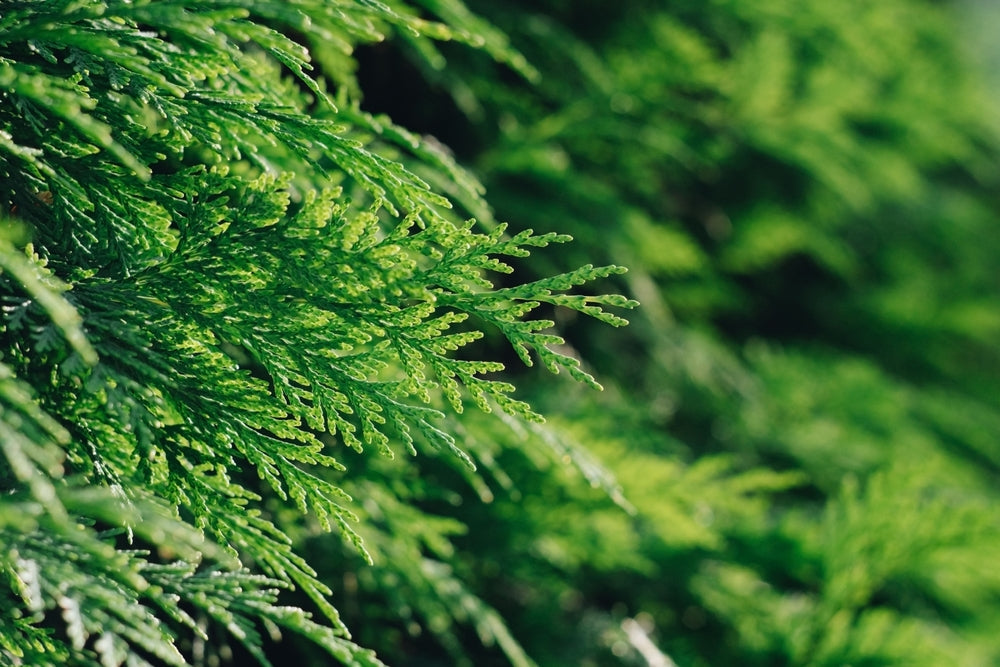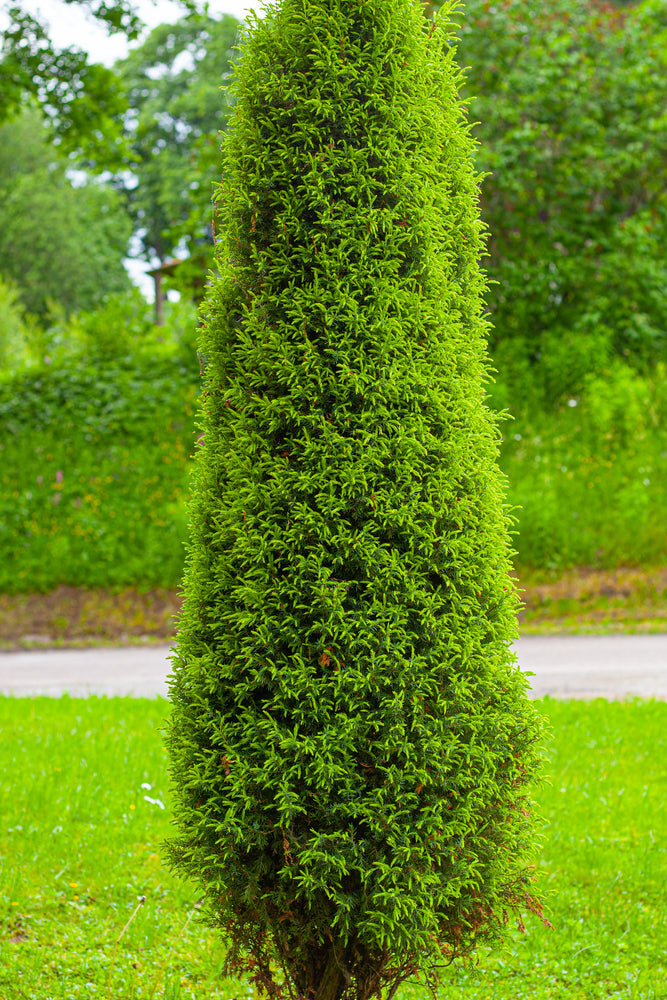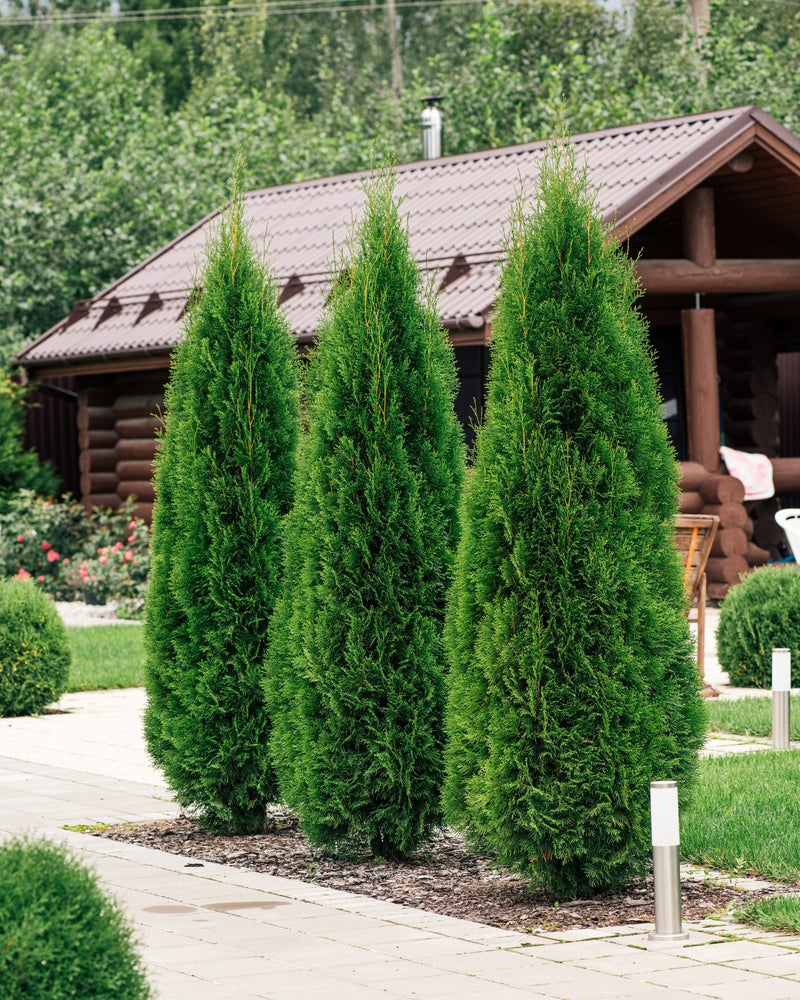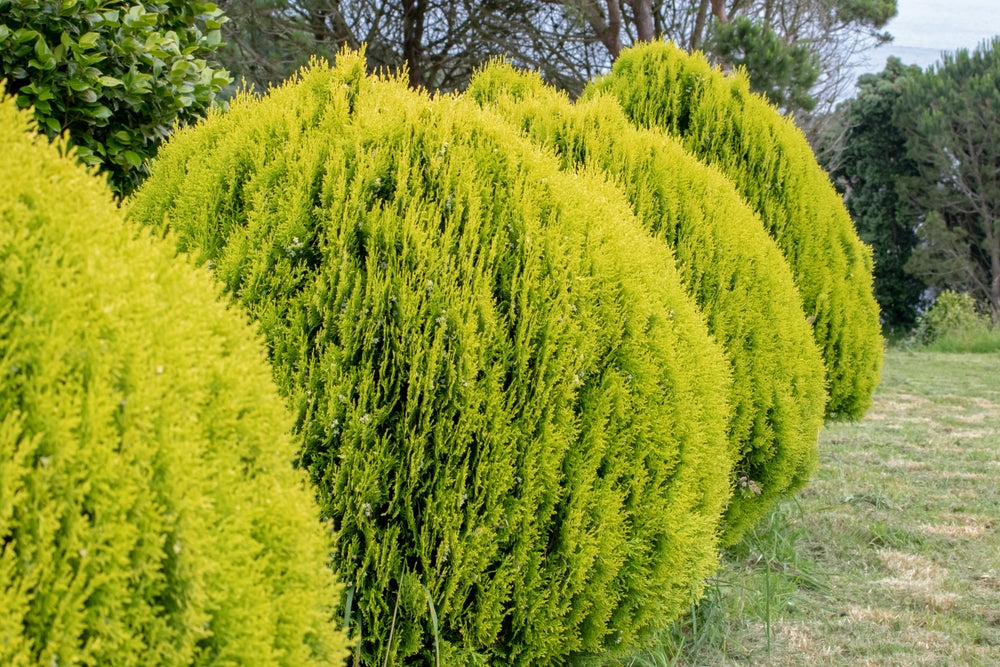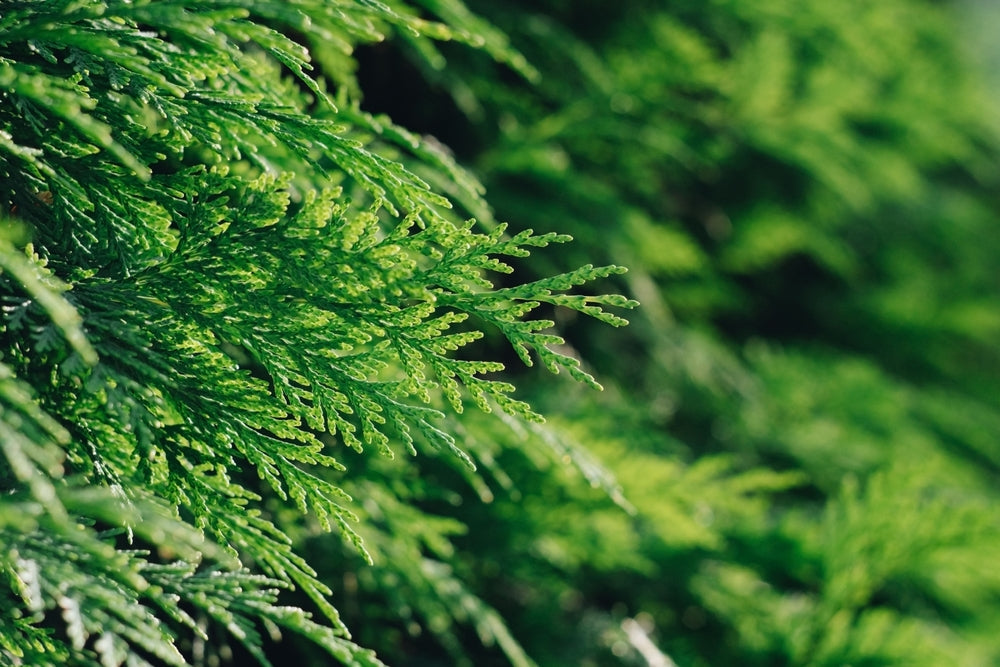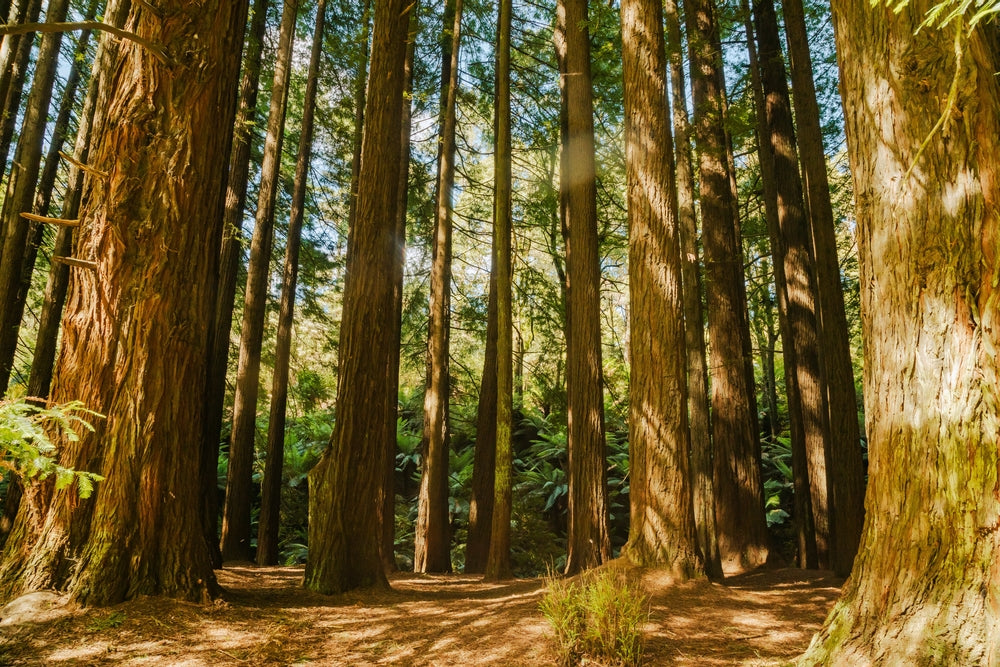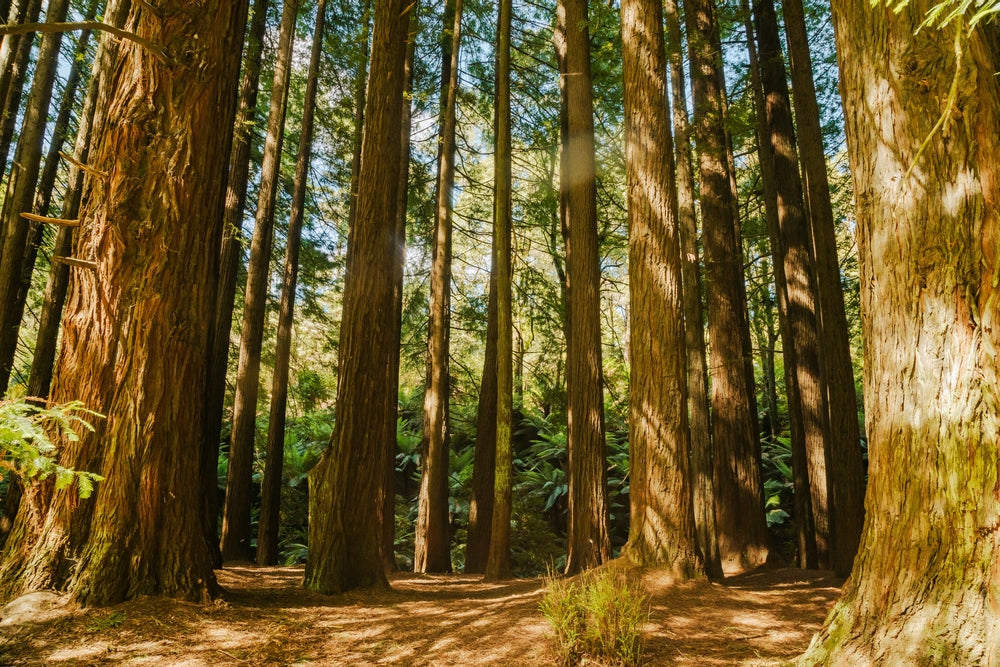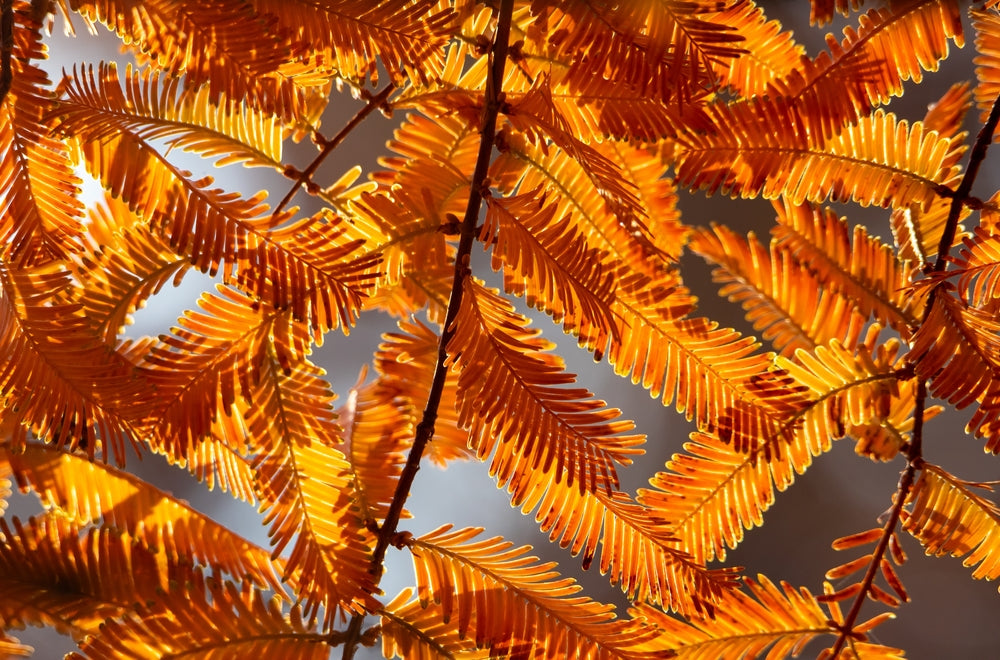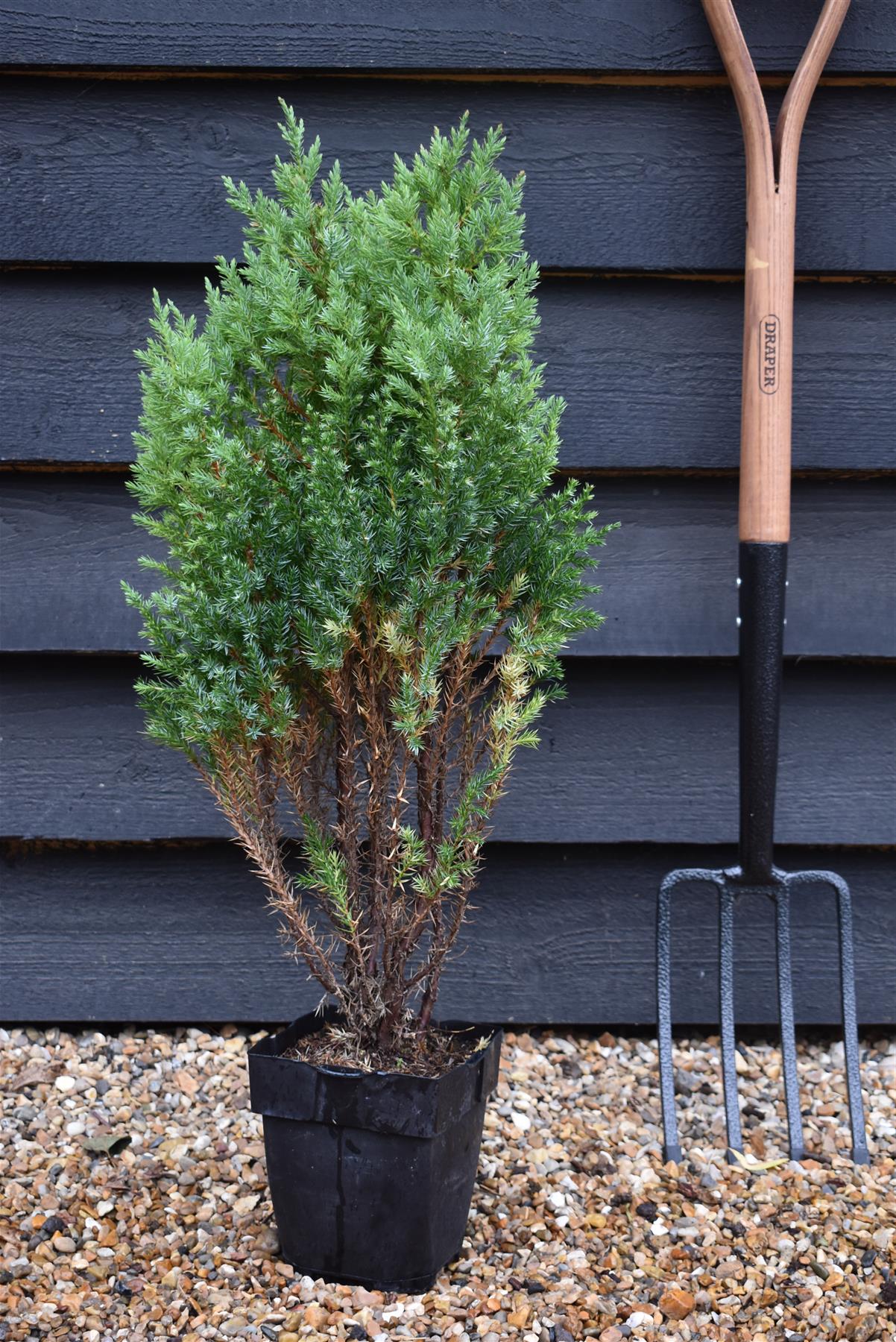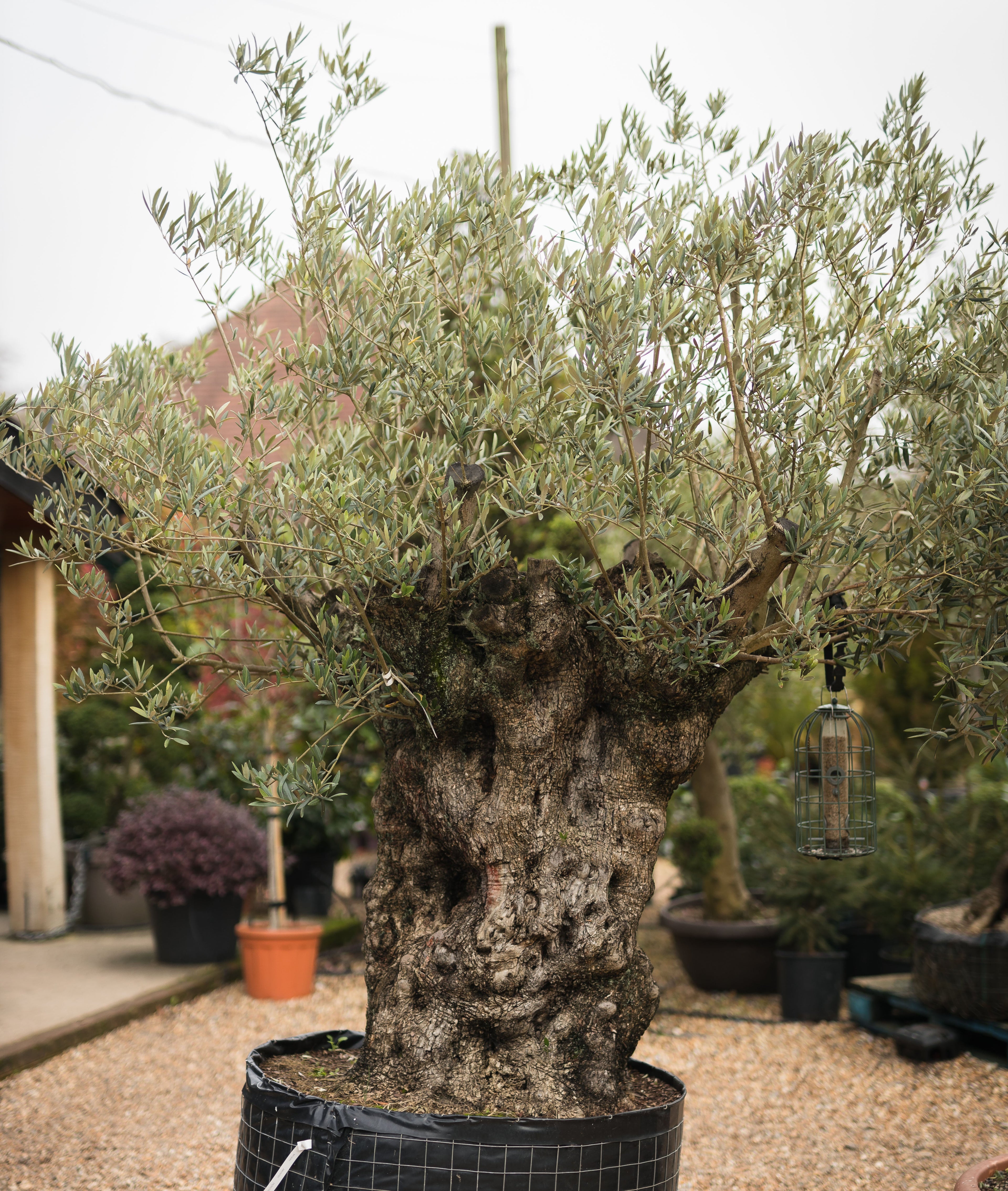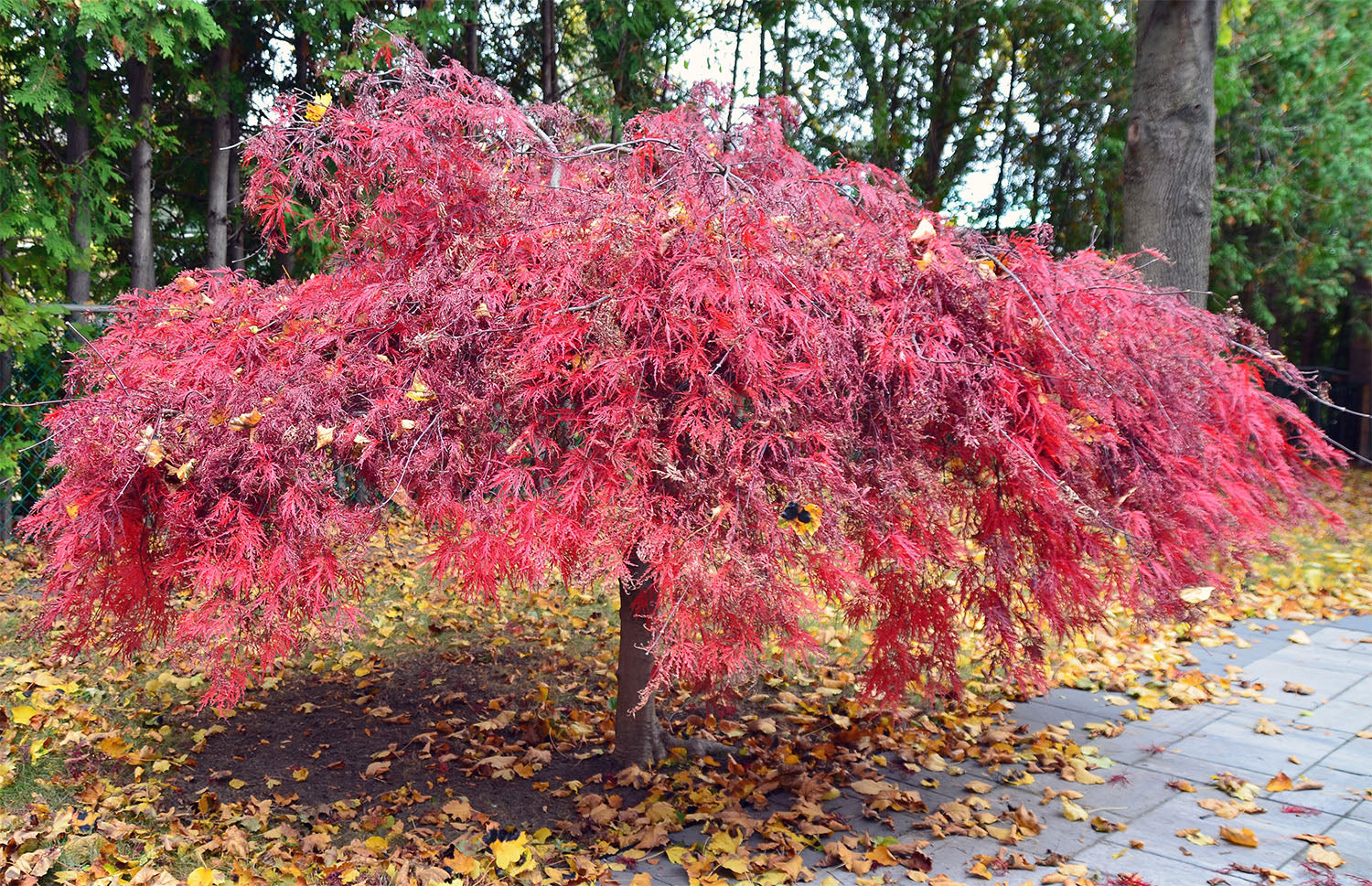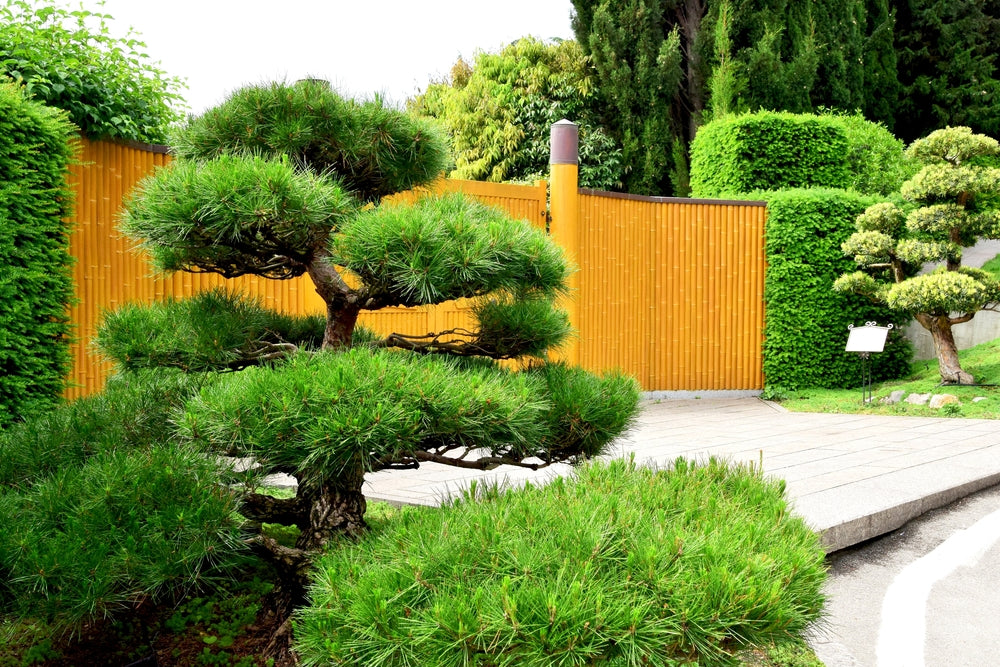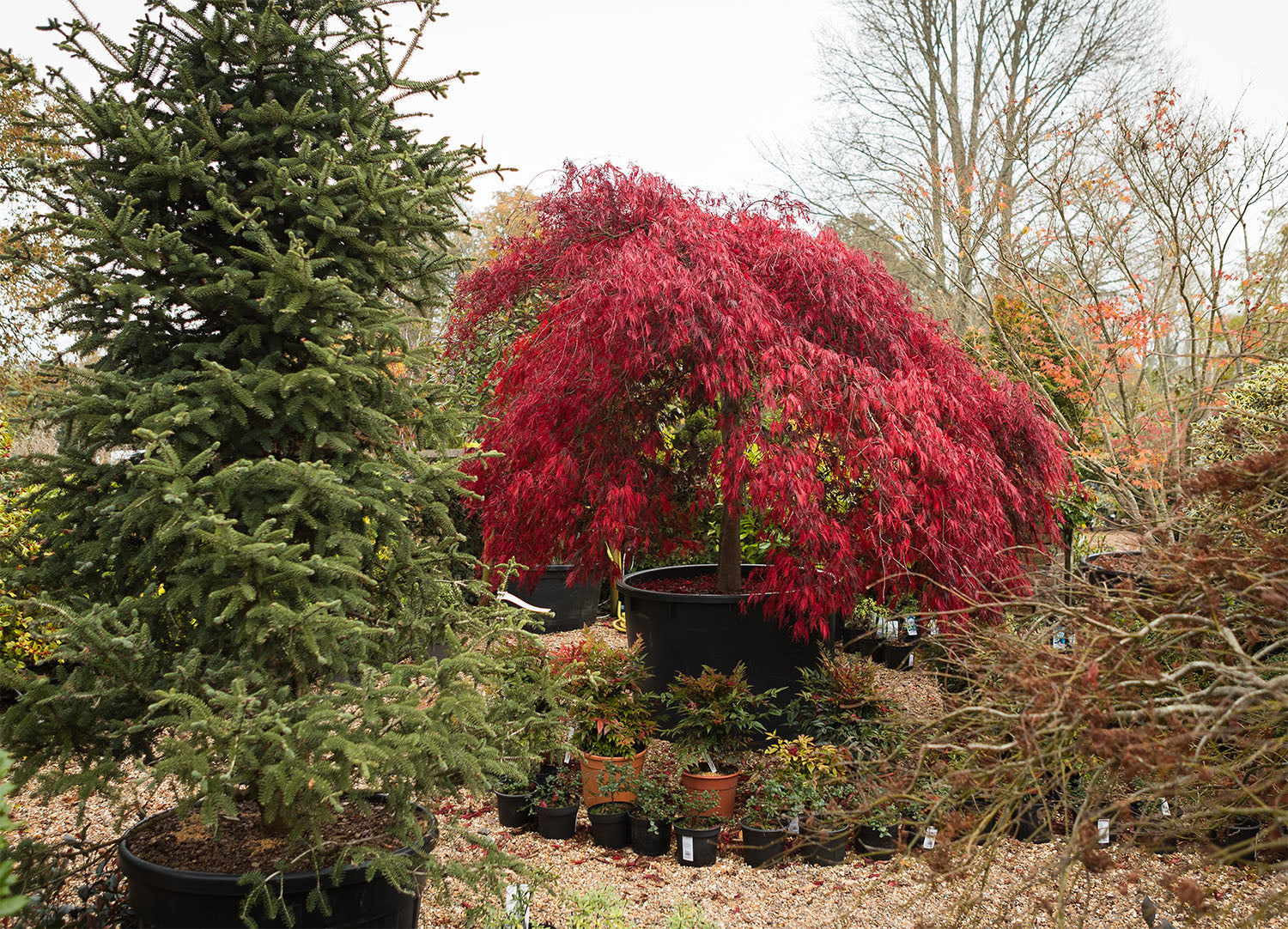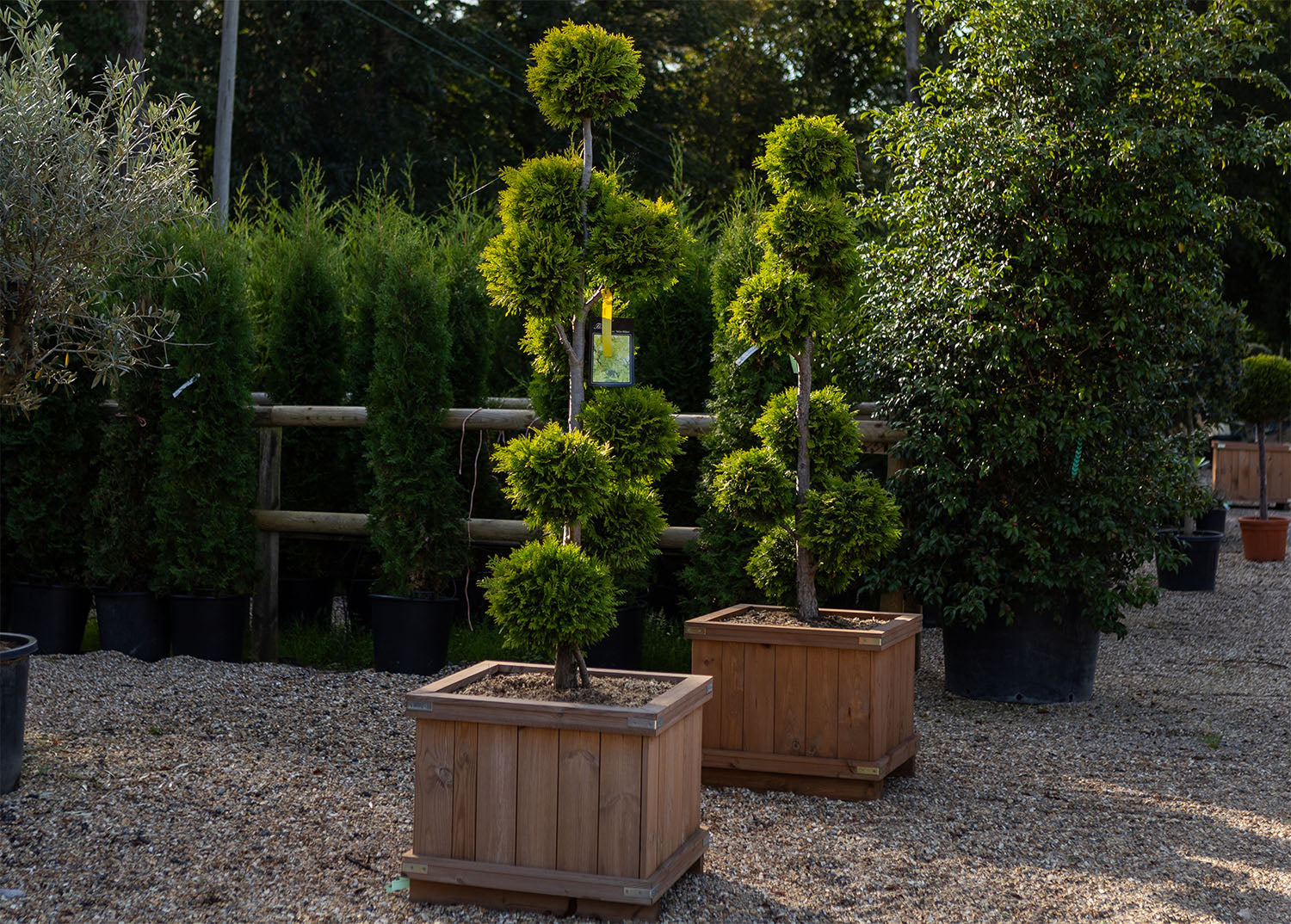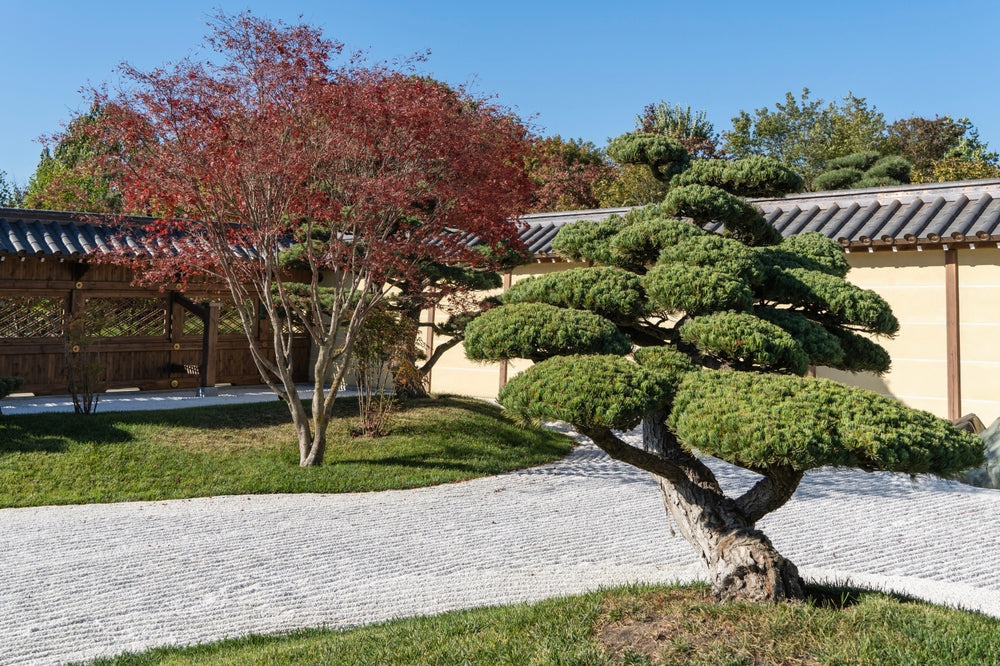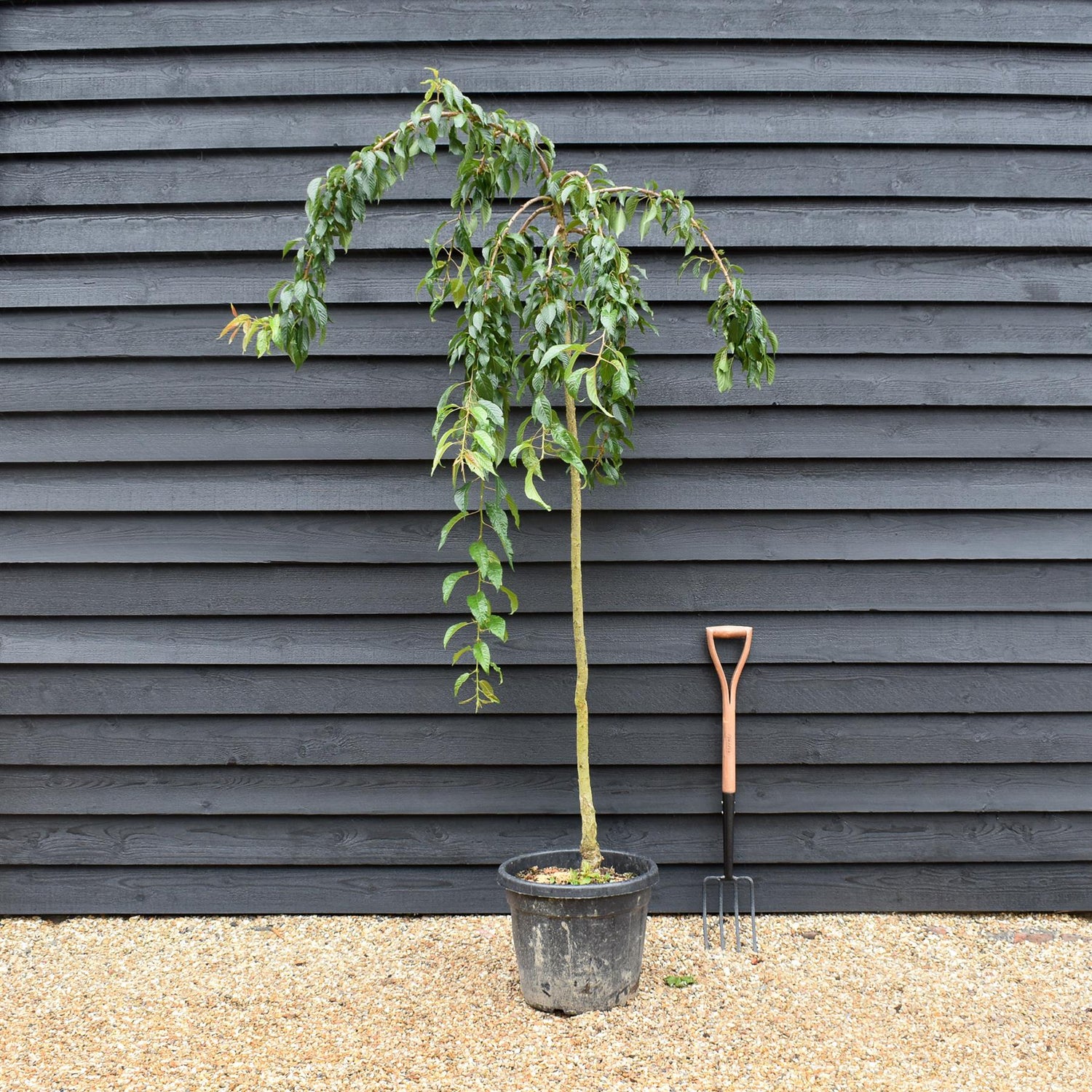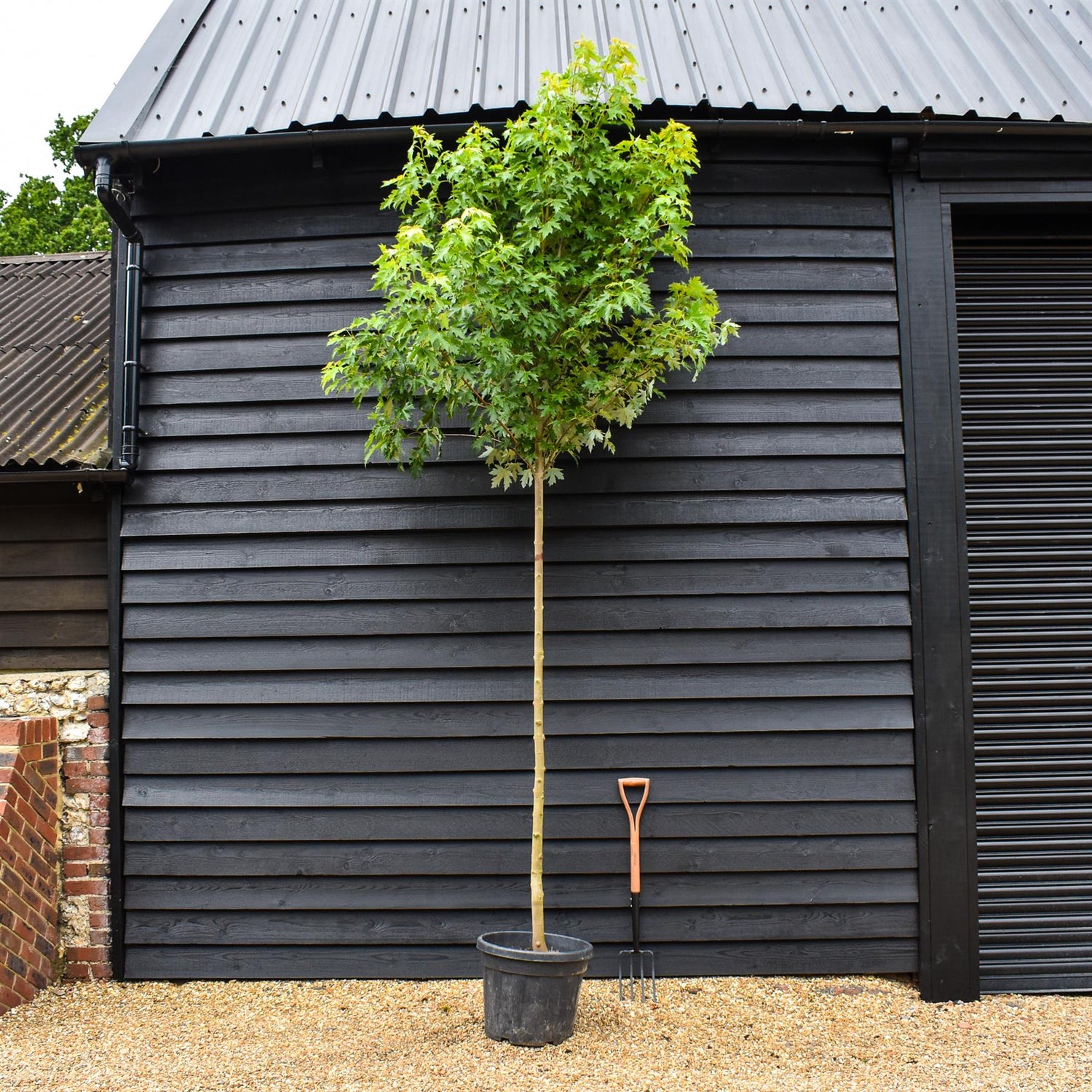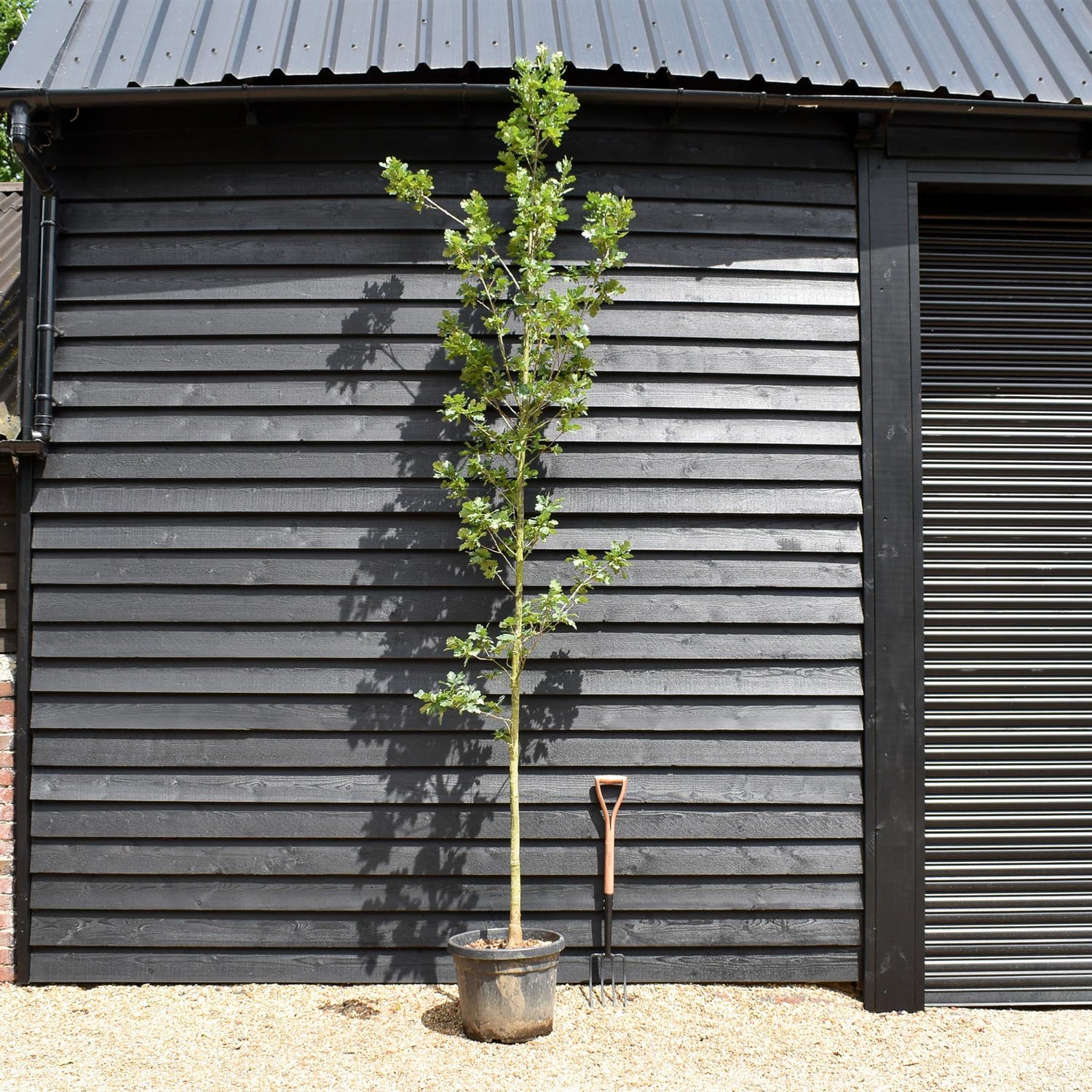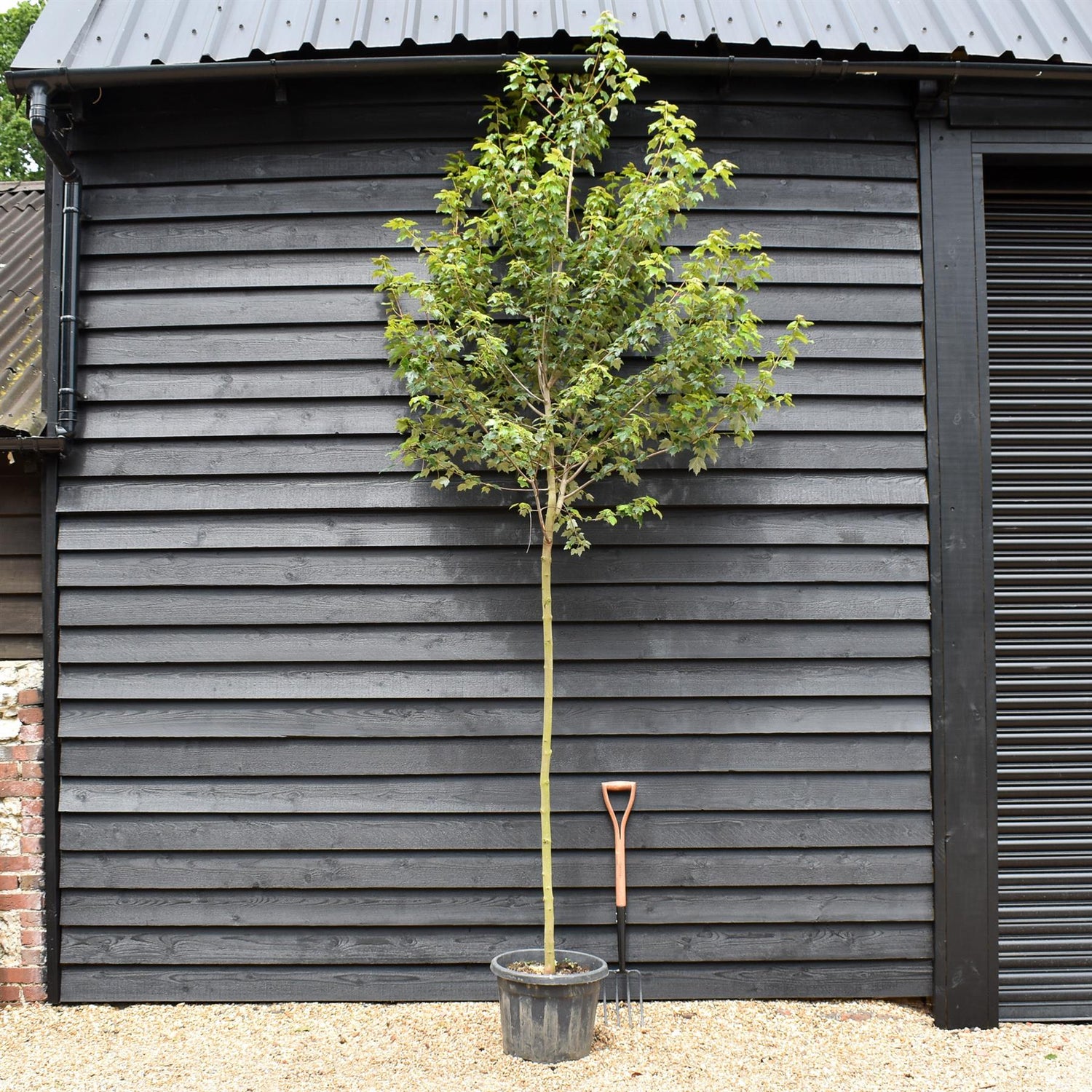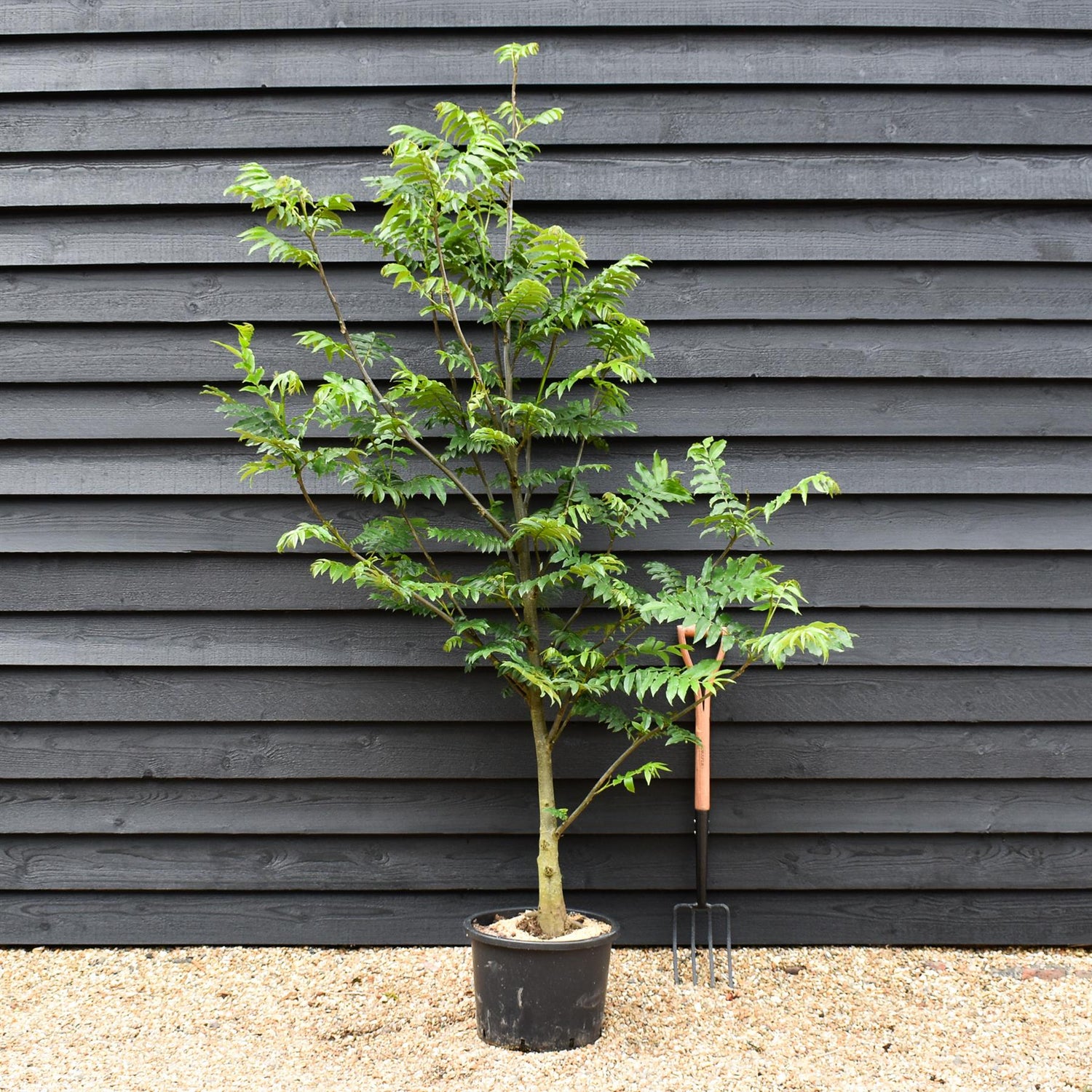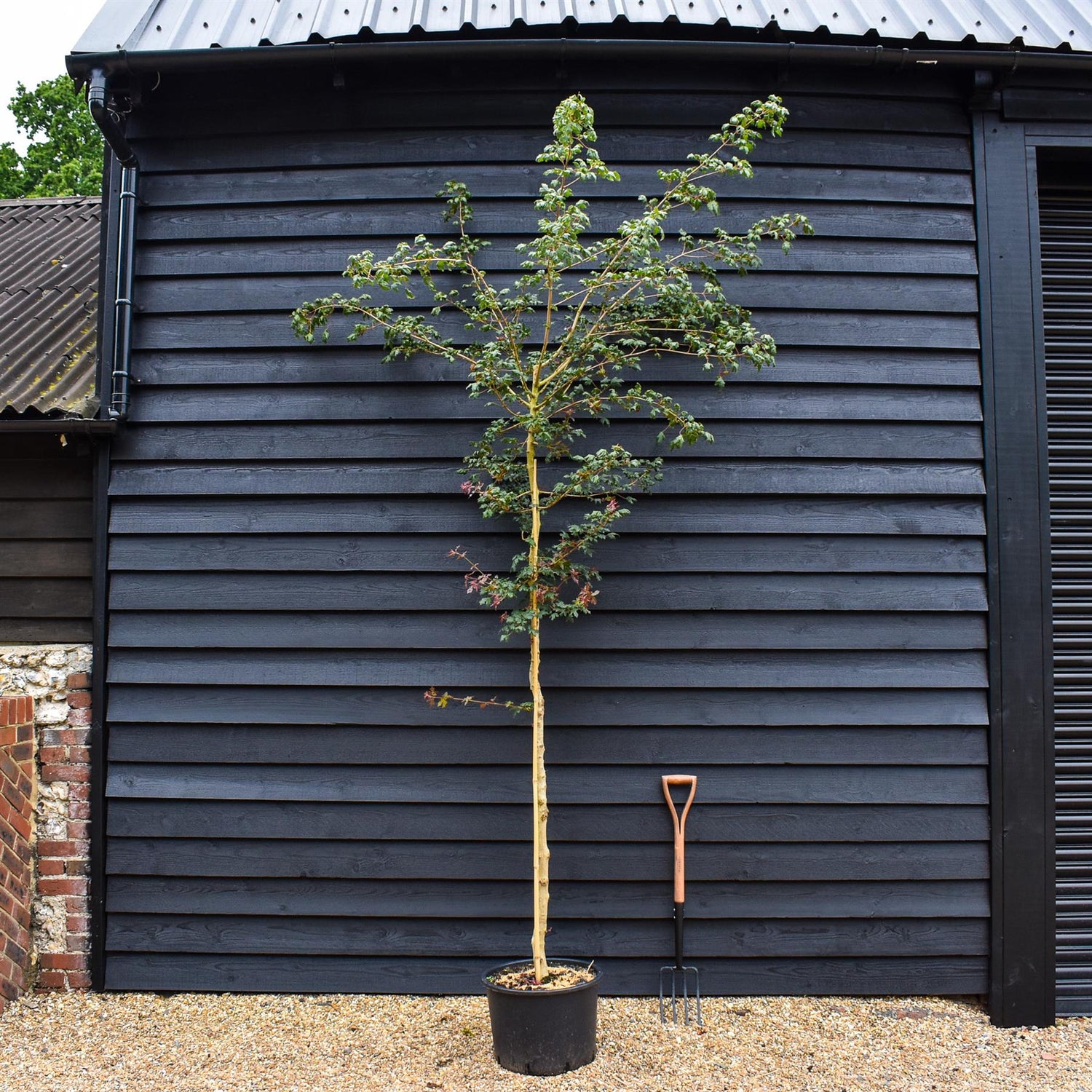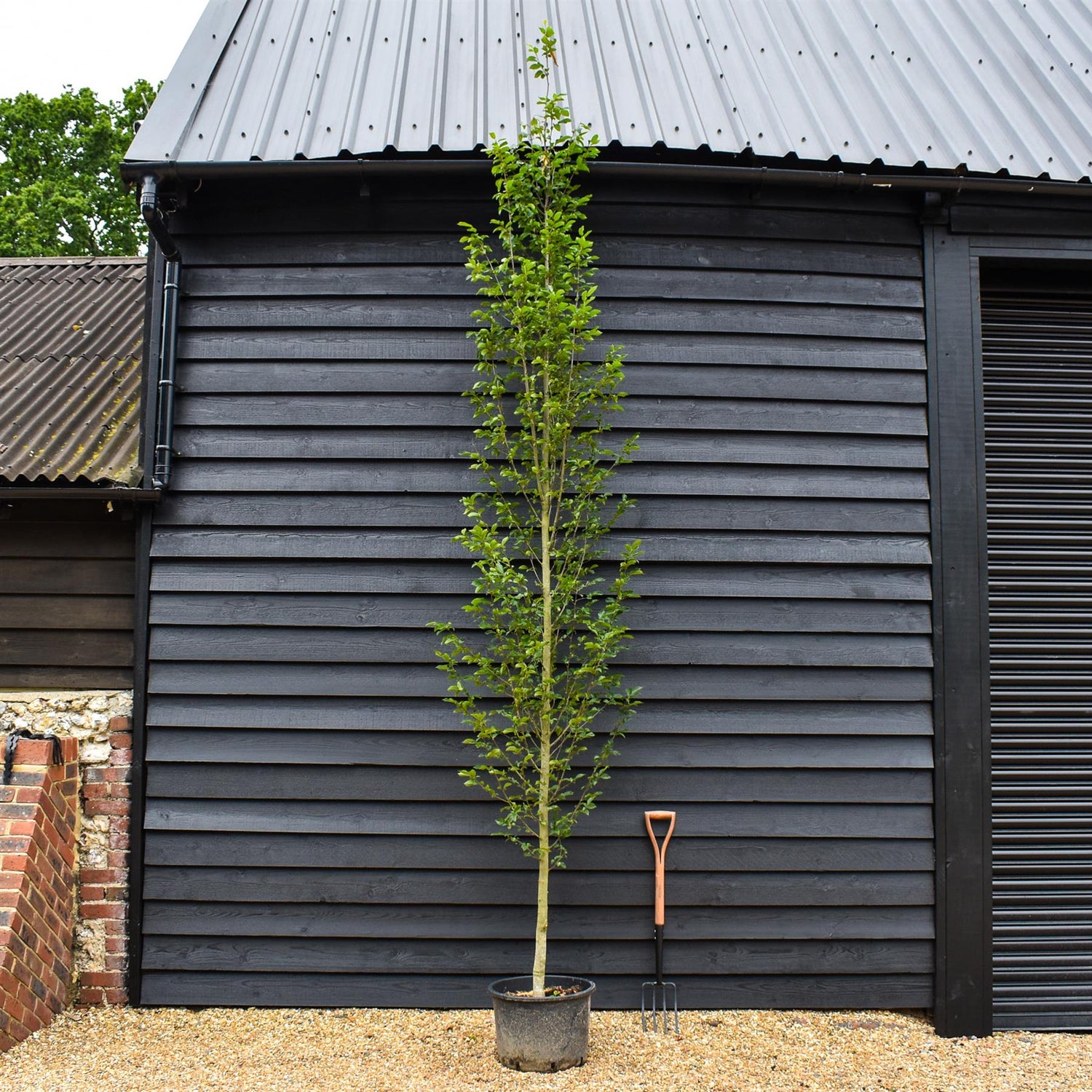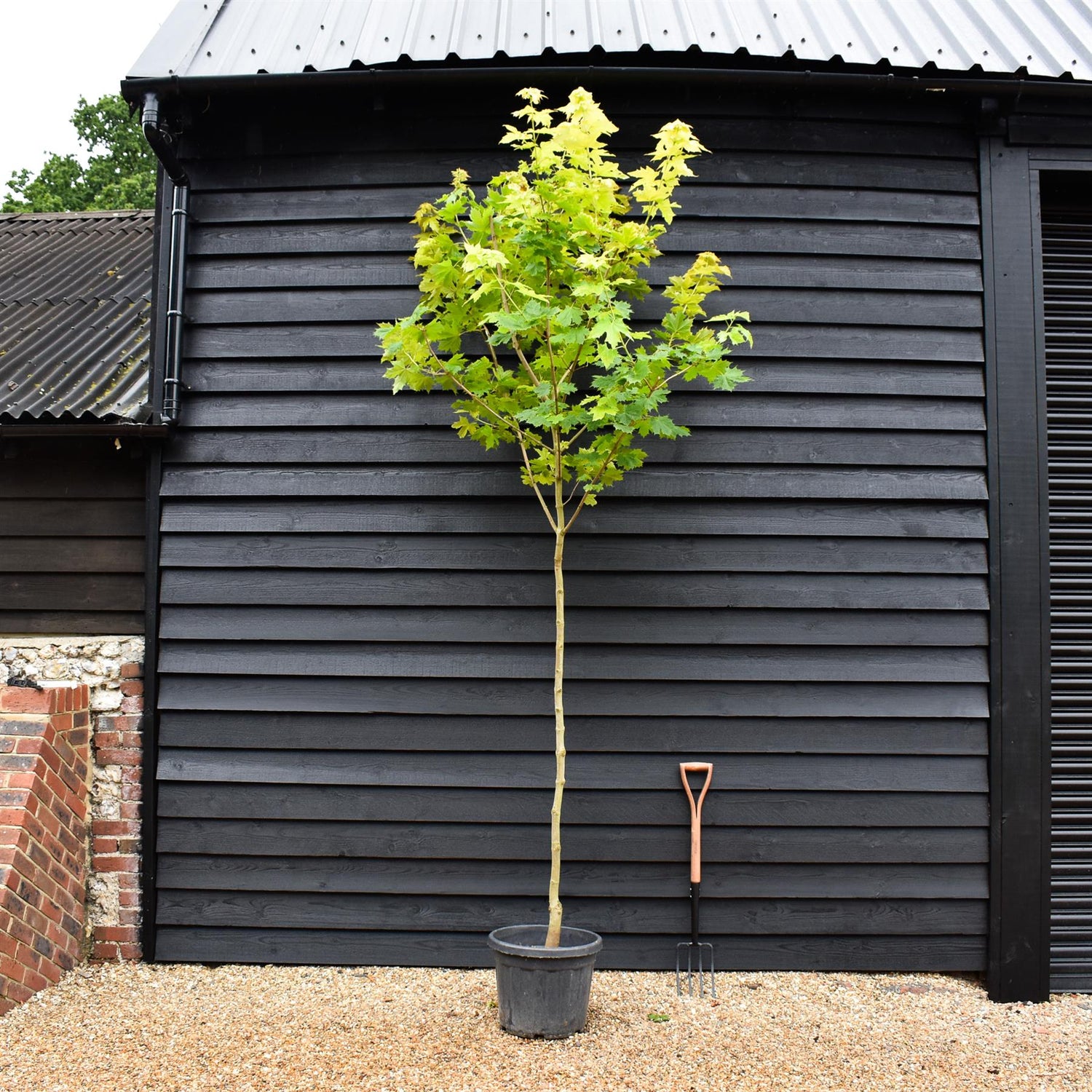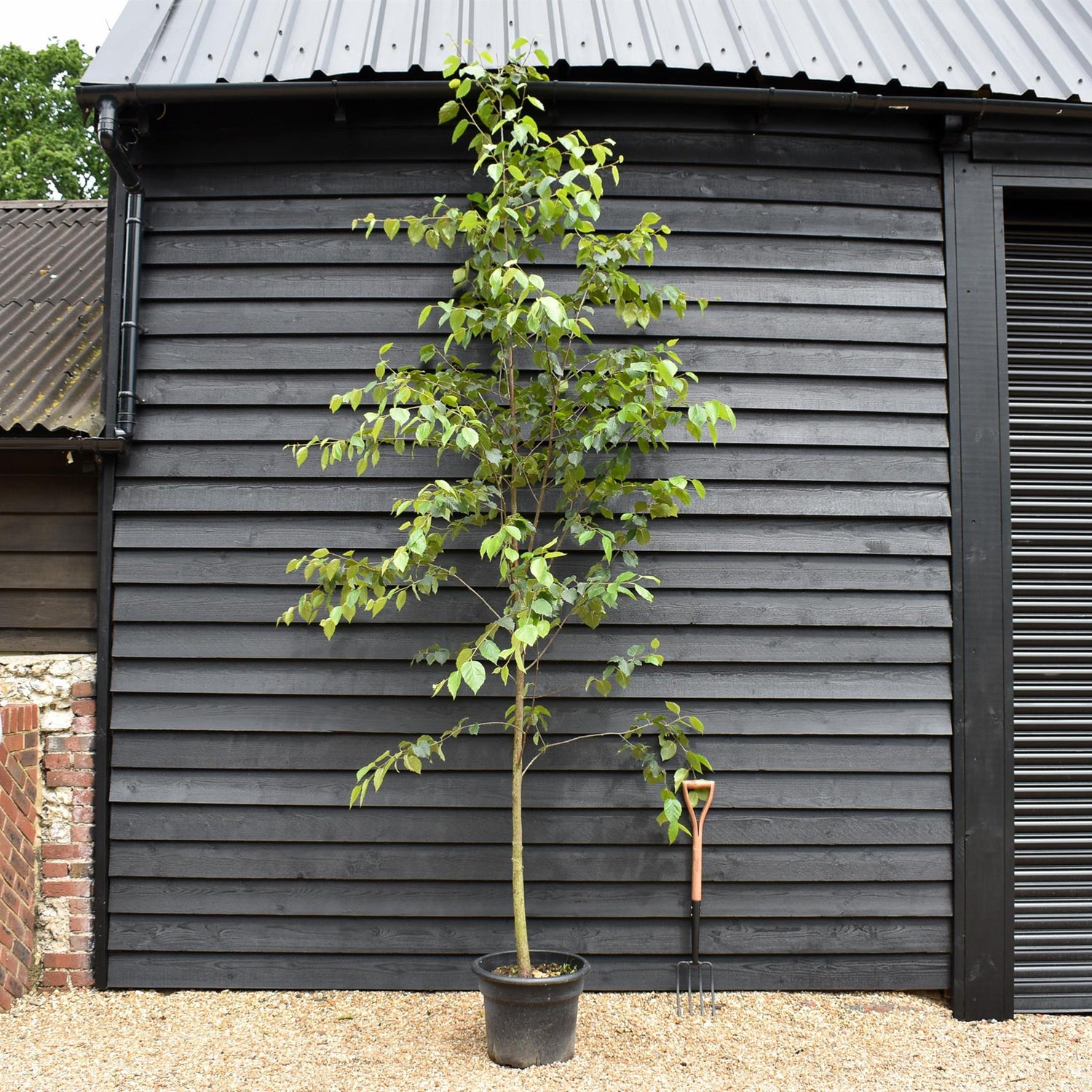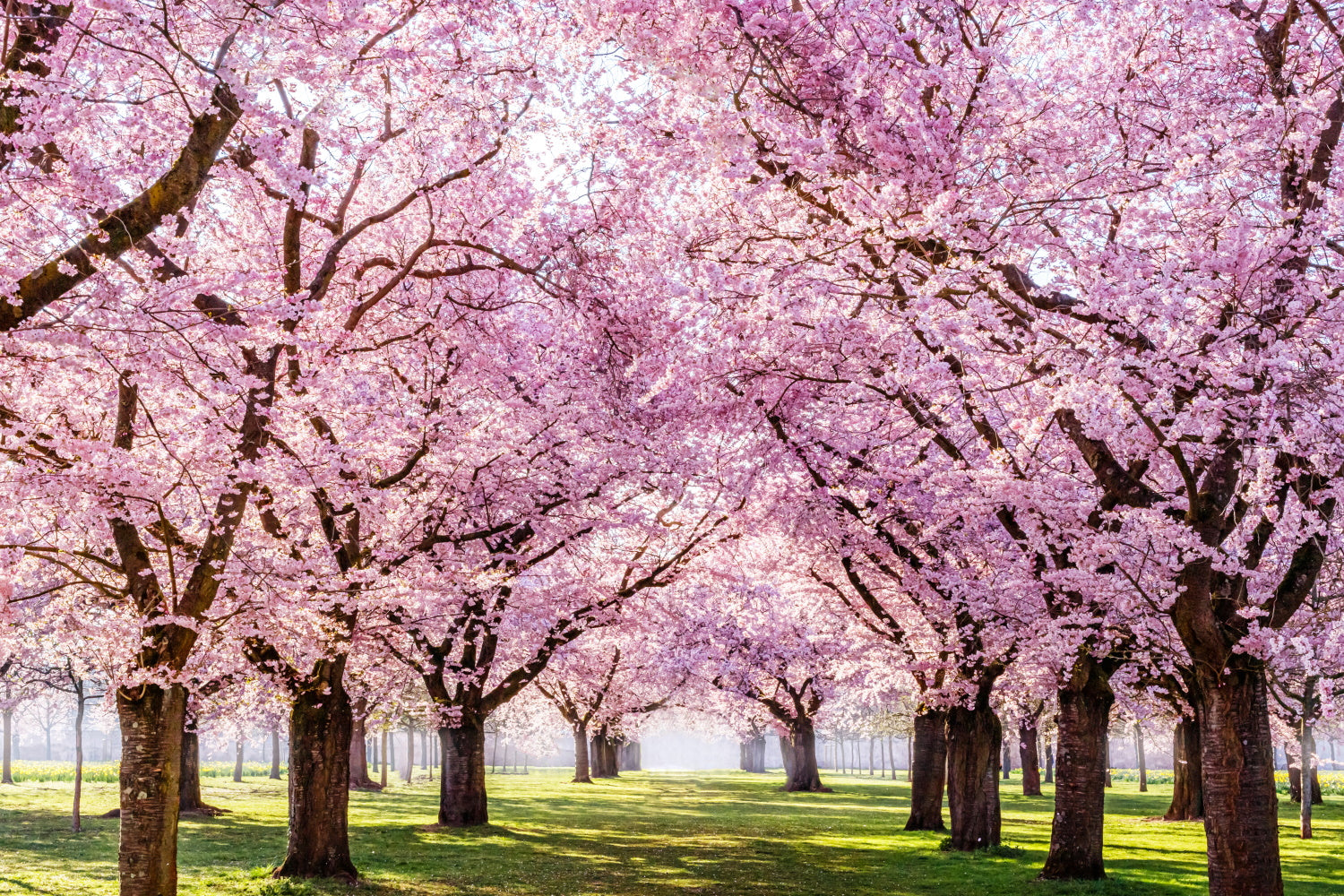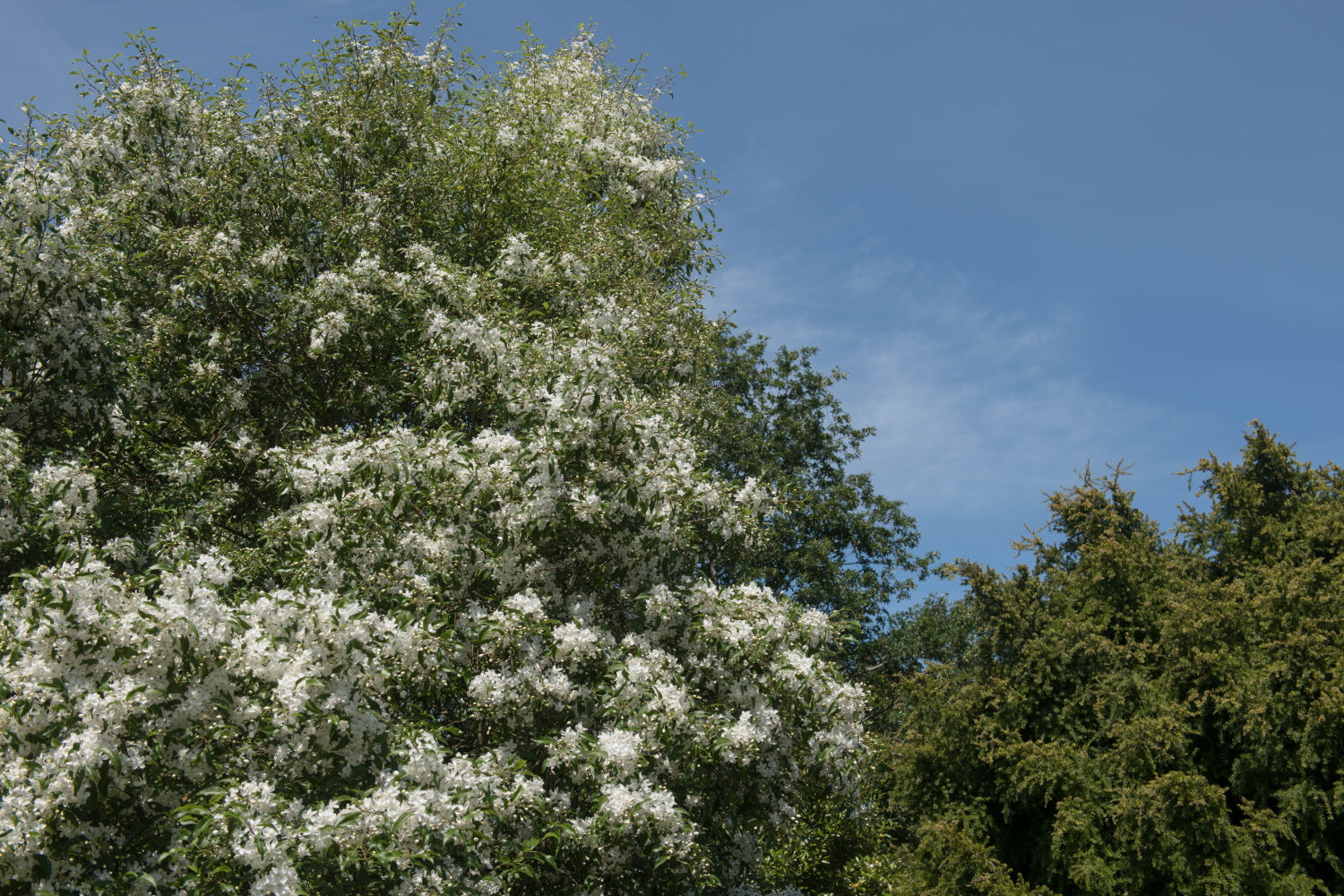196 products
196 products
Sort by:
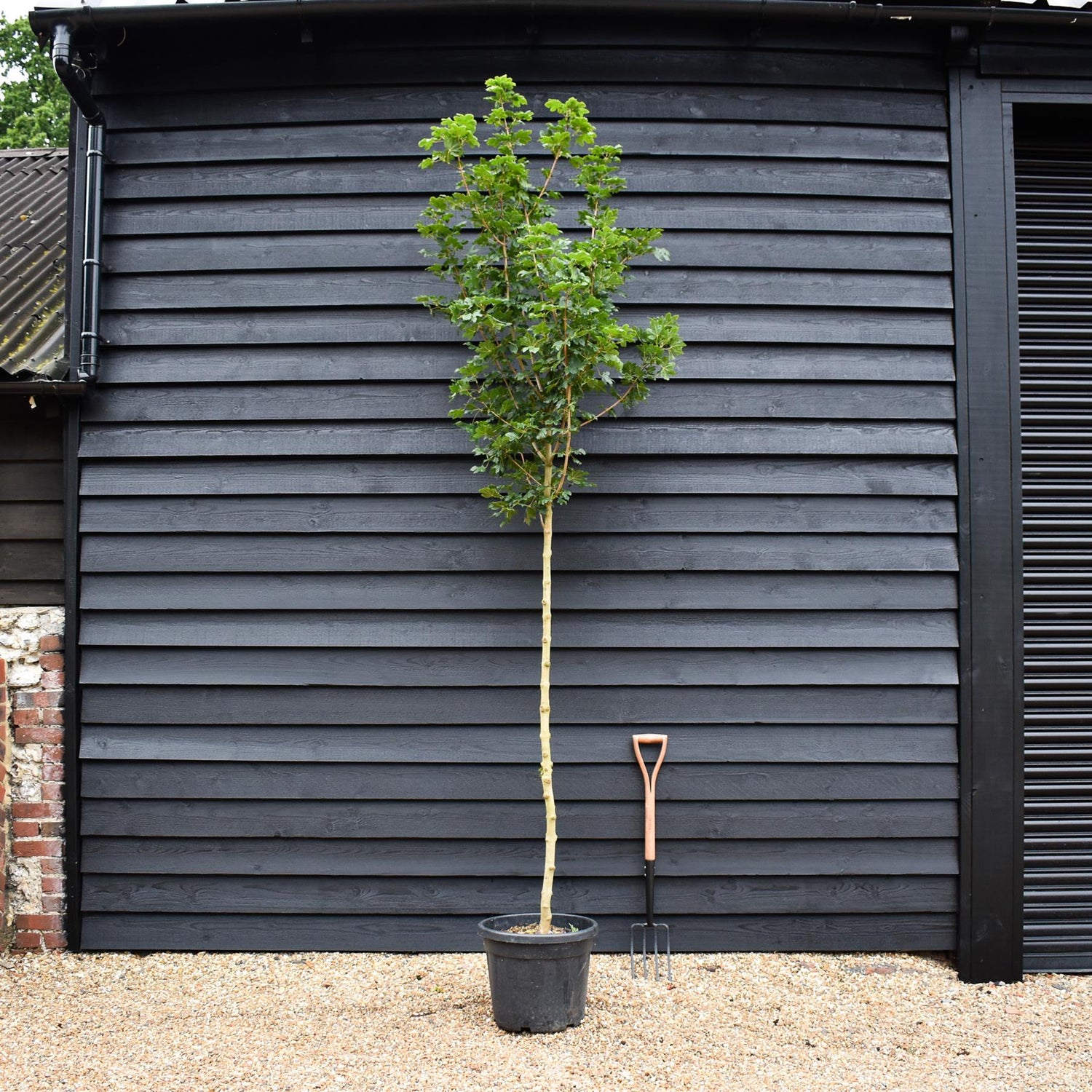
Field Maple 'Elegant' | Acer campestre - Clear Stem - Height 250-280cm - Girth 6-8cm - 40lt
£170.00
Unit price perField Maple 'Elegant' | Acer campestre - Clear Stem - Height 250-280cm - Girth 6-8cm - 40lt
£170.00
Unit price perAcer campestre 'Elegant' is a refined, compact cultivar of the field maple, perfect for urban landscapes and smaller gardens. Growing to a height of approximately 7 to 10 meters with a spread of 4 to 6 meters, it has a naturally upright, symmetrical form that requires minimal pruning. Its fresh green, lobed leaves create a soft, attractive canopy through spring and summer, turning warm golden-yellow in autumn. 'Elegant' is highly tolerant of drought, pollution, and compacted soils, making it an ideal choice for streetscapes, parks, and residential gardens. Hardy and adaptable, this tree offers year-round beauty with a clean, controlled shape, fitting well into formal or naturalistic designs. It also provides excellent support for local biodiversity.

Himalayan Silver Birch | Betula utilis jacquemontii - Girth 10-12cm - Height 500-600cm - 75lt
£480.00
Unit price perHimalayan Silver Birch | Betula utilis jacquemontii - Girth 10-12cm - Height 500-600cm - 75lt
£480.00
Unit price perRed Maple | Acer rubrum 'Fairview Flame' - Height 320-350cm - Girth 10-12cm - 45lt
£295.00
Unit price perRed Maple | Acer rubrum 'Fairview Flame' - Height 320-350cm - Girth 10-12cm - 45lt
£295.00
Unit price perAcer rubrum 'Fairview Flame' is a stunning selection of the red maple, prized for its brilliant, fiery autumn color and strong, uniform branching. Growing to a mature height of 12 to 15 meters with a spread of 9 to 12 meters, it forms a broadly oval to rounded crown, offering excellent shade through the warmer months. In spring, it produces small clusters of red flowers before the leaves emerge, adding early seasonal interest. The glossy green, lobed foliage turns vivid shades of red, orange, and scarlet in fall, creating a dramatic landscape display. 'Fairview Flame' thrives best in moist, well-drained soils and is adaptable to a range of urban and suburban environments. Its reliable structure, vibrant color, and adaptability make it an outstanding choice for streets, parks, and large gardens.
Purple Norway Maple | Acer platanoides 'Crimson Sentry' - Height 300-350cm - Girth 10-12cm - 50lt
£360.00
Unit price perPurple Norway Maple | Acer platanoides 'Crimson Sentry' - Height 300-350cm - Girth 10-12cm - 50lt
£360.00
Unit price perCaucasian wingnut | Pterocarya fraxinifolia - Height 220-250cm - Girth 12-14cm - 45lt
£260.00
Unit price perCaucasian wingnut | Pterocarya fraxinifolia - Height 220-250cm - Girth 12-14cm - 45lt
£260.00
Unit price perPterocarya fraxinifolia, commonly known as the Caucasian wingnut, is a large, fast-growing deciduous tree prized for its bold structure and lush, tropical-looking foliage. Native to the Caucasus and northern Iran, it typically grows 20 to 30 meters tall with a wide, spreading canopy reaching 15 to 20 meters. Its elegant, pinnate leaves create a soft, feathery effect, providing dense summer shade. In late spring and summer, the tree produces striking, long, hanging catkins that develop into chains of winged seeds, adding ornamental interest. Pterocarya fraxinifolia thrives in moist, fertile soils and is ideal for parklands, large gardens, and riverside plantings. Its impressive size and distinctive appearance make it a standout feature in any expansive landscape.
Chinese Red Birch | Betula albosinensis 'Fascination' - Height 250-280cm - Girth 6-8cm - 45lt
£195.00
Unit price perChinese Red Birch | Betula albosinensis 'Fascination' - Height 250-280cm - Girth 6-8cm - 45lt
£195.00
Unit price perJapanese Weeping cherry Sakura | Prunus 'Kiku-shidare-zakura' - Height 220-280cm - Girth 10-12m - 40lt
£175.00
Unit price perJapanese Weeping cherry Sakura | Prunus 'Kiku-shidare-zakura' - Height 220-280cm - Girth 10-12m - 40lt
£175.00
Unit price perPyramid Sliver Maple | Acer saccharinum Pyramidale - Clear Stem - Height 320-350m - Girth 10-12cm - 45lt
£295.00
Unit price perPyramid Sliver Maple | Acer saccharinum Pyramidale - Clear Stem - Height 320-350m - Girth 10-12cm - 45lt
£295.00
Unit price perAcer saccharinum 'Pyramidale', also known as the Pyramid Silver Maple, is a striking, fast-growing deciduous tree known for its strong, upright form and elegant foliage. Reaching a mature height of 20 to 25 meters with a spread of 10 to 15 meters, it forms a tall, narrowly oval canopy, making it ideal for spaces needing vertical emphasis. Its deeply lobed green leaves shimmer with silvery undersides, creating a beautiful, dynamic effect in the wind. In early spring, small red flowers appear before the leaves, offering subtle seasonal interest. 'Pyramidale' thrives in a wide range of soils, including wetter areas, and is highly adaptable to urban conditions. It provides quick shade, adds architectural interest, and brings year-round texture and movement to landscapes and parks.
Turkey oak | Quercus cerris - Height 300-350cm - Girth 10-12cm - 45lt
£345.00
Unit price perTurkey oak | Quercus cerris - Height 300-350cm - Girth 10-12cm - 45lt
£345.00
Unit price perQuercus cerris, commonly known as the Turkey oak, is a robust and fast-growing deciduous tree native to southeastern Europe and Asia Minor. It is widely cultivated across Europe for its adaptability and ornamental value. The tree features deeply lobed, glossy green leaves that often persist into winter, and rough, deeply fissured bark that adds texture and character. One of its most distinctive features is its acorns, which are enclosed in a spiky, moss-like cup, giving the tree a unique appearance in autumn. Turkey oak can reach heights of 65 to 100 feet, making it suitable for large landscapes, parks, and avenues. It grows well in a variety of soils, including poor or dry conditions, and tolerates urban environments and pollution. While not native to the UK, it has been widely planted there since the 18th century. Quercus cerris also provides valuable habitat and food for wildlife, supporting biodiversity.
Red Maple | Acer rubrum 'Autumn Flame' - Clear Stem - Height 320-350cm - Girth 8-10cm - 40lt
£295.00
Unit price perRed Maple | Acer rubrum 'Autumn Flame' - Clear Stem - Height 320-350cm - Girth 8-10cm - 40lt
£295.00
Unit price perAcer rubrum 'Autumn Flame' is a striking, fast-growing deciduous tree prized for its brilliant early fall color and dense, rounded crown. Reaching a mature height of 40 to 60 feet with a spread of 30 to 50 feet, this cultivar is ideal for providing shade and visual interest in residential landscapes or larger open spaces. Its standout feature is the vivid scarlet-red foliage that develops earlier in the season than most other red maples, adding a burst of fiery color to the autumn landscape.
'Autumn Flame' is a male (sterile) selection, which means it produces no messy seeds, making it a low-maintenance choice for homeowners. It thrives in full sun to partial shade and prefers moist, well-drained, slightly acidic soils, although it is adaptable to a range of growing conditions. Tolerant of urban environments and compacted soils, this tree offers year-round beauty, with attractive gray bark and lush green summer foliage.
Caucasian wingnut | Pterocarya fraxinifolia - Height 220-250cm - Girth 12-14cm - 45lt
£150.00
Unit price perCaucasian wingnut | Pterocarya fraxinifolia - Height 220-250cm - Girth 12-14cm - 45lt
£150.00
Unit price perPterocarya fraxinifolia, commonly known as the Caucasian wingnut, is a large, fast-growing deciduous tree prized for its bold structure and lush, tropical-looking foliage. Native to the Caucasus and northern Iran, it typically grows 20 to 30 meters tall with a wide, spreading canopy reaching 15 to 20 meters. Its elegant, pinnate leaves create a soft, feathery effect, providing dense summer shade. In late spring and summer, the tree produces striking, long, hanging catkins that develop into chains of winged seeds, adding ornamental interest. Pterocarya fraxinifolia thrives in moist, fertile soils and is ideal for parklands, large gardens, and riverside plantings. Its impressive size and distinctive appearance make it a standout feature in any expansive landscape.
Field Maple | Acer campestre - Clear Stem - Height 300-350cm - Girth 8-10cm - 40lt
£250.00
Unit price perField Maple | Acer campestre - Clear Stem - Height 300-350cm - Girth 8-10cm - 40lt
£250.00
Unit price perAcer campestre 'Royal Ruby' is a deciduous tree known for its vibrant seasonal foliage. In spring, it showcases striking purple-red young leaves, which mature to a deep green in summer. Come autumn, the foliage transforms into a rich golden-yellow, providing a dynamic visual display throughout the year. The tree also produces red samaras (winged seeds) in late spring, adding to its ornamental appeal .
Ashridge Trees
This cultivar typically grows to a height of 8–10 meters with a rounded, spreading habit, making it suitable for various landscape applications, including hedging and ornamental planting .
'Royal Ruby' thrives in full sun to partial shade and is adaptable to a range of soil types, including clay, loam, sand, and chalk, provided they are moist but well-drained. It is hardy across the UK and northern Europe (RHS H6 rating) and is tolerant of urban conditions, making it a resilient choice for city gardens .
Hornebean Fastigata | - Feathered - Height 300-350cm - Girth 10-12cm - 40lt
£280.00
Unit price perHornebean Fastigata | - Feathered - Height 300-350cm - Girth 10-12cm - 40lt
£280.00
Unit price perPurple-red Norway Maple | Acer platanoides 'Royal Red' - Height 320-360cm - Clear Stem - Girth 8-10cm - 45lt
£360.00
Unit price perPurple-red Norway Maple | Acer platanoides 'Royal Red' - Height 320-360cm - Clear Stem - Girth 8-10cm - 45lt
£360.00
Unit price perAcer platanoides 'Royal Red' is a bold and elegant cultivar of the Norway maple, prized for its deep, rich purple foliage that remains vibrant throughout the growing season. This slow-growing, deciduous tree typically reaches a height of 12 to 15 meters with a spread of 10 to 12 meters, forming a broad, rounded crown. Its glossy, lobed leaves provide dramatic color contrast in gardens, parks, and streetscapes. In spring, small yellow-green flowers appear before the leaves, adding subtle seasonal interest. 'Royal Red' is highly adaptable, thriving in a range of soil types and urban conditions, including pollution and drought once established. It is an excellent choice for creating a striking focal point or providing bold, long-lasting color in the landscape.
Gold Maple | Acer platanoides 'Princeton Gold' - Clear Stem - Height 300-350cm - Girth 8-10cm - 40lt
£190.00
Unit price perGold Maple | Acer platanoides 'Princeton Gold' - Clear Stem - Height 300-350cm - Girth 8-10cm - 40lt
£190.00
Unit price perPlatanus hispanica | London plane - Height 170-200cm - Girth 6-8cm - 30lt
£125.00
Unit price perPlatanus hispanica | London plane - Height 170-200cm - Girth 6-8cm - 30lt
£125.00
Unit price perPlatanus Hispanica, commonly known as the London Plane tree, is a large deciduous tree that is highly valued for its ornamental qualities and tolerance to urban environments.
This tree can reach heights of up to 100 feet and has a spreading canopy that can be up to 70 feet wide, making it an excellent choice for providing shade in parks, gardens, and other public spaces. Its leaves are large, lobed, and glossy green, turning yellow in the fall before dropping.
Platanus Hispanica is highly tolerant of pollution, drought, and heat, making it an ideal choice for urban areas where other trees may struggle to survive. It is also resistant to disease and pests, which means it requires minimal maintenance.
At the tree nursery, we offer Platanus Hispanica in a range of sizes, from saplings to mature specimens. Our trees are carefully selected and grown to ensure they are healthy and ready to thrive in any environment. With its striking appearance and hardiness, Platanus Hispanica is an excellent choice for any landscape project.
Paper Birch | Betula Papyrifera - Height 300-320cm - Girth 8-10cm - 45lt
£255.00
Unit price perPaper Birch | Betula Papyrifera - Height 300-320cm - Girth 8-10cm - 45lt
£255.00
Unit price perBetula papyrifera, commonly known as the paper birch or white birch, is a striking deciduous tree native to North America. It is best known for its distinctive white bark that peels in thin, paper-like layers, giving it a unique ornamental appeal throughout the year. This species typically grows quickly and can reach heights of 50 to 70 feet, with an open, airy canopy. Its dark green, serrated leaves turn a brilliant golden yellow in the fall, creating a beautiful seasonal display. Paper birch thrives in cool climates and is commonly found in northern forests, along streams, and in open woodlands. It prefers moist, well-drained soil and full sun but can adapt to various conditions. In addition to its aesthetic value, Betula papyrifera provides important ecological benefits, offering food and habitat for wildlife. It is also historically significant, as Indigenous peoples used its bark for canoes, containers, and writing surfaces.
River Birch 'Heritage' | Black Birch Cully | Betula Nigra - Height - 500-550cm - Girth 8-10cm - 45lt
£340.00
Unit price perRiver Birch 'Heritage' | Black Birch Cully | Betula Nigra - Height - 500-550cm - Girth 8-10cm - 45lt
£340.00
Unit price perThe Betula nigra ‘Heritage’, commonly known as the Heritage River Birch or Black Birch, is a deciduous tree native to the eastern United States. It is celebrated for its distinctive, attractive bark and robust nature, making it a popular choice for ornamental planting in the UK.
The Heritage River Birch can grow to a height of 21 metres, with a spread of 9 to 12 metres. It has a rounded to pyramidal shape when young, maturing into an irregular oval or rounded form. The leaves are simple, ovate, and serrated, displaying a vibrant green colour during the growing season, which turns a striking yellow in autumn.
One of the most notable features of the Betula nigra ‘Heritage’ is its exfoliating bark. The bark peels away in layers, revealing a patchwork of colours ranging from creamy white and pinkish-tan to reddish-brown, providing year-round visual interest. This characteristic bark makes the tree particularly attractive in winter landscapes when foliage is absent.
This cultivar is highly tolerant of various soil conditions, including wet soils, which makes it ideal for planting near water bodies or in poorly drained areas.
Betula nigra ‘Heritage’ prefers full sun to partial shade. The tree is relatively low maintenance, requiring minimal pruning and care once established. Its resilience, ornamental bark, and attractive foliage make it a desirable choice for gardens, parks, and urban landscapes.
Showing 90/196


